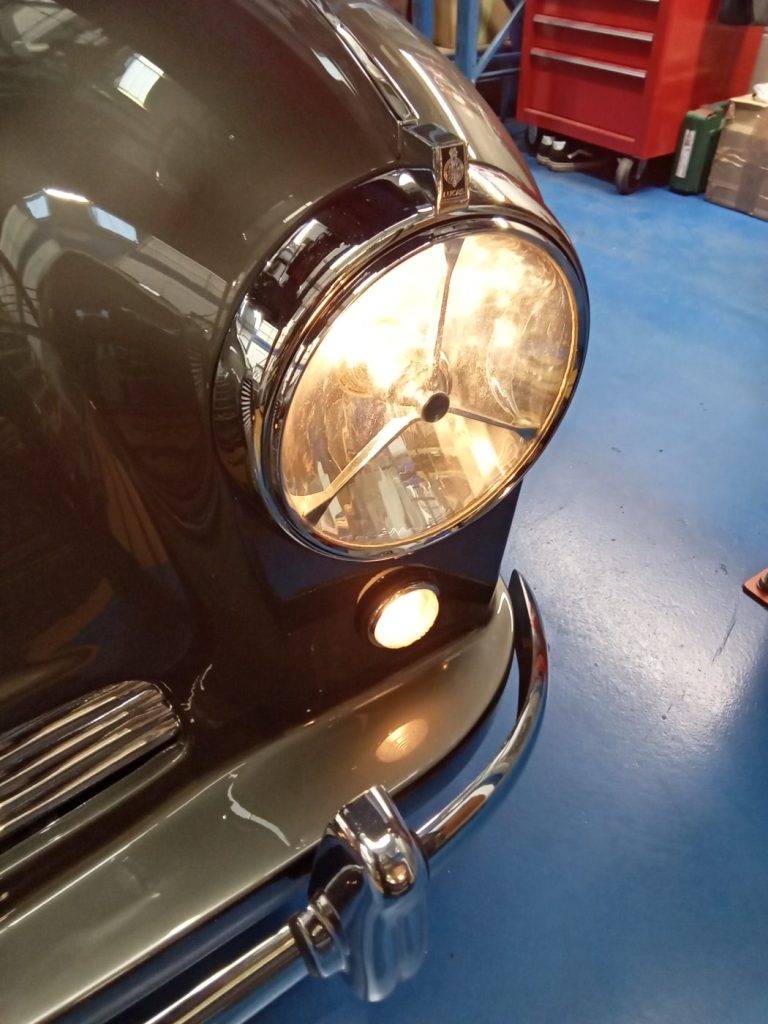
Aston DB2/4 Nearing completion
Over the last few days, the workshop team have been completing some final checks and road testing our 1955 Aston Martin DB2/4 in readiness for


Over the last few days, the workshop team have been completing some final checks and road testing our 1955 Aston Martin DB2/4 in readiness for
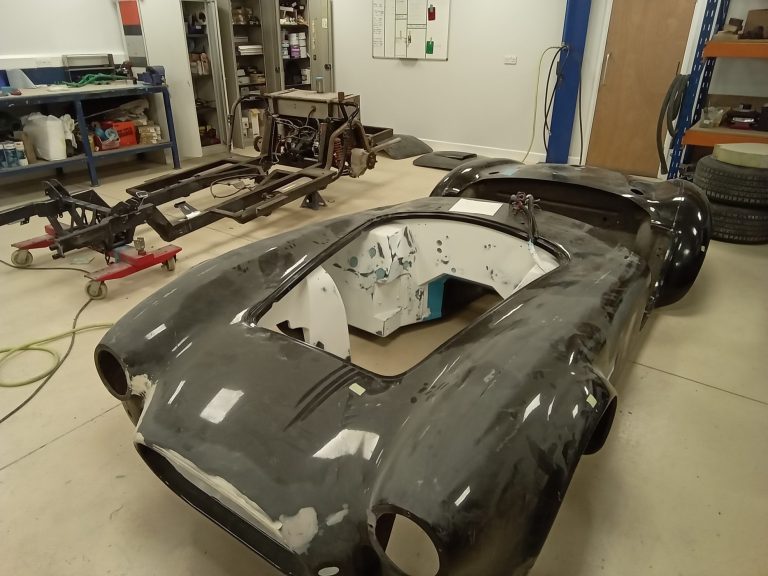
The paint and body team at our Suffolk HQ have been methodically working on separating the body from the frame of our 1975 AC Cobra

Before the lucky winner of our 2002 BMW Alpina B10 V8S arrived at the Bridge Classic Cars workshop to pick up his new car, Jonn
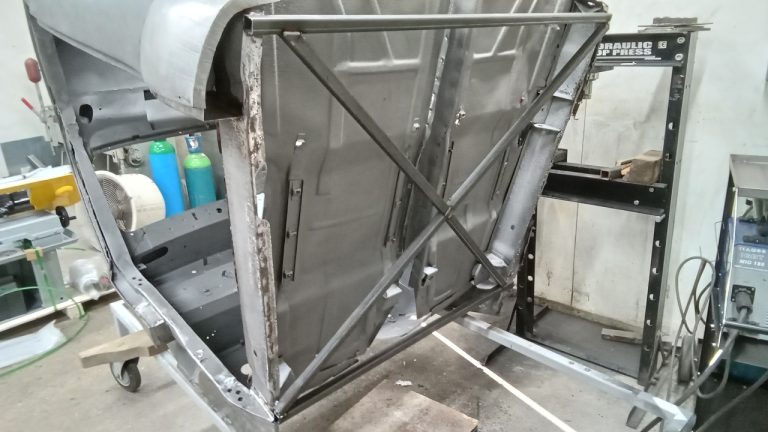
As our 1951 Austin Devon Pickup has continued its stay in the Bridge Classic Cars fabrication bay, Chris has been fitting up the cab lower
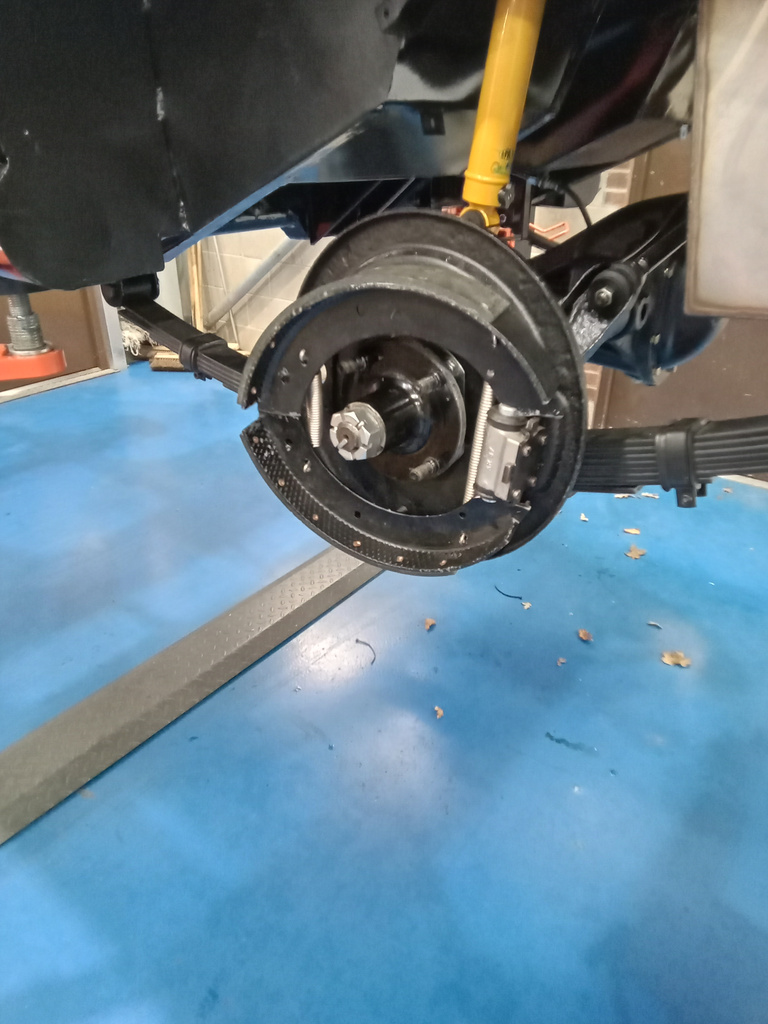
Classic car technician Paul has been continuing his work on our 1956 Jensen 541. He has fitted the brake pipes and rear shoes as well

There’s been some incredible progress on our 1905 Riley 9hp in recent weeks. Recently, the team here at the Bridge Classic Cars HQ have been

Our 1955 Aston Martin DB2/4 has been getting a lot of attention lately. The stripped chassis has been sent off to the sandblasters. Before it
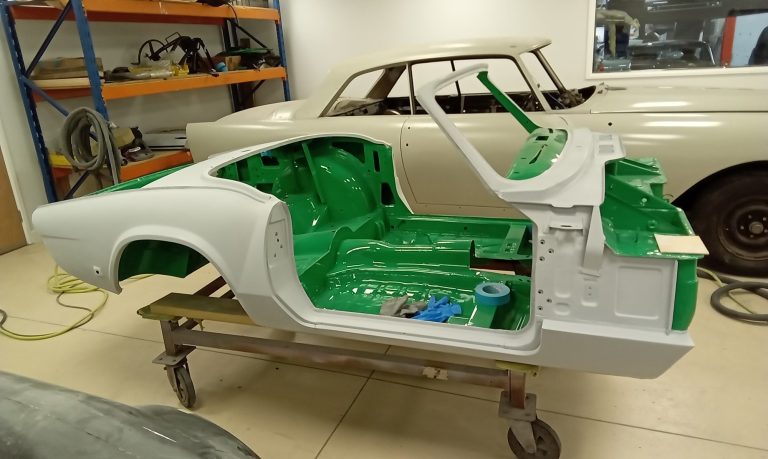
The paint team here at Bridge Classic Cars have been preparing the body of our 1976 Triumph Spitfire for the next phase of its restoration
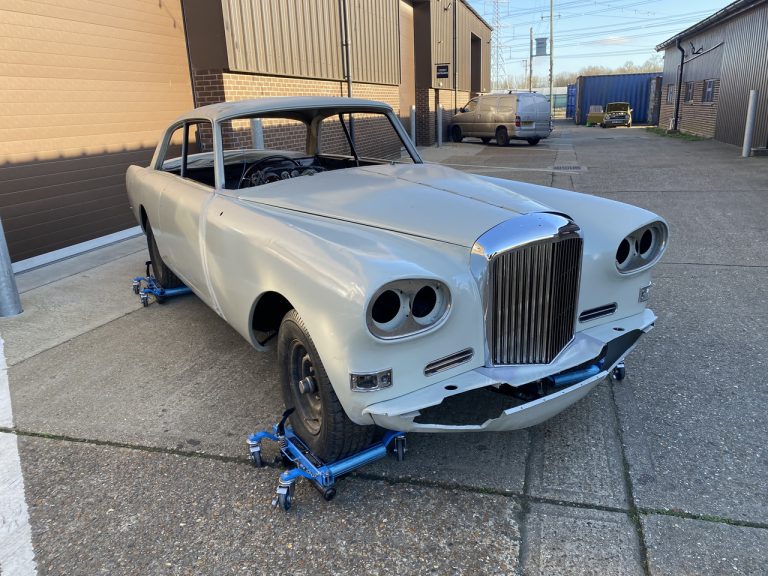
Our 1963 Bentley S3 has recently returned to the Bridge Classic Cars workshop. As you can see, from the photos below, it now looks very
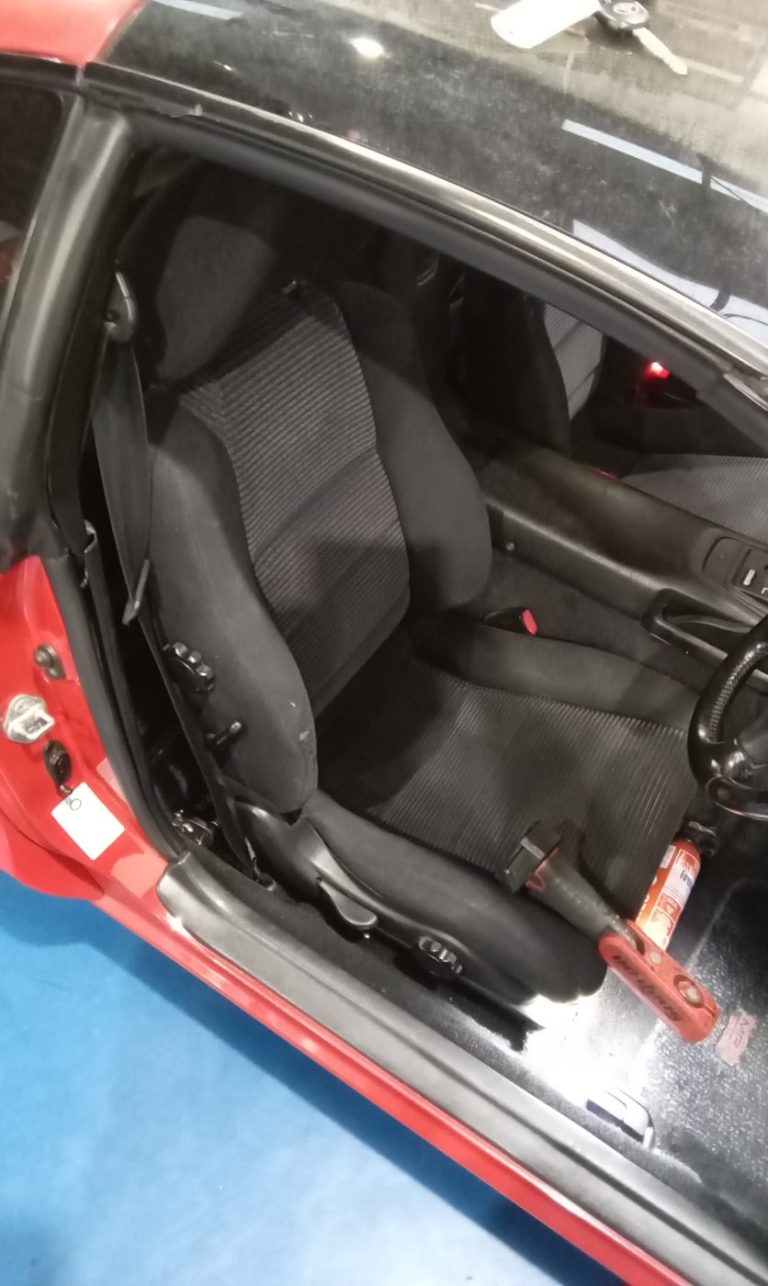
The trim team have been working on repairing the drivers seat to the 1992 Toyota MR2 which is currently in our Pettistree workshops. Lydia worked
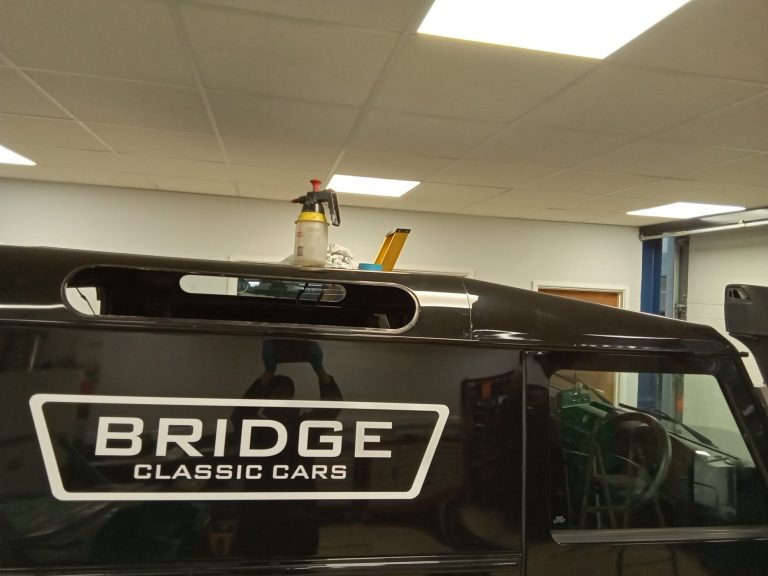
The Bridge Classic Cars Defender has been having some work completed recently. Lydia sanded off the sharp edges of the rear bench to avoid any
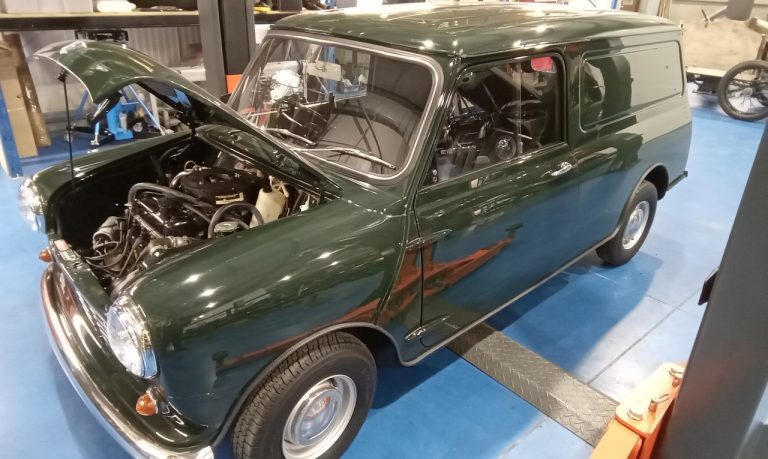
Jon has been carrying out the inspection of our 1974 Mini 850 Van. He began by topping up engine oil and screenwash in washer bottle,

Our 1963 Vauxhall Victor recently went live on the Bridge Classic Cars Competitions website. As it is scheduled to be won very soon, Jonn has

Our 1992 Toyota MR2 has been in the skilled hands of classic car technician Jonn. After he removed the driver’s seat for repair, Jonn disconnected

Tony wore his transport hat this morning as he carried the stunning Clio 2.0 16v Sport from one side of Suffolk to another. Normally our
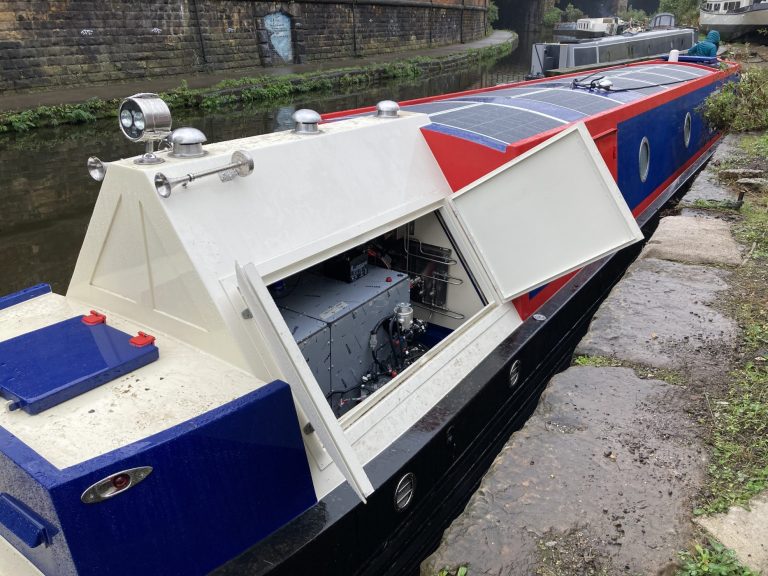
Bramble Energy have recently achieved what will likely to a history-defining moment in the marine world, with the launch of the world’s first hydrogen-electric boat,
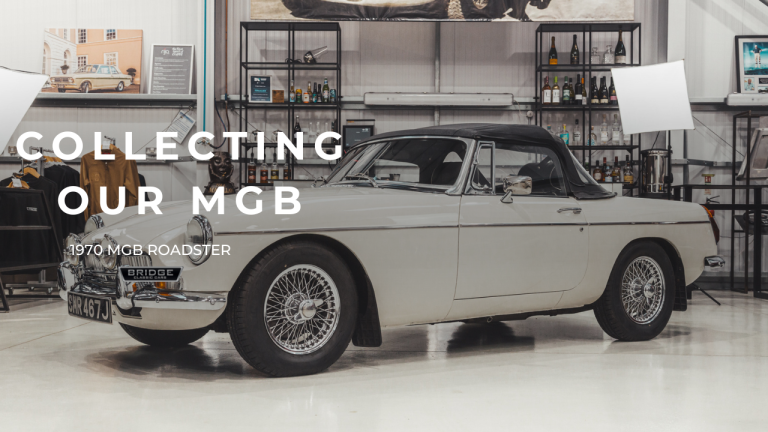
Towards the end of our New Year’s Car Meet, we handed our 1970 MGB Roadster back to its owners. After spending some time in the
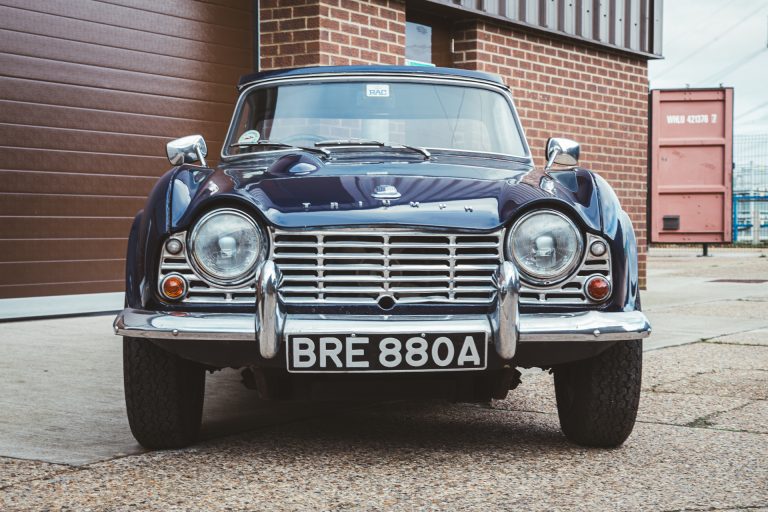
Our 1964 Triumph TR4 has recently arrived at the Bridge Classic Cars workshop. This is one of the latest classics to come to us for
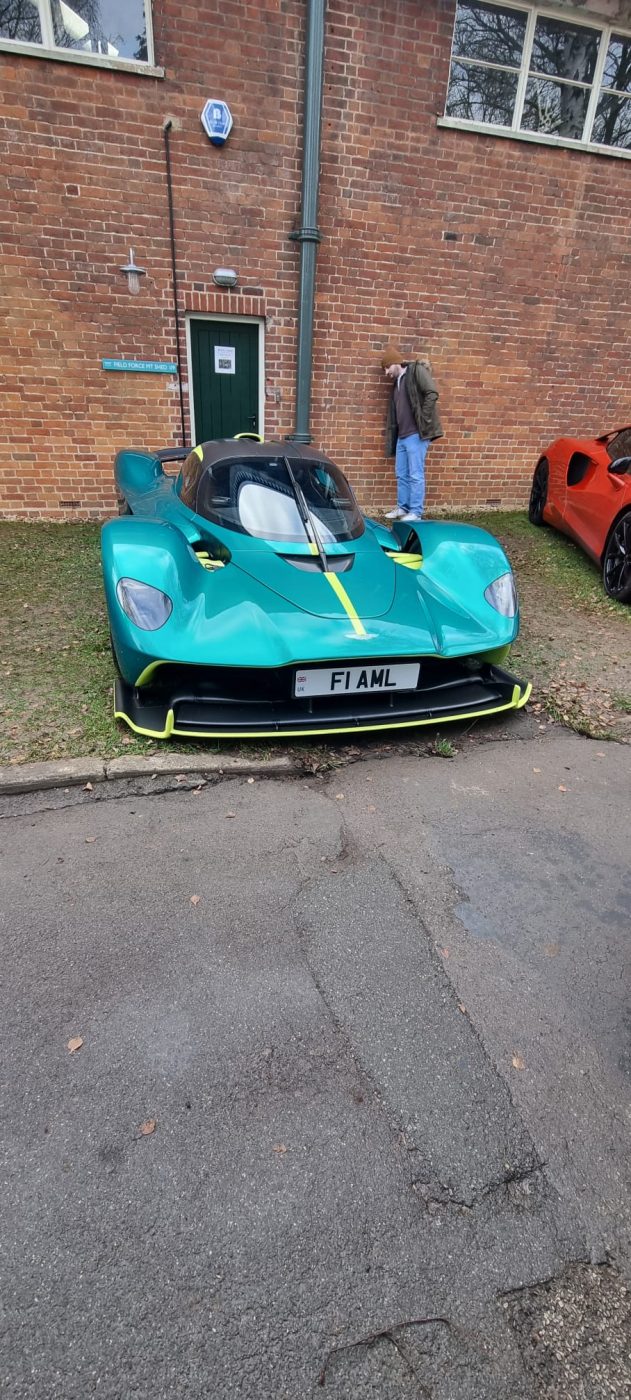
Bicester Heritage held its first Scramble of 2024 with a sell-out event on Sunday, January 7th. More than 6500 people attended, despite the cold weather,
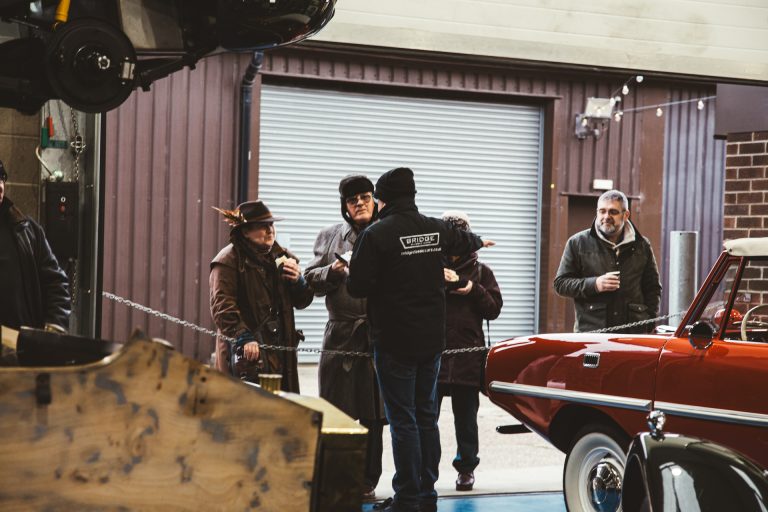
Thank you to all of you who turned out to attend our New Year’s Car Meet on Sunday, it was a cold but dry morning
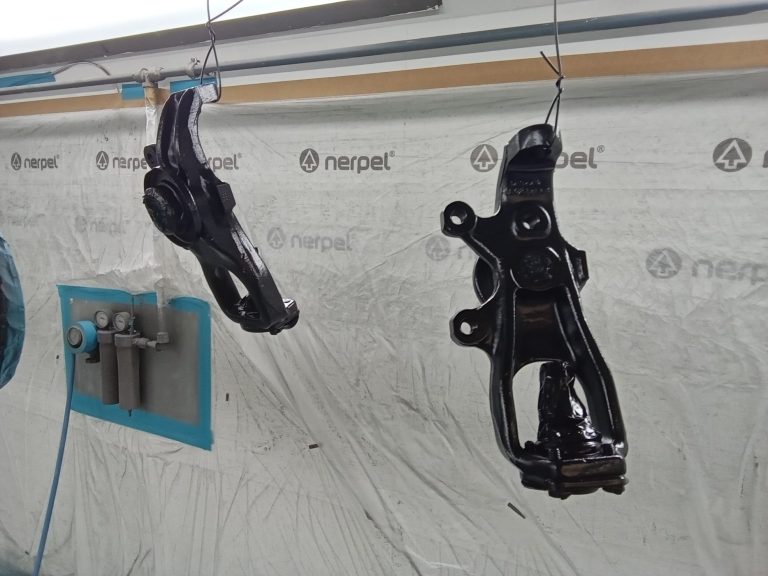
Mauro has been painting various parts of our 1975 Cobra Replica in black.

Jonn has been preparing our 1963 Vauxhall Victor for its launch on Bridge Classic Cars Competitions. After getting it into the workshop, Jonn continued his

It played an important role in many young petrolheads lives. Whether it be watching the roads pass by from the comfort of the bench back

John has been cleaning the overspray and grease and oil off the wiring loom of our 1987 Mercedes 500 SL. He then started routing wiring

Our 1969 MGC GT has been in the Bridge Classic Cars paintshop with Chris. He rubbed down the primer on the car before moving it
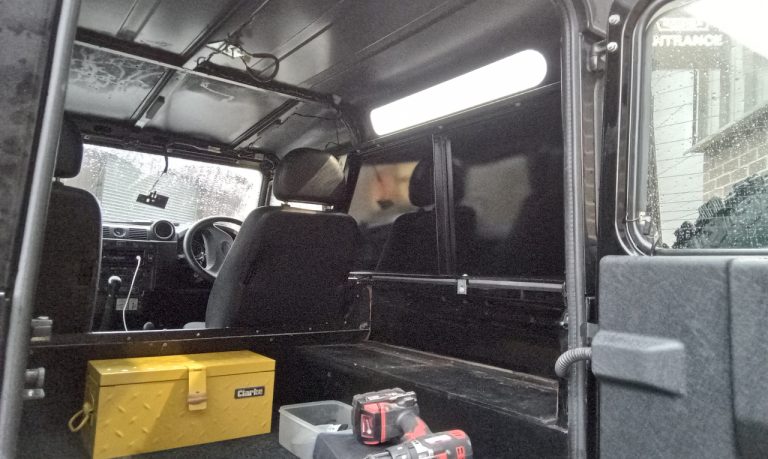
Lydia removed the interior panels of our 2010 Land Rover Defender. The roof had to be removed for some bodywork to take place and the
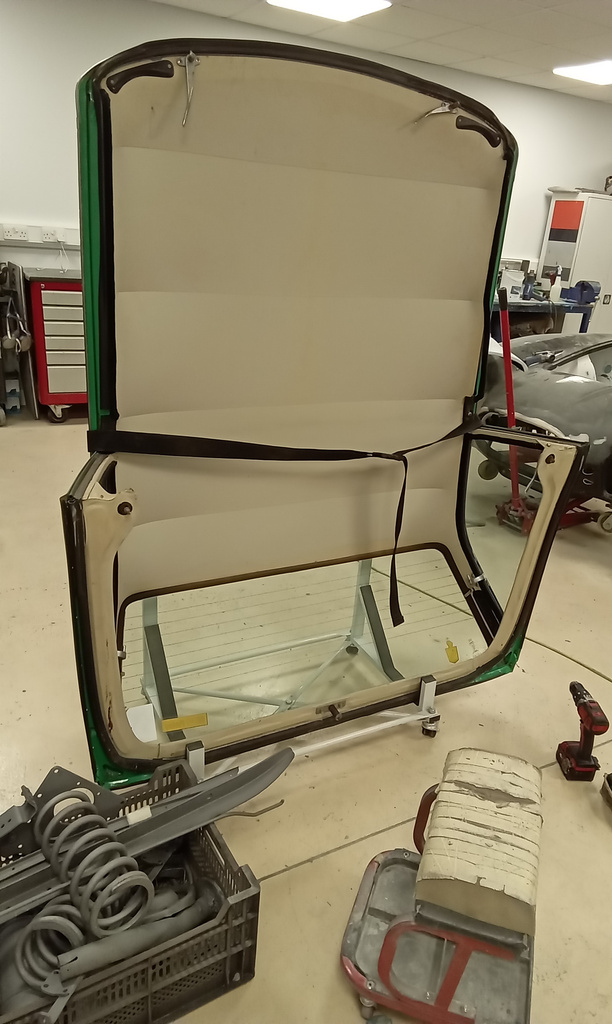
recently, Lydia spent some time stripping the headlining and internal parts off the hard top for our 1978 Triumph Stag. Firstly, she removed all rubber
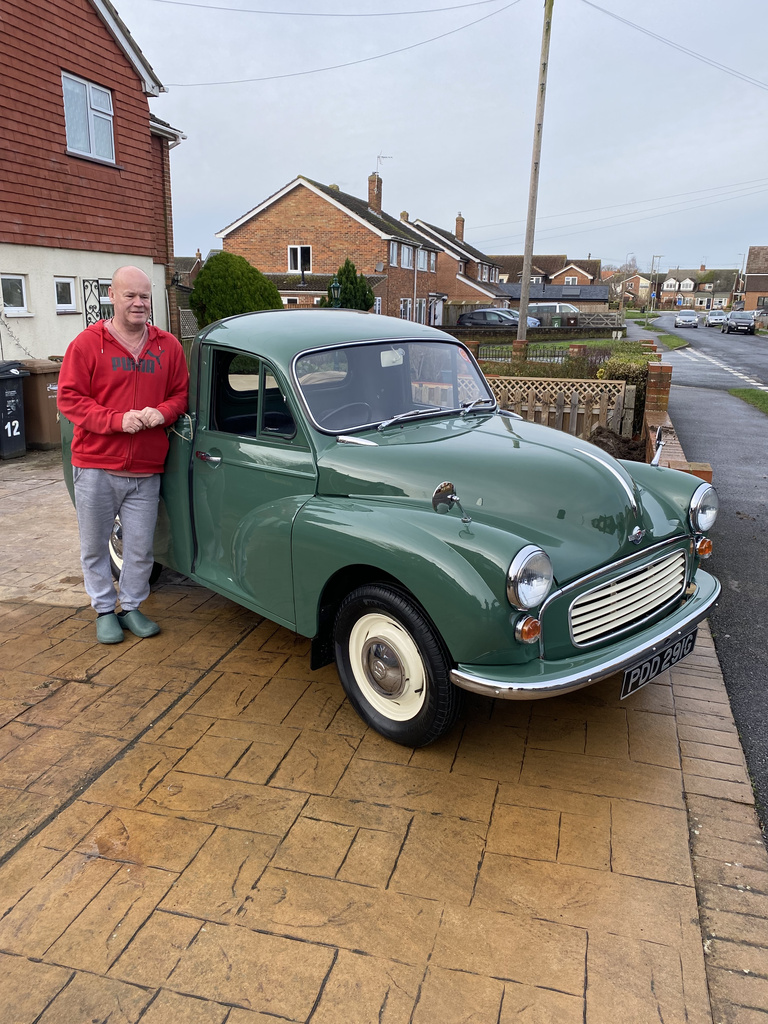
Lucky winner, Mike Bartlett, was delighted when he accepted the delivery of his 1968 Morris 1000 Pickup. After being drawn as the winner on the
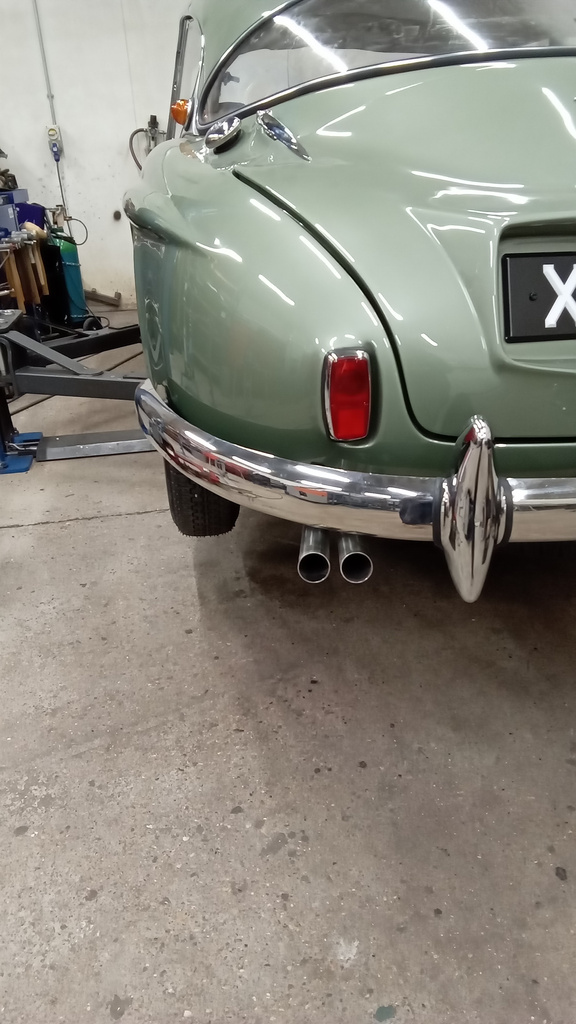
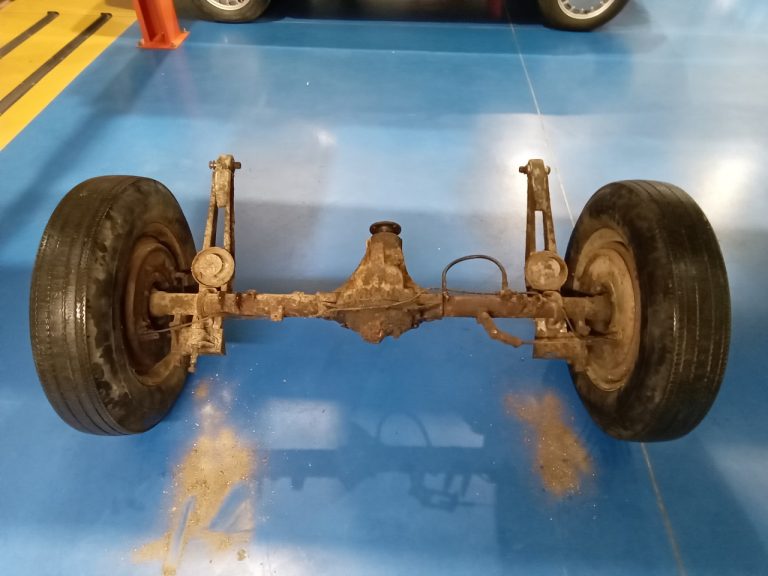
Last week, James started to strip the running gear down of our 1953 Aston Martin DB2/4 for refurbishment. The axles have been broken down into
Over the last few days, the workshop team have been completing some final checks and road testing our 1955 Aston Martin DB2/4 in readiness for completion and hand back to the customer.
The lights have been checked and set, all levels checked and topped up, and road tested with small adjustments and checks each time. Technician James fixed a small fuel leak on one of the carburettors, checked all the bolts for tightness, and removed the speedo head for calibration to ensure its accuracy.
The bump stops for the bonnet have been renewed and the brakes re-adjusted after bedding them in.

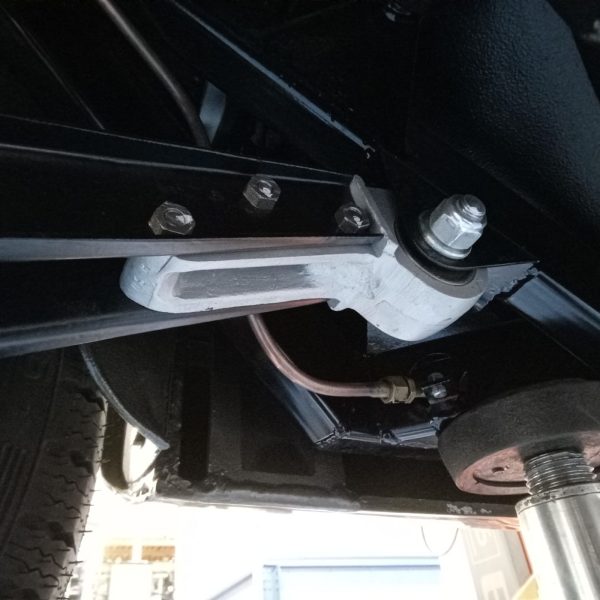

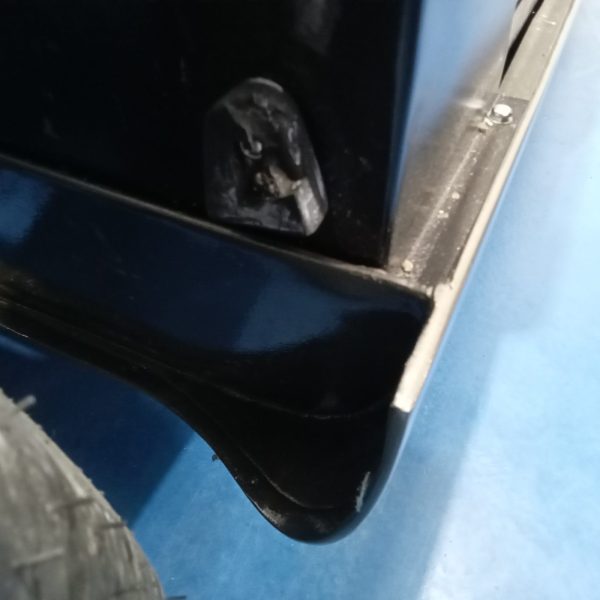

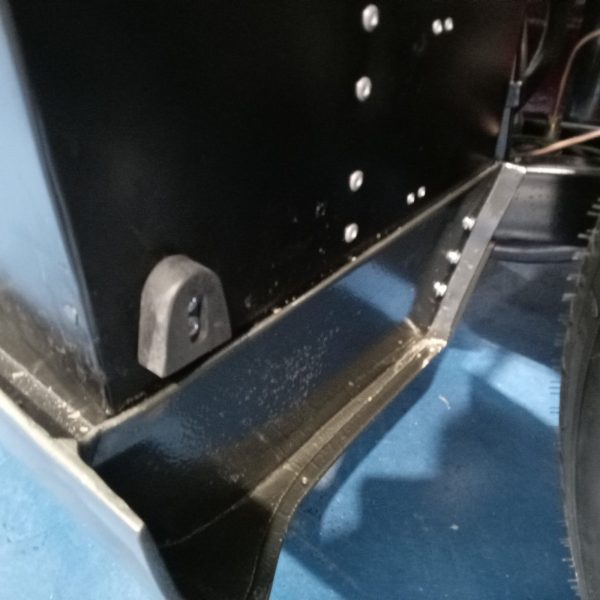
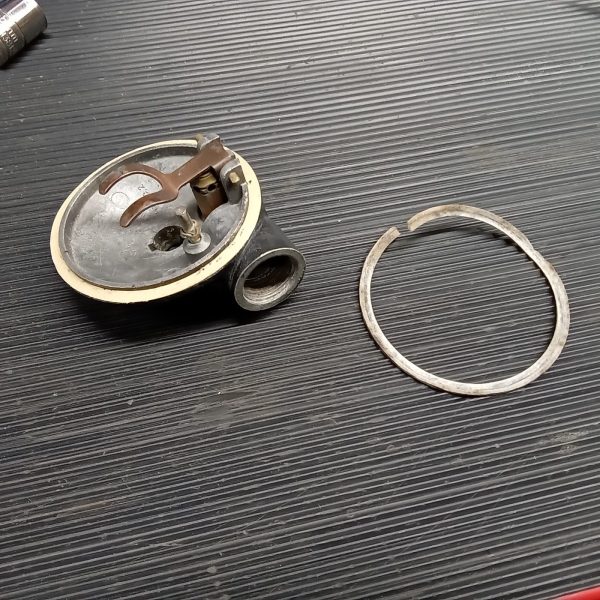
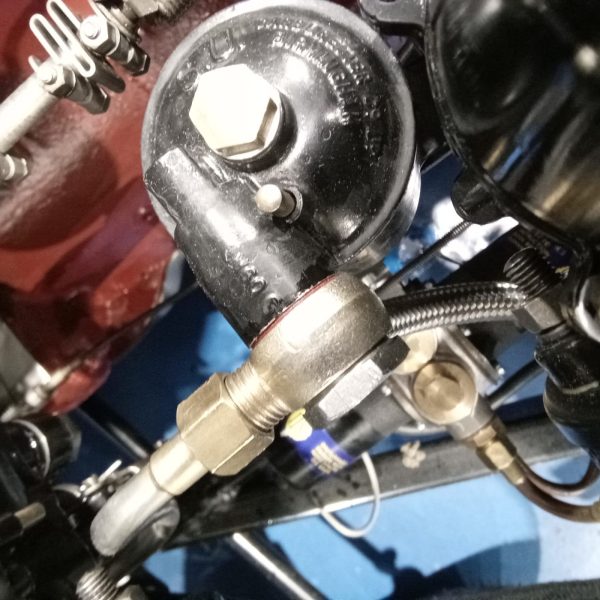

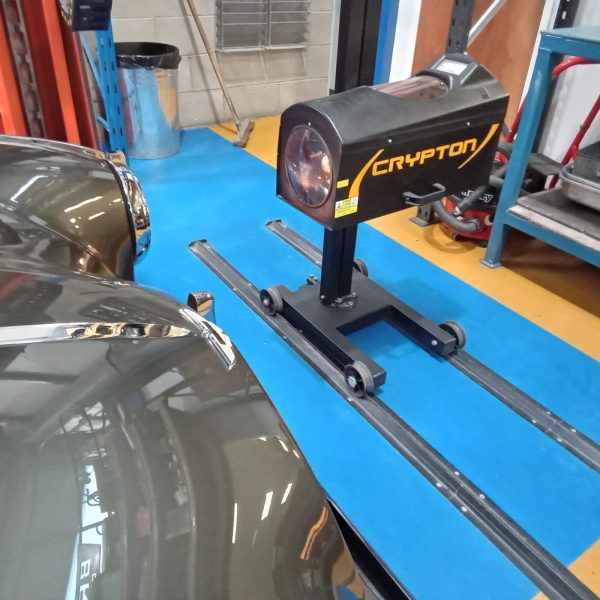
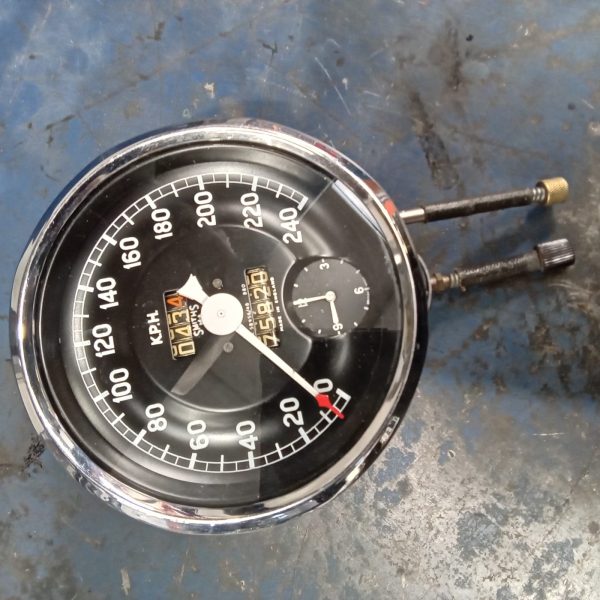
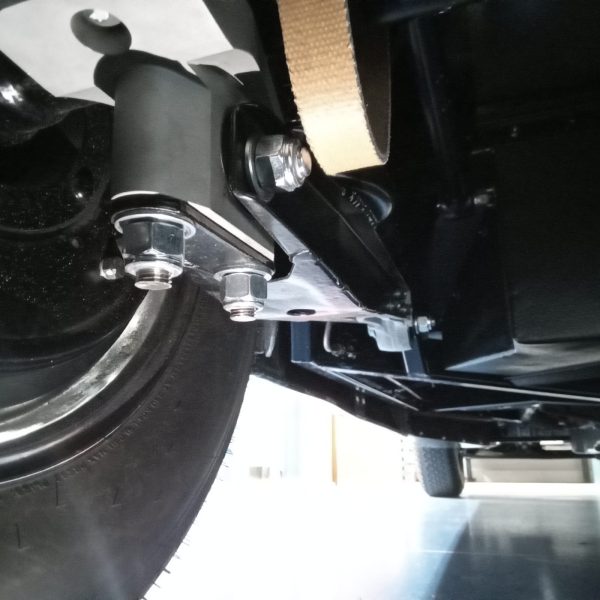
The paint and body team at our Suffolk HQ have been methodically working on separating the body from the frame of our 1975 AC Cobra Replica.
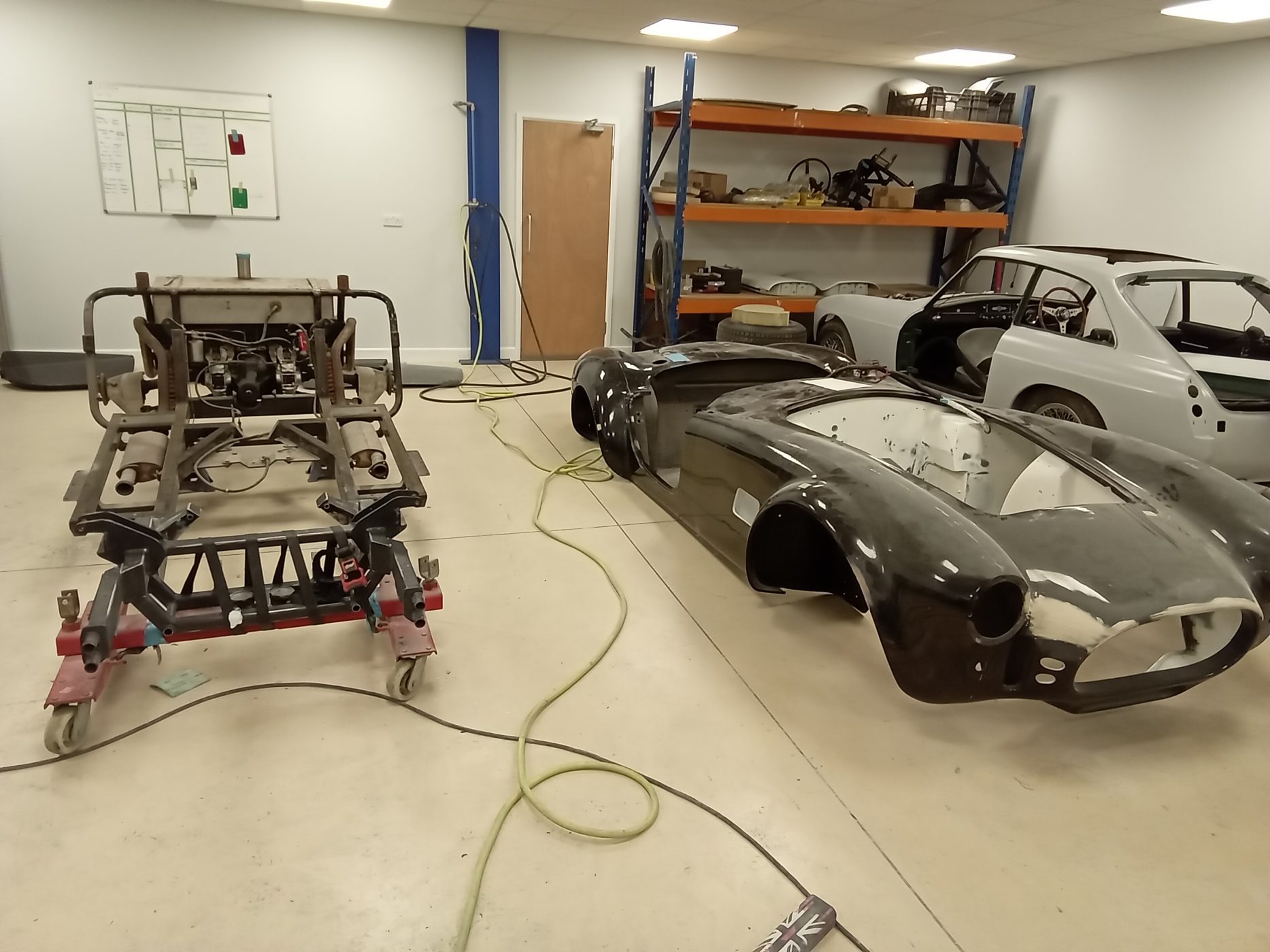
The team have to be incredibly careful with this process on any car, but cars with fibreglass bodies take extra attention due to the nature of the material snapping/shattering if bound up on any fixings. With this in mind, our technician Mauro went through every inch of the car to make sure that nothing was still connected before a team of technicians separated the body from the frame of the famous replica roadster.
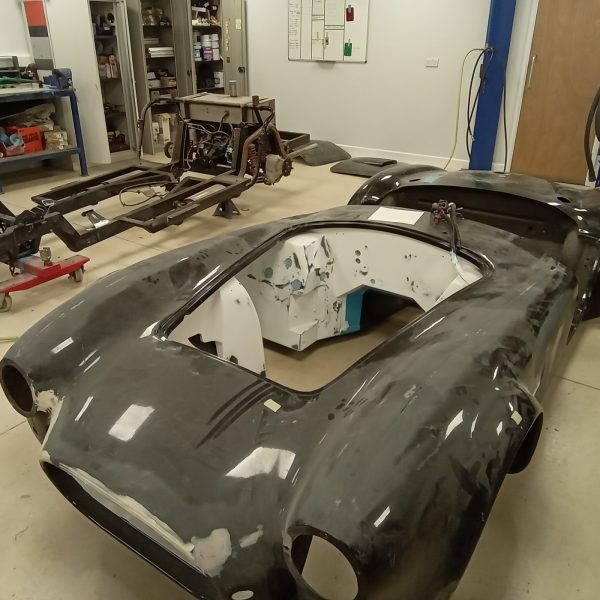

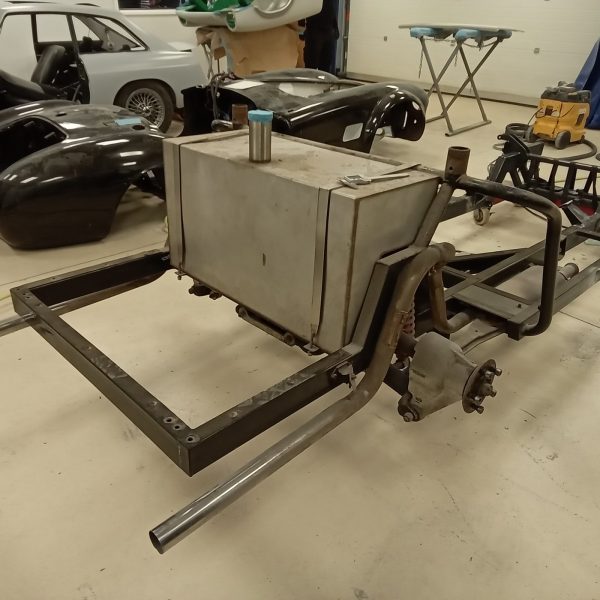
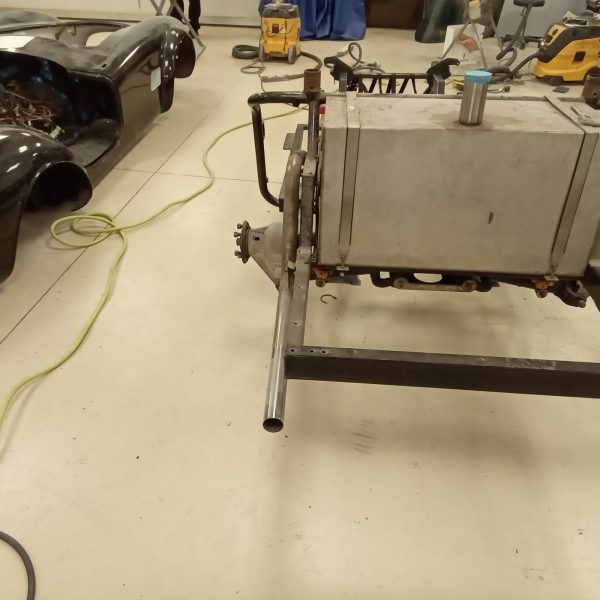
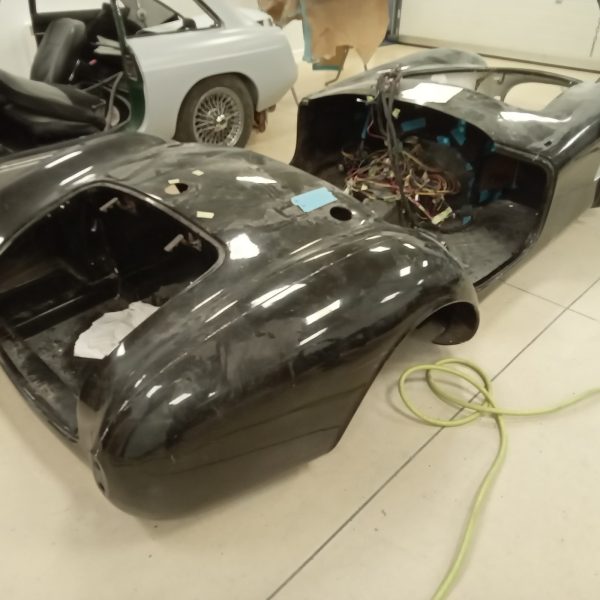


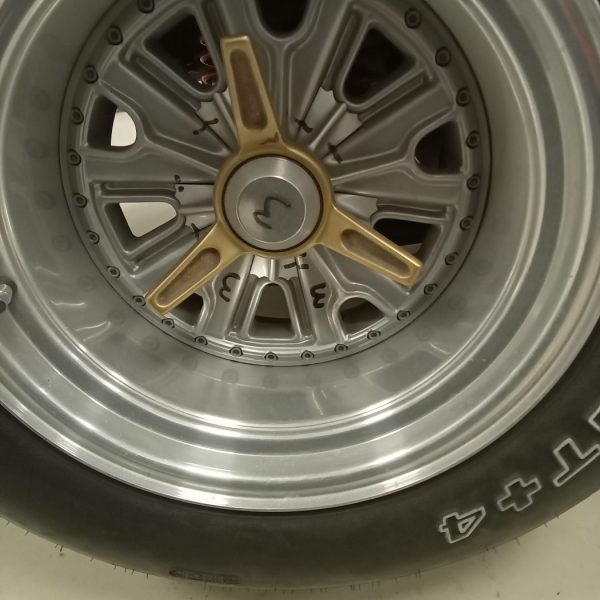
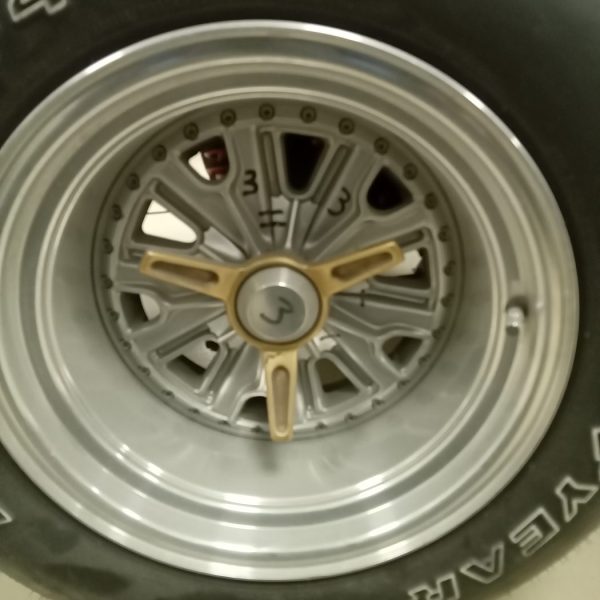
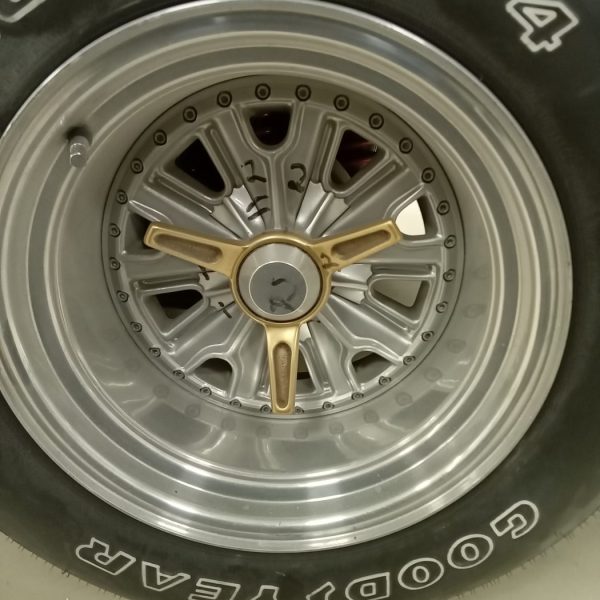
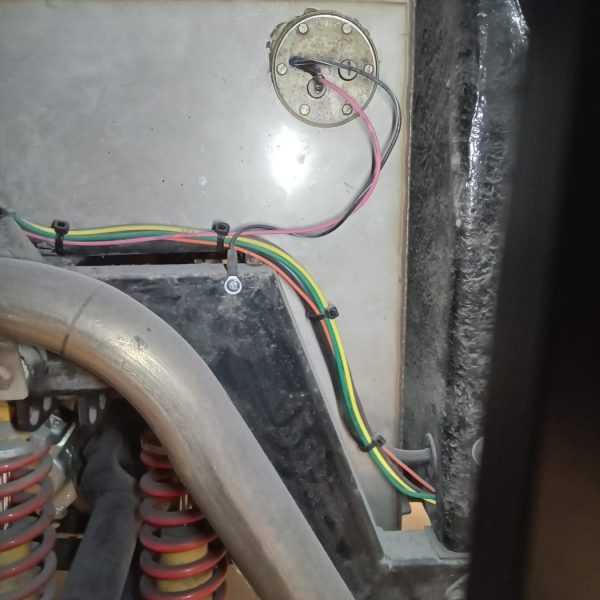
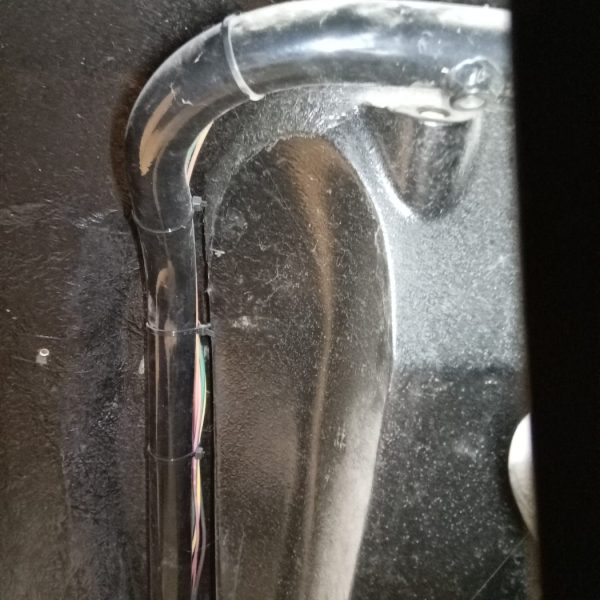

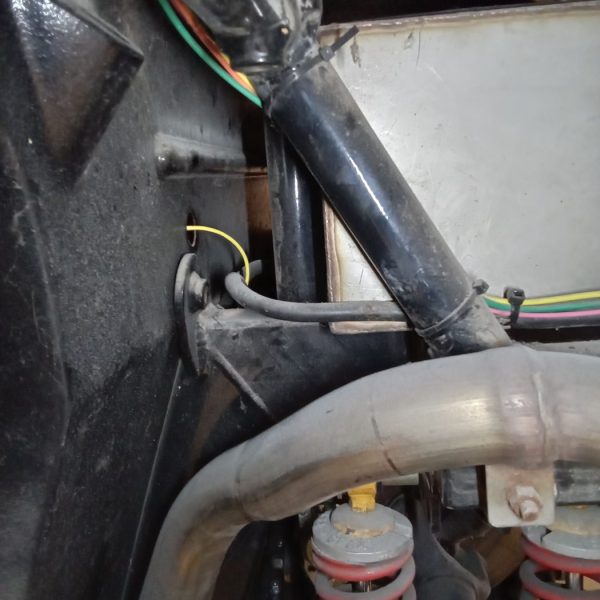
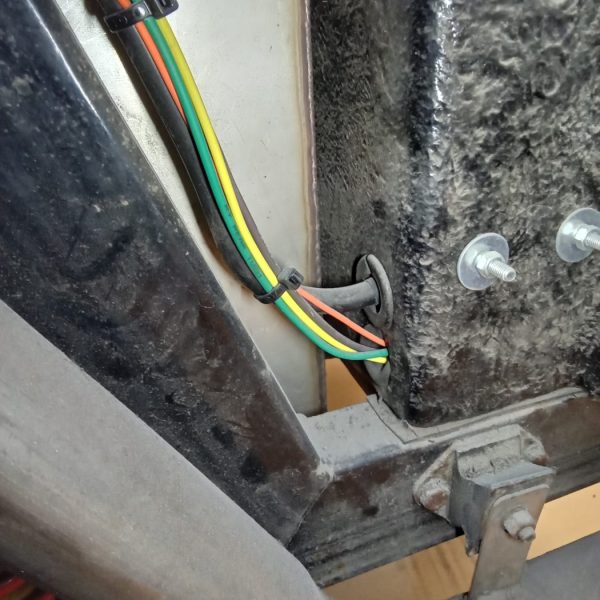
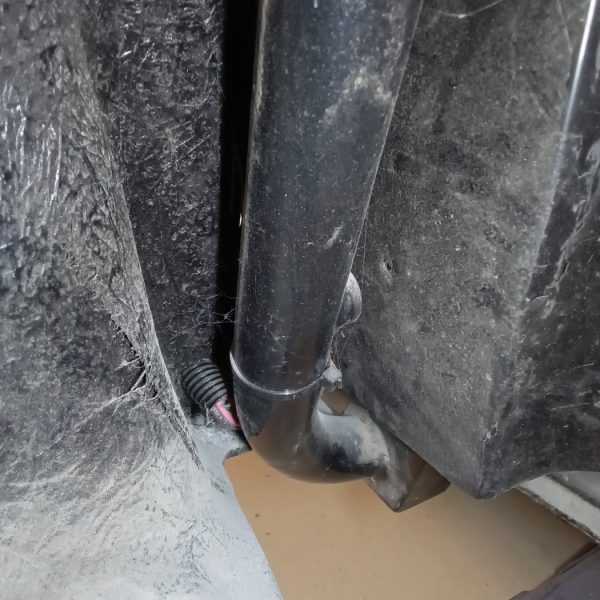

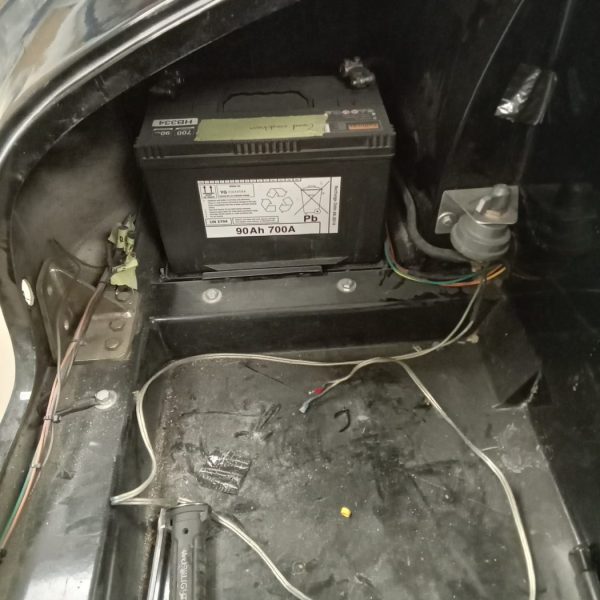
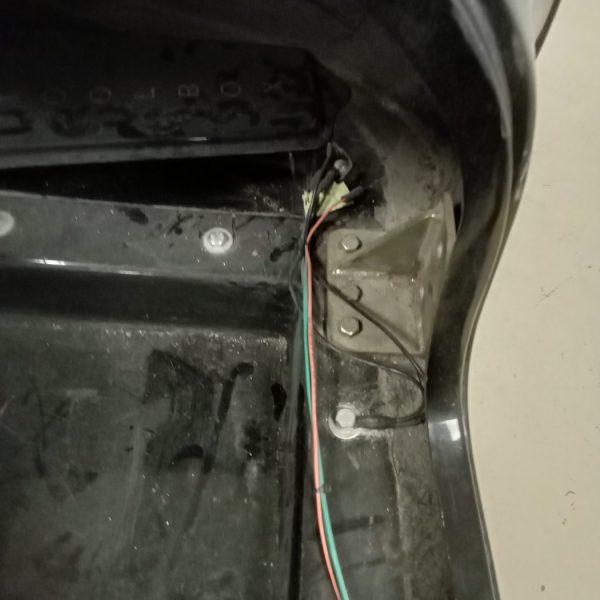

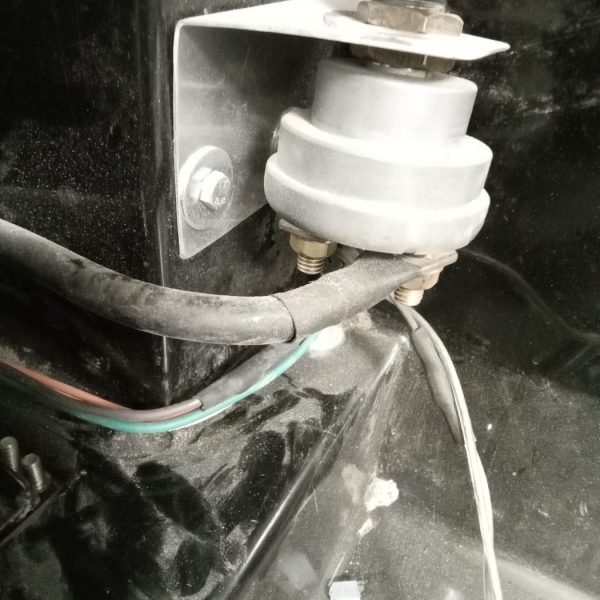

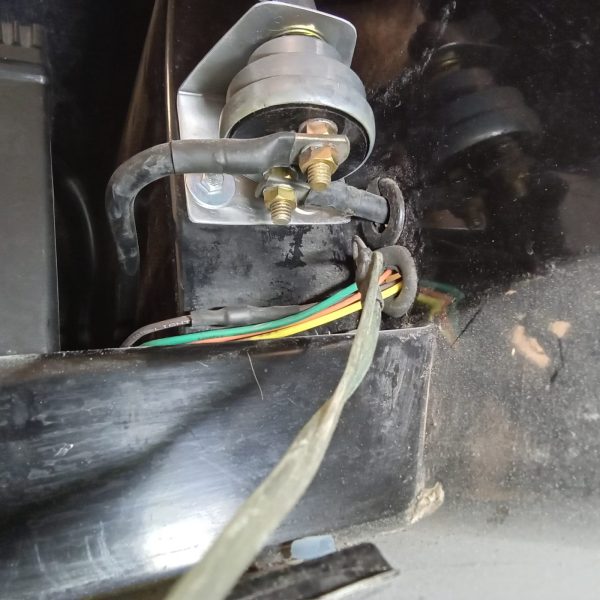
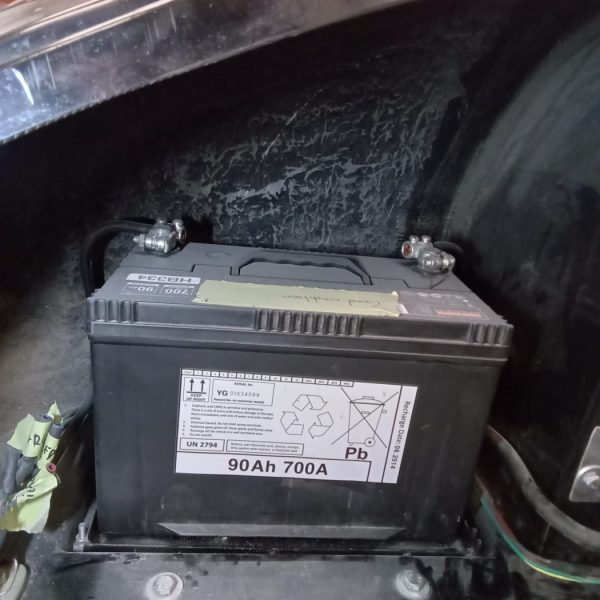
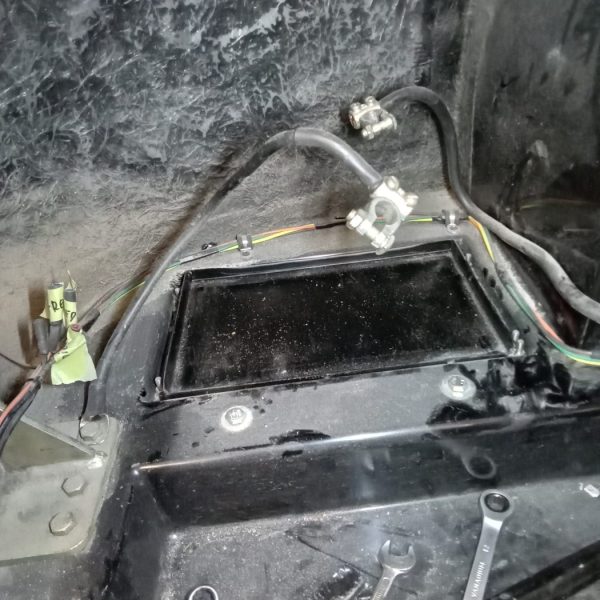
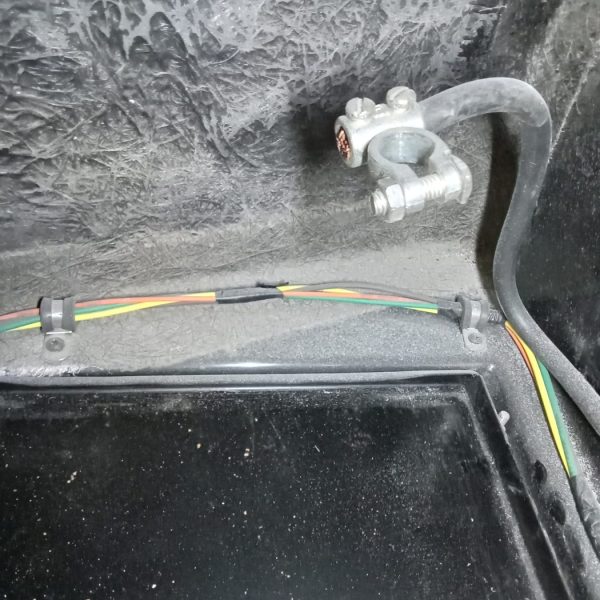
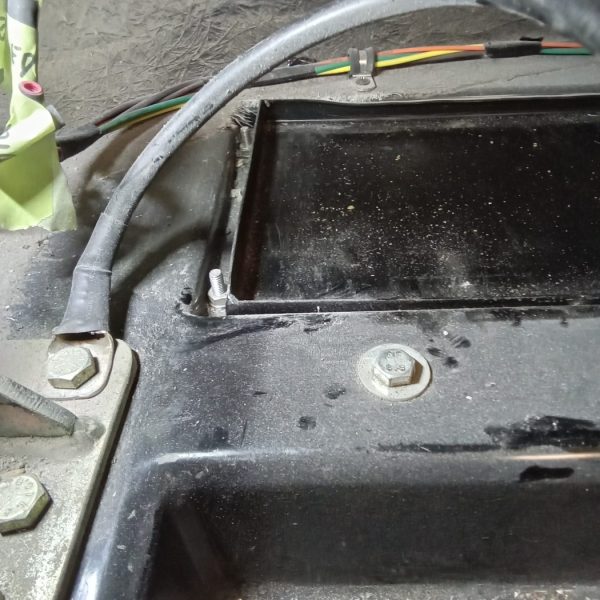
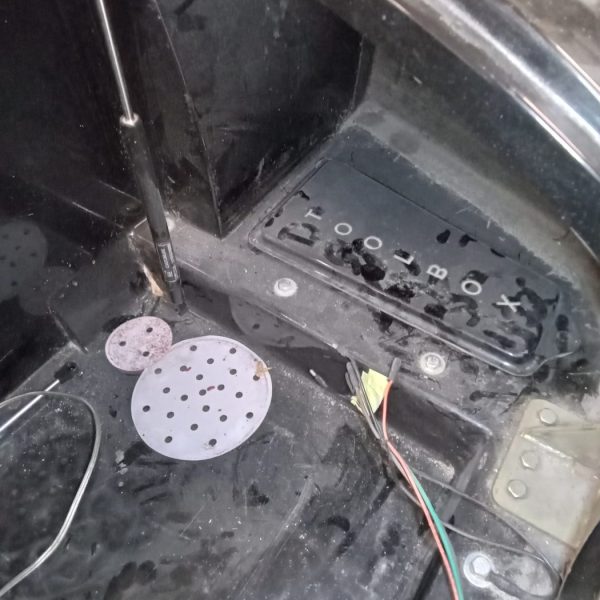

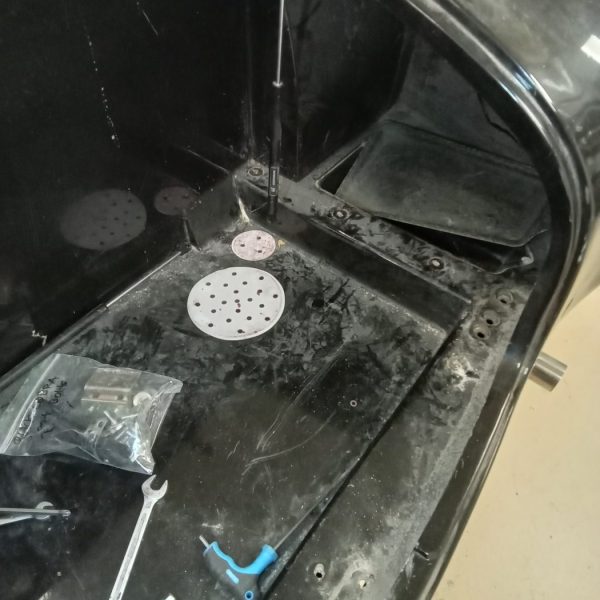
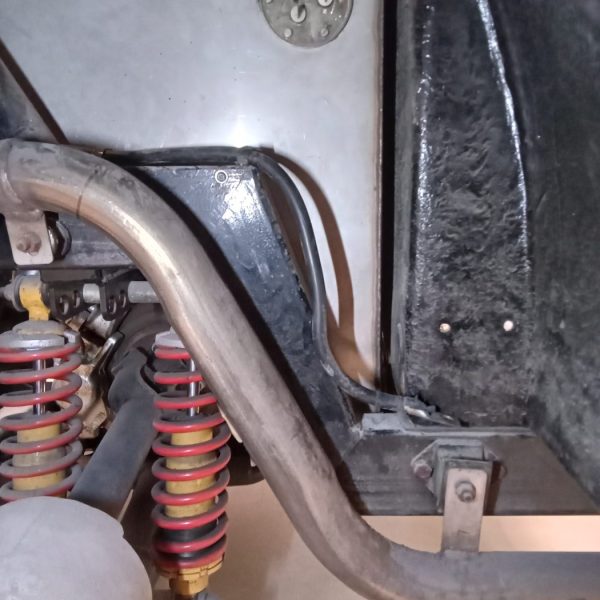
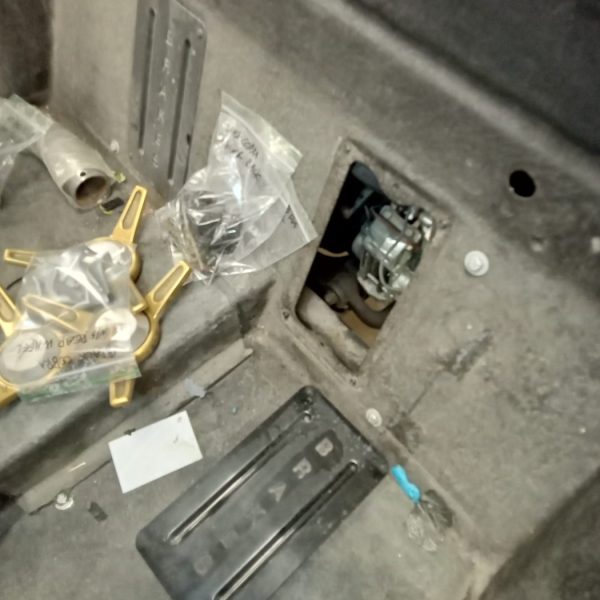

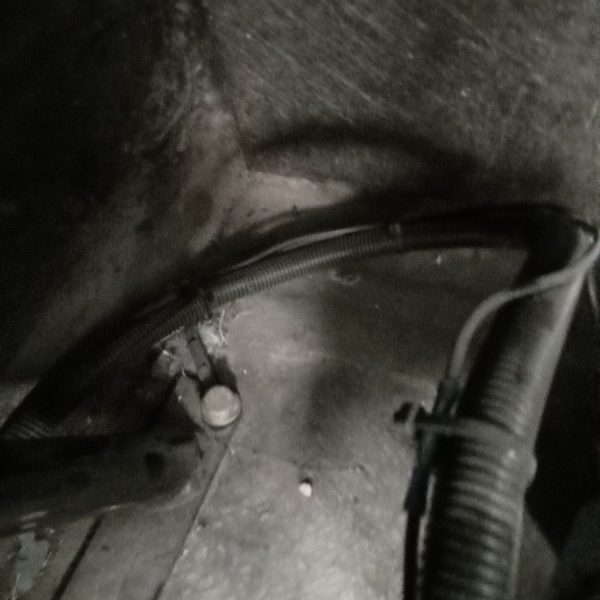

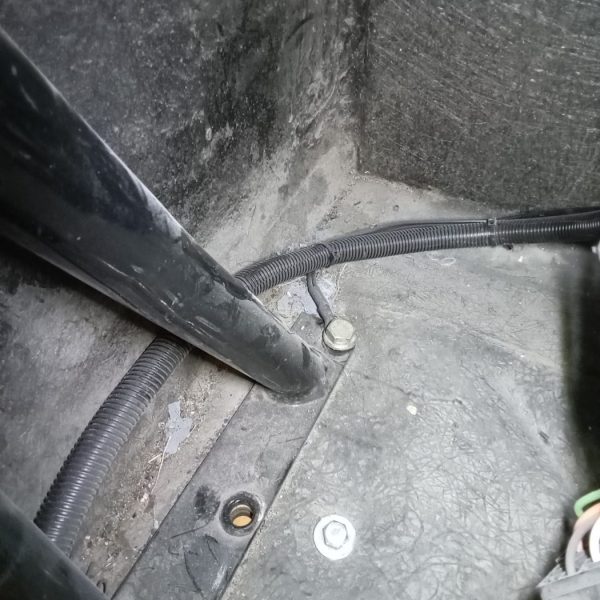
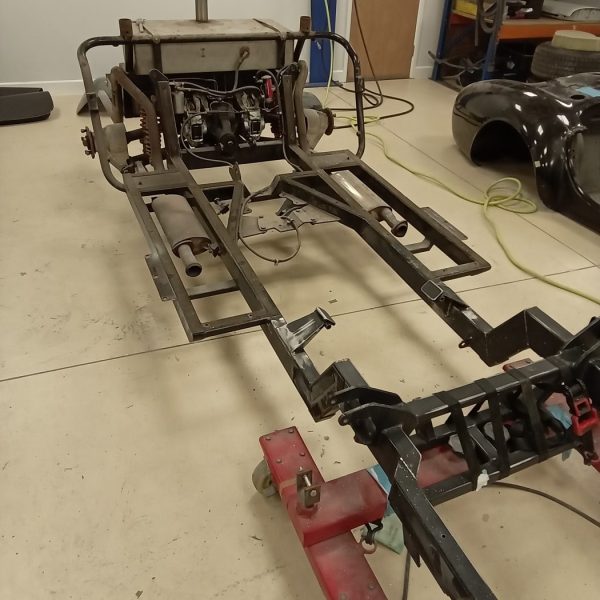

Before the lucky winner of our 2002 BMW Alpina B10 V8S arrived at the Bridge Classic Cars workshop to pick up his new car, Jonn gave it one last check-over to make sure it was ready to go.
The TPMS (tyre pressure monitoring system) light was on and the offside front tyre was a bit low. After inflating all of the tyres, the light was out and everything looked good.
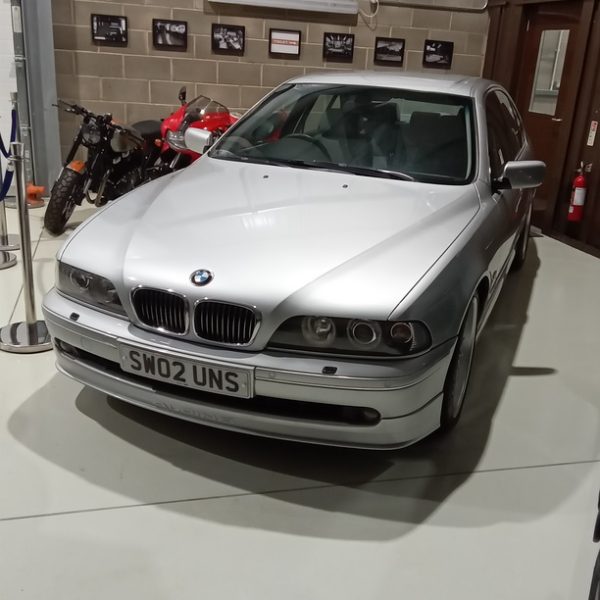
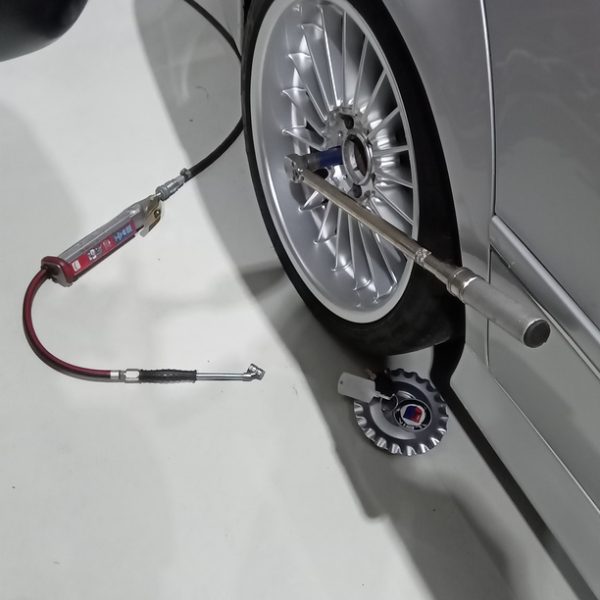
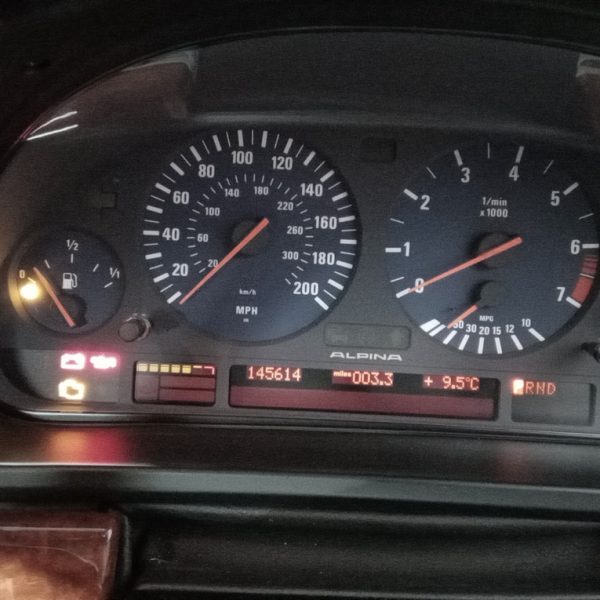
As our 1951 Austin Devon Pickup has continued its stay in the Bridge Classic Cars fabrication bay, Chris has been fitting up the cab lower corner, fabricating and welding on the brace frame to the cab mount rails. He also removed and started repairing the floor.
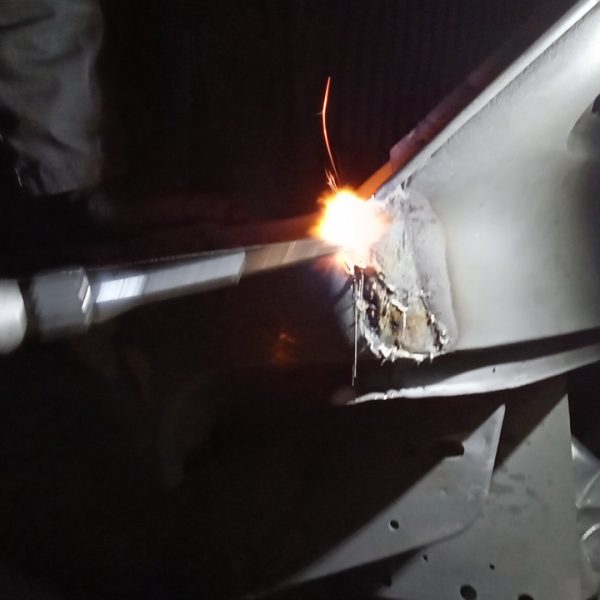




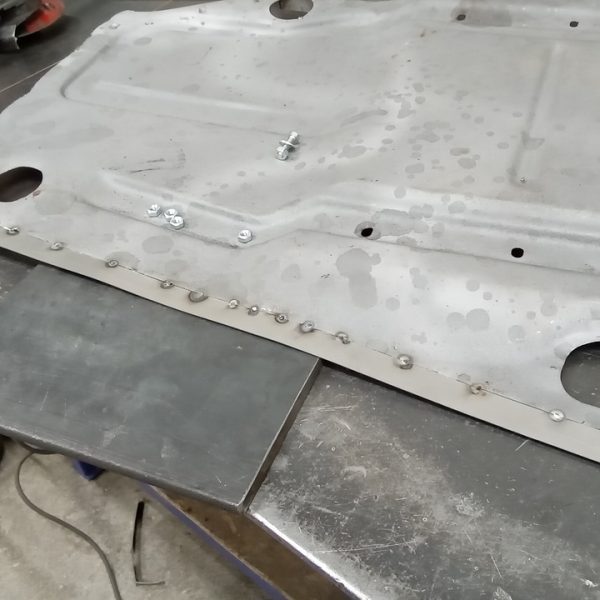
Classic car technician Paul has been continuing his work on our 1956 Jensen 541. He has fitted the brake pipes and rear shoes as well as assembling parts for the heater box.
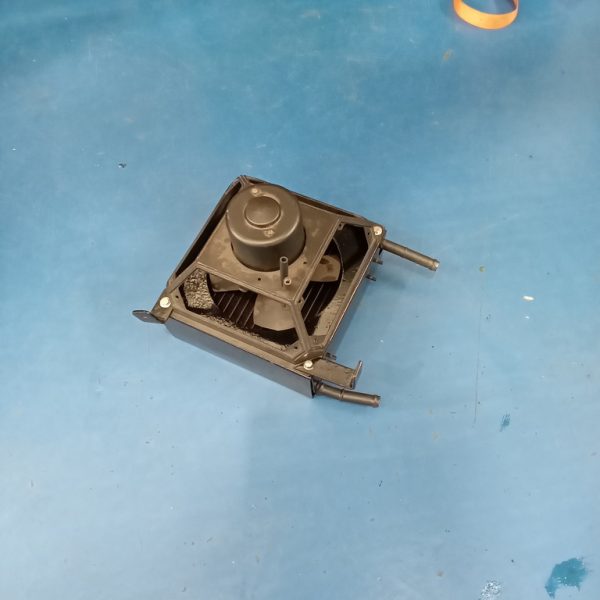
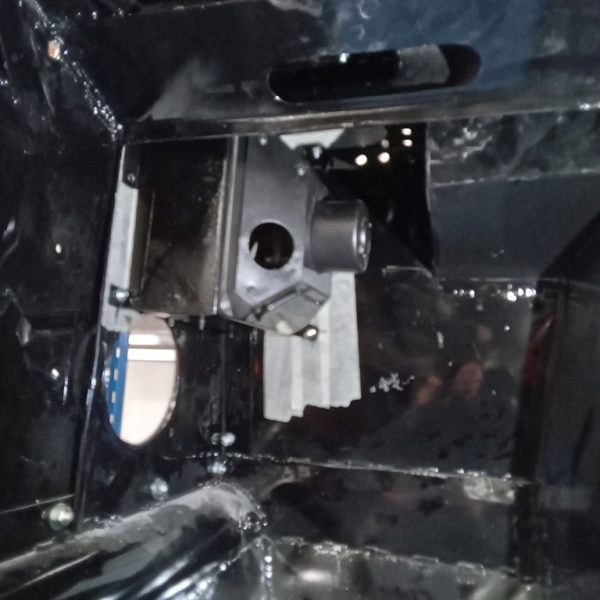


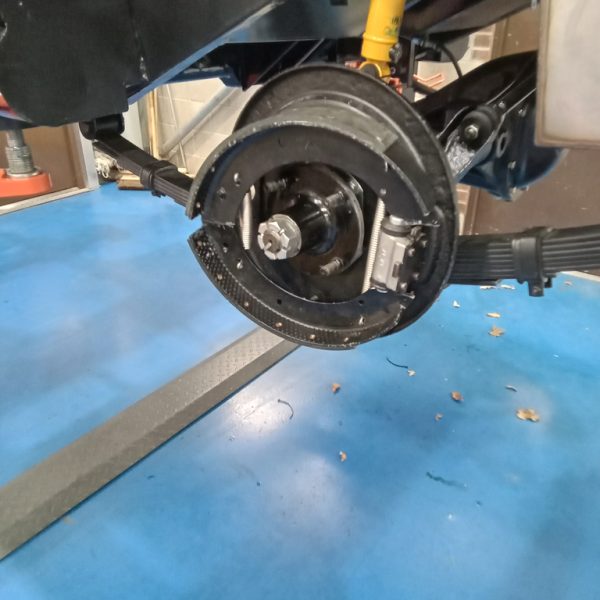
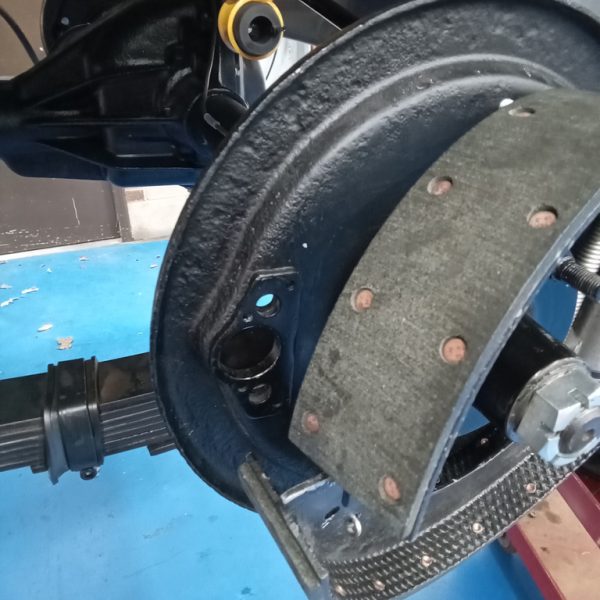
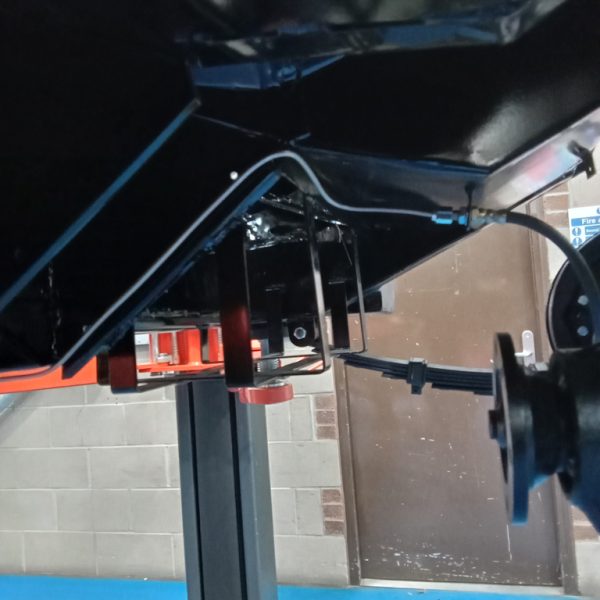
There’s been some incredible progress on our 1905 Riley 9hp in recent weeks.
Recently, the team here at the Bridge Classic Cars HQ have been working full-steam ahead on the 1-of-1 antique car.
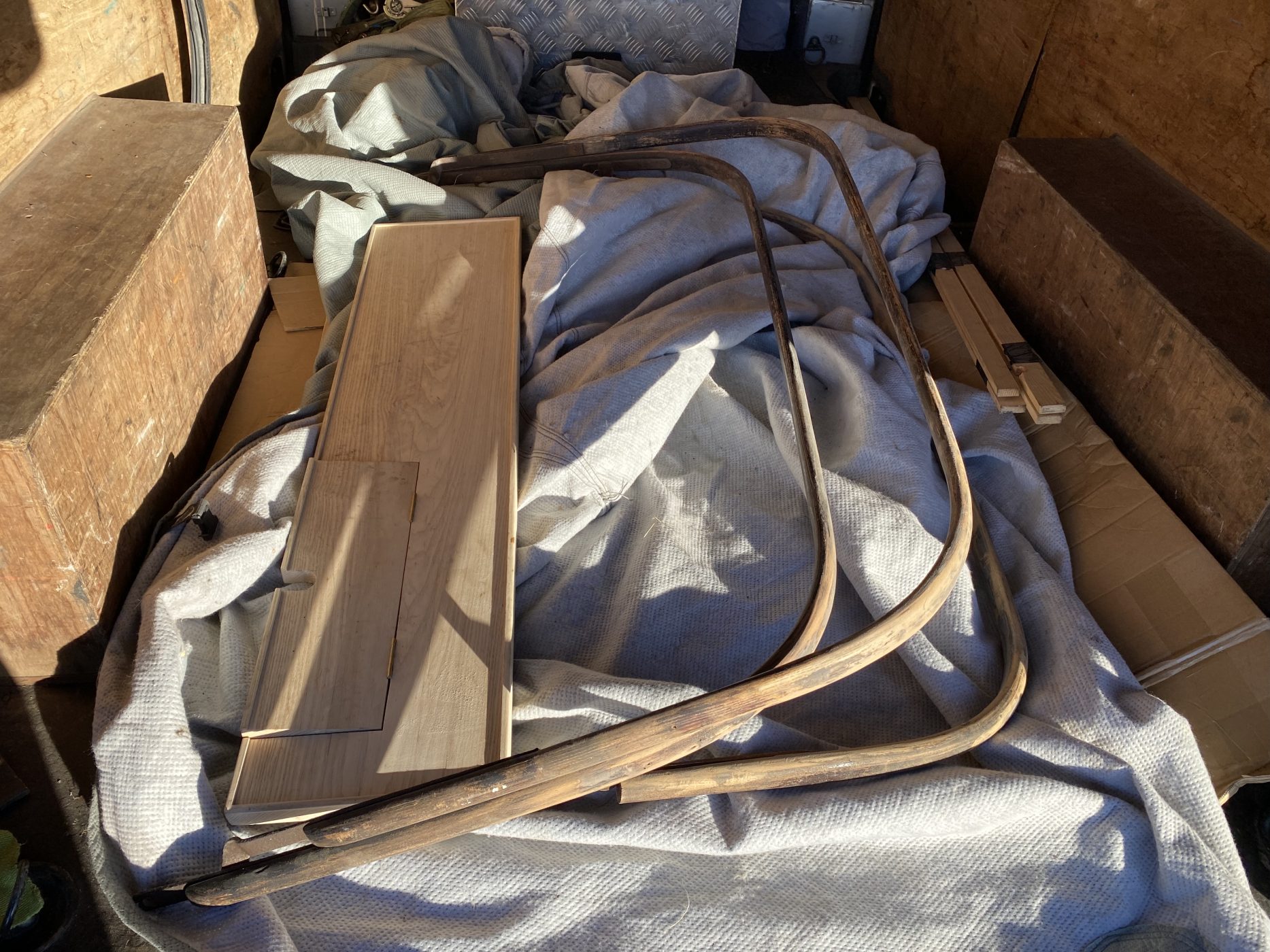
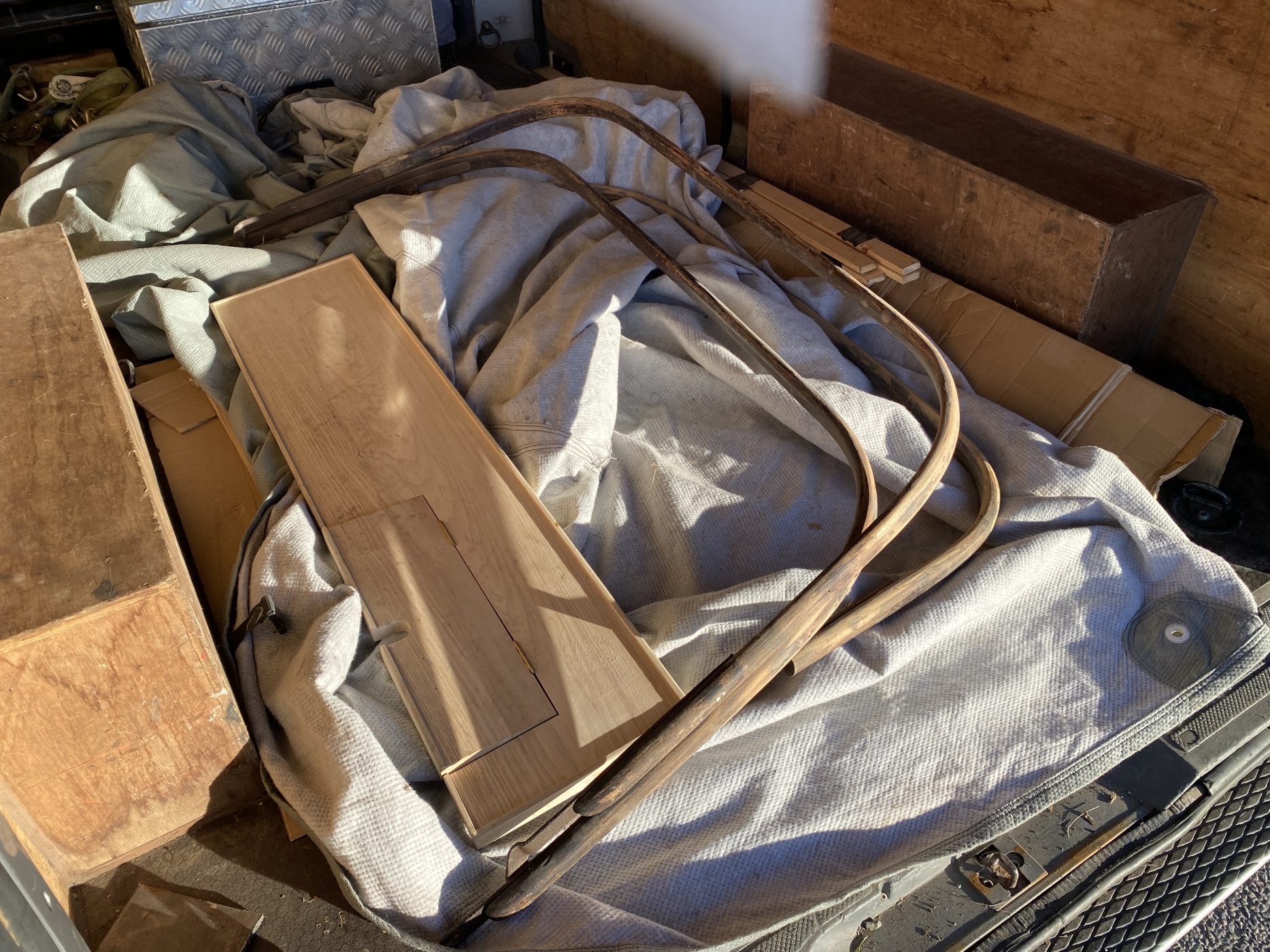
The wooden frame has returned from the team at Ashbocking Joinery ready for the trim team to continue their careful and precise work in bringing the wooden structure back to life with its handmade covering.
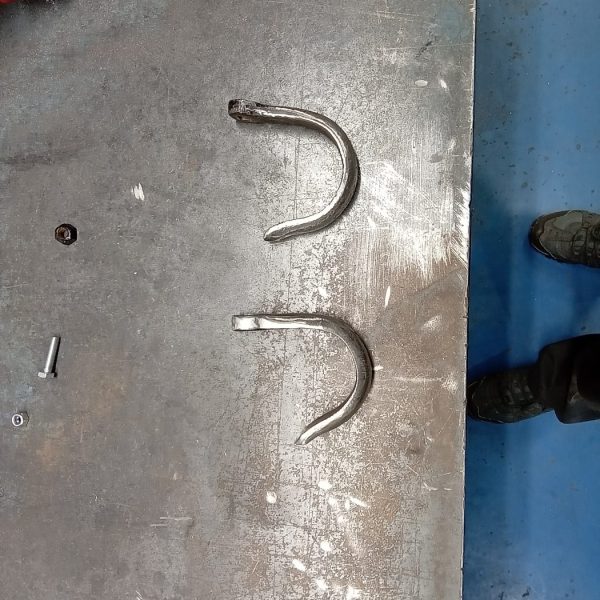

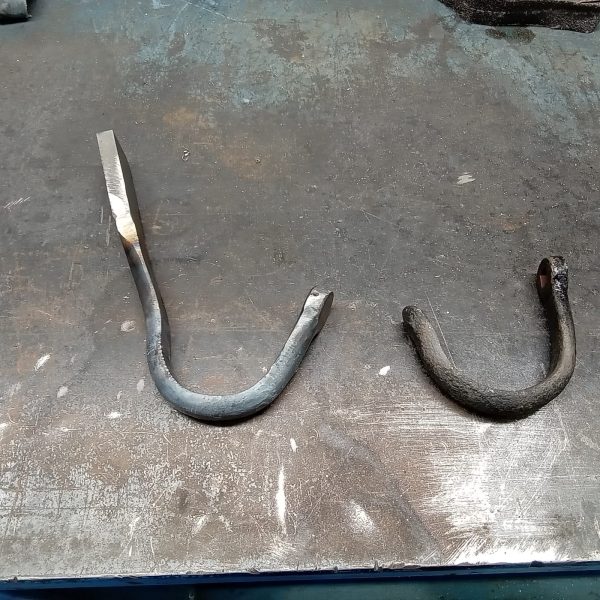
Meanwhile, the fabrication team have been working on recreating several pieces which needed to be re-manufactured for the hood to be fitted up properly for testing. These small hooks are part of the hood support system which needed to be made and shaped by hand to perfectly fit the 119-year-old car.

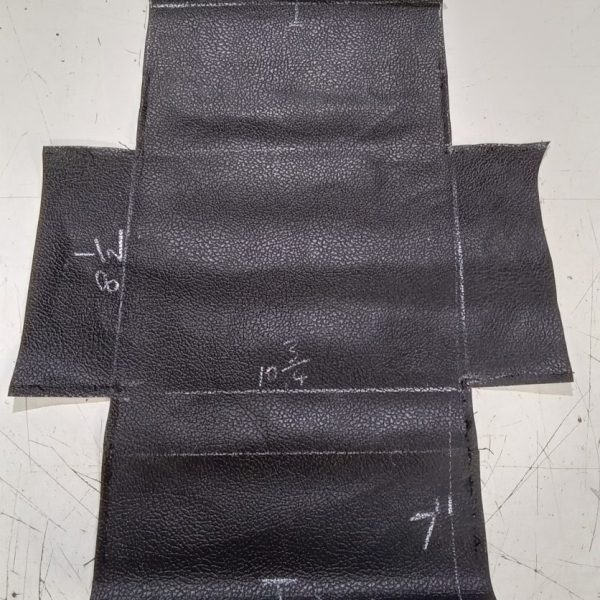
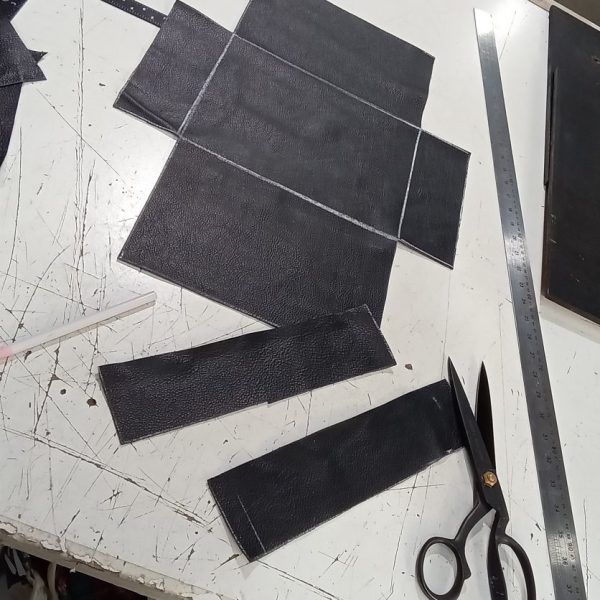
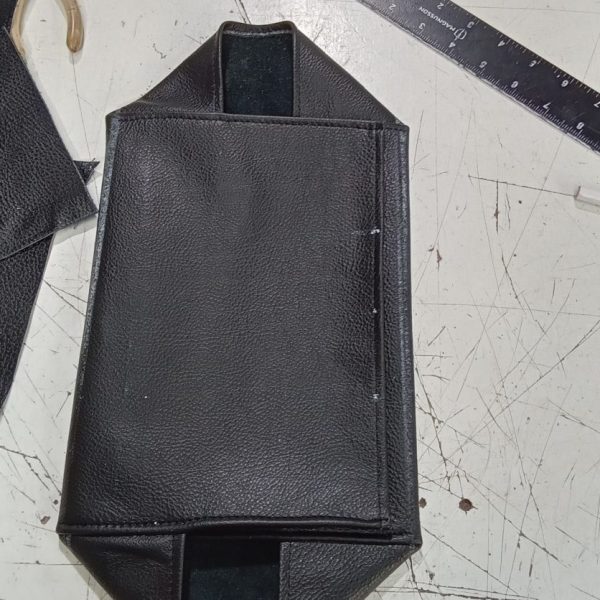


At the same time, our trimmer Lydia has been working on making a battery bag for the battery. Although its truly a safety item, she has made stylish and perfectly sized for the car. The whole purpose is to make it easier to remove the battery from the wooden box it is fitted into, but the thickness of the leather and the material itself allows for some dampening and deadening to protect the battery and prolong its life.
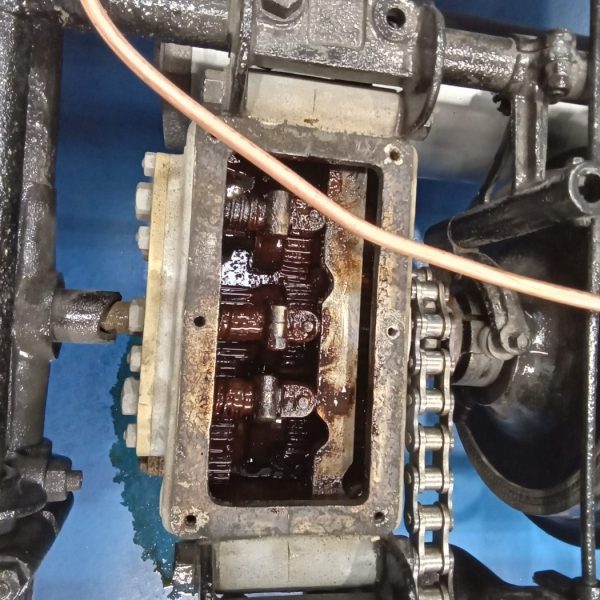

On the chassis itself, in the main mechanical workshop, Steve has been working on the gearbox. Before the car moves under its own power, Steve has completely flushed and cleaned up the gearbox internals due to the car being sat for long periods of time – and with this much hard work, devotion and passion poured into this very special project it made sense to do it at this time before the body is placed onto the frame for the final time.
Our 1955 Aston Martin DB2/4 has been getting a lot of attention lately. The stripped chassis has been sent off to the sandblasters.
Before it went, Rob stripped the last remaining parts off the shell and chassis and removed the bodyshell. He also separated the sill/bulkhead structure from the rear bodyshell. Rob went on to remove the steel inner structure from the outer ally rear body in preparation for blast cleaning.
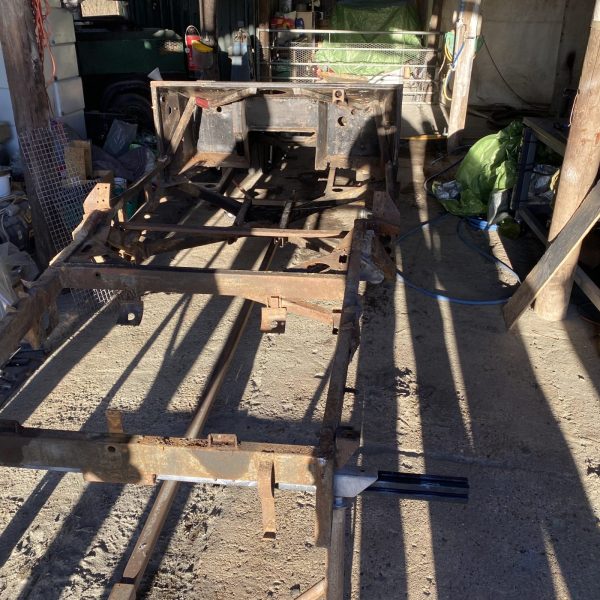
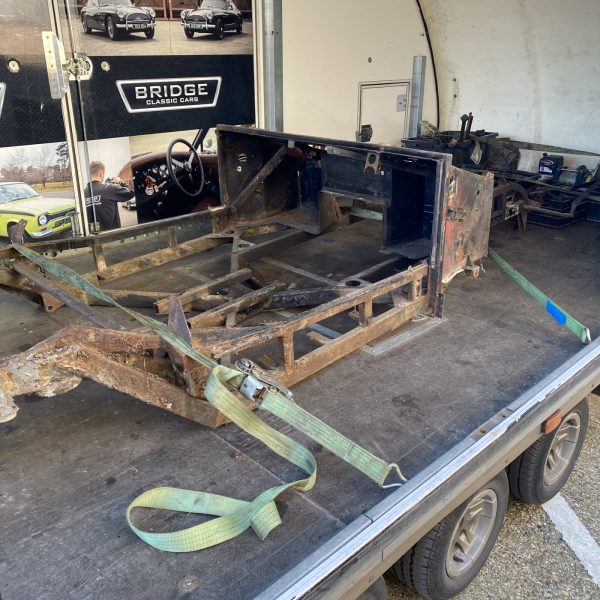
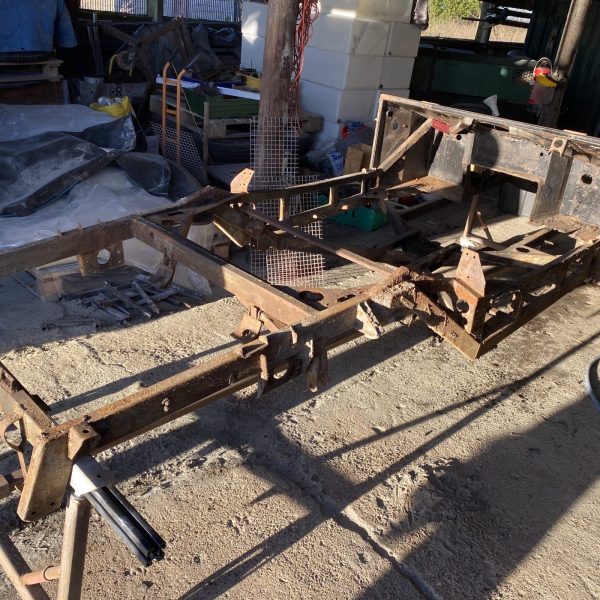
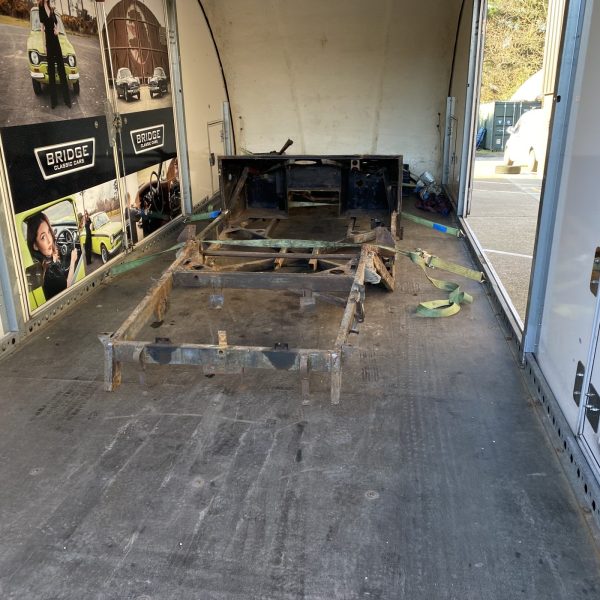
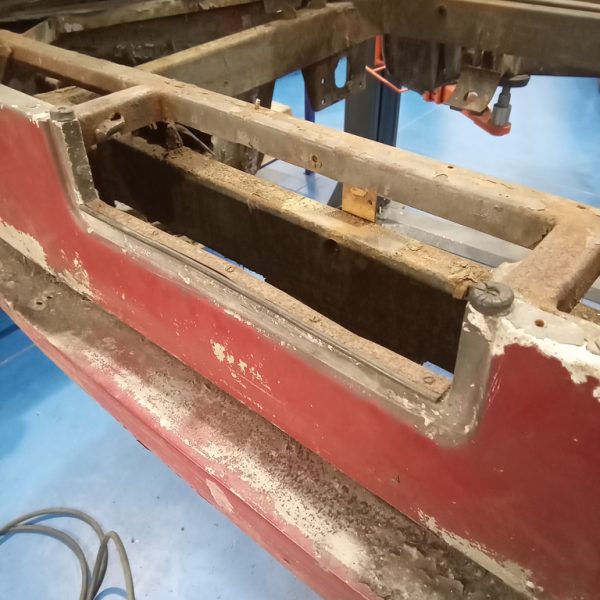

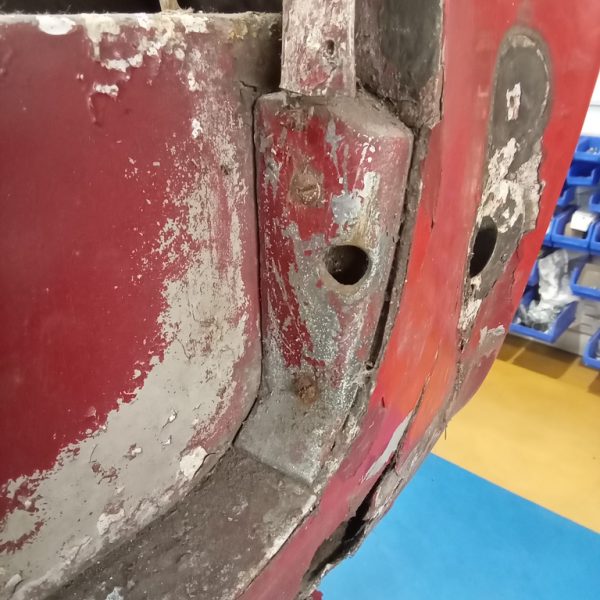

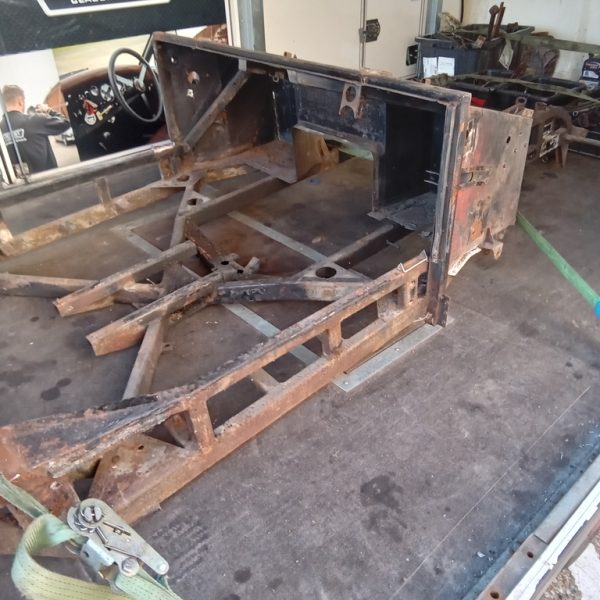
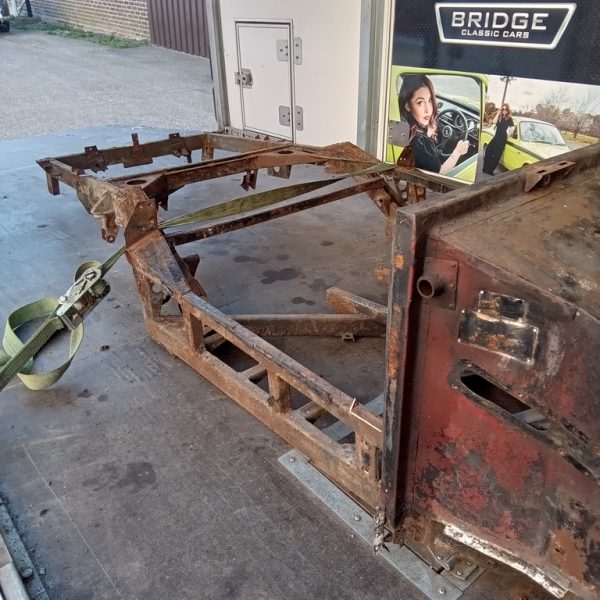
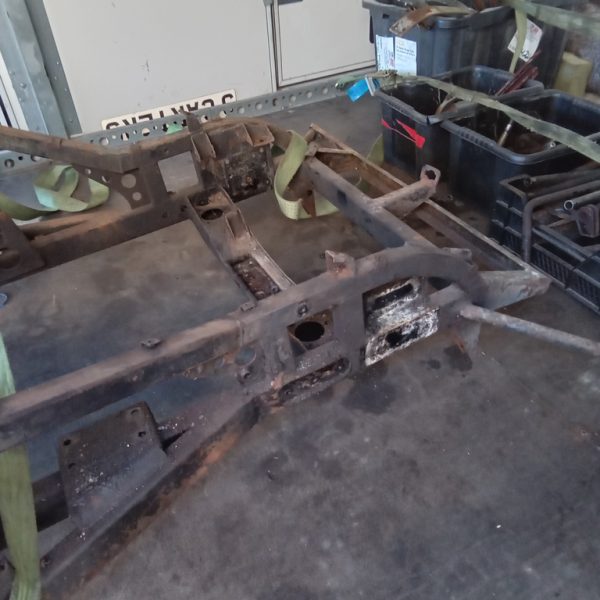
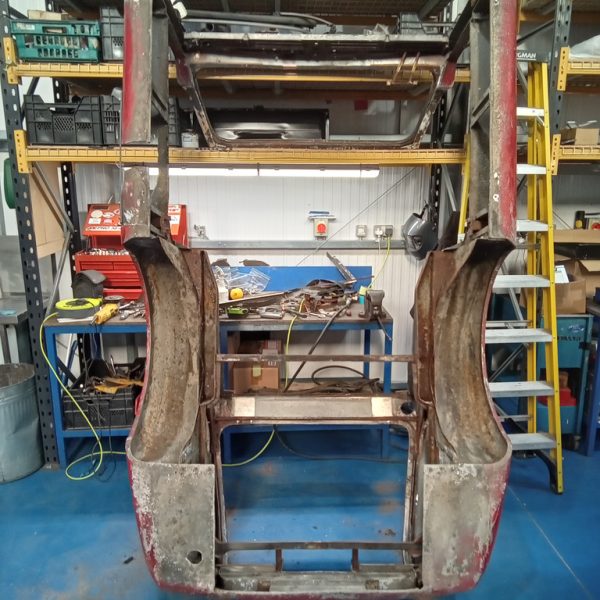

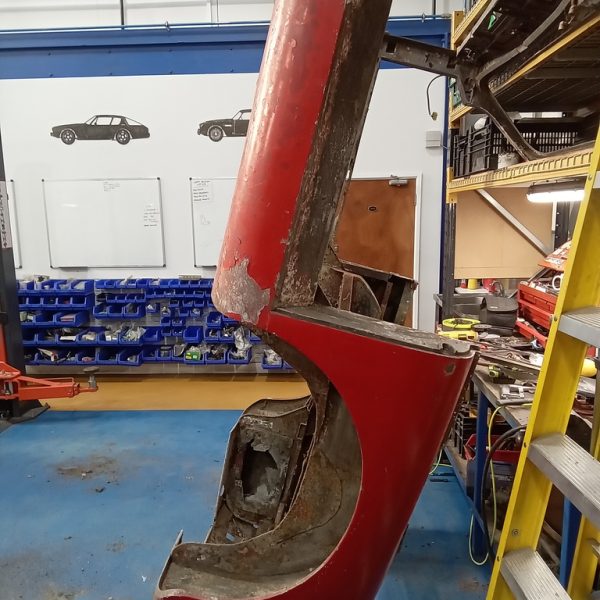
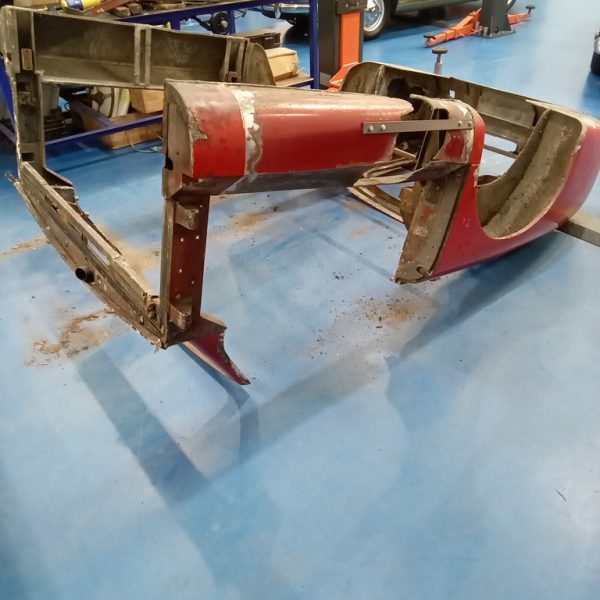
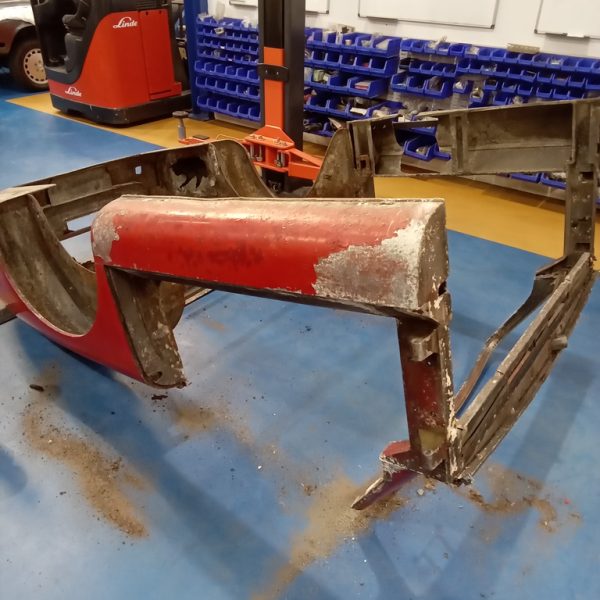

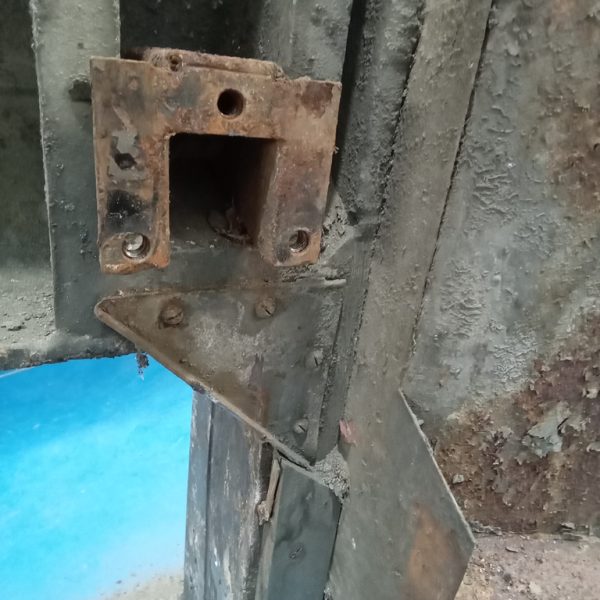


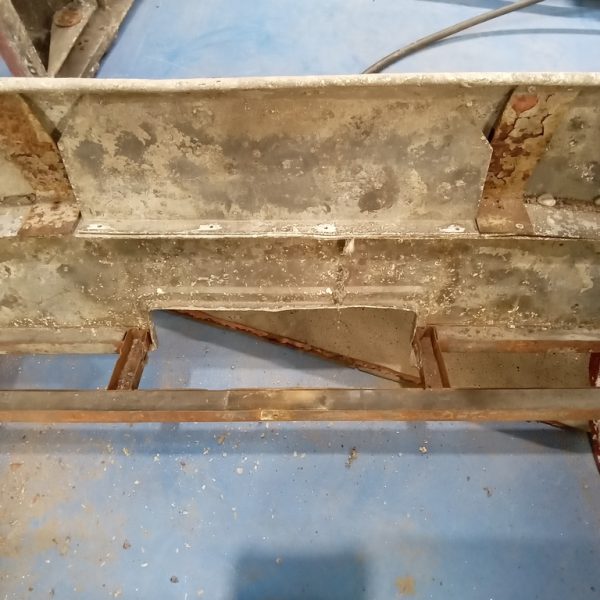
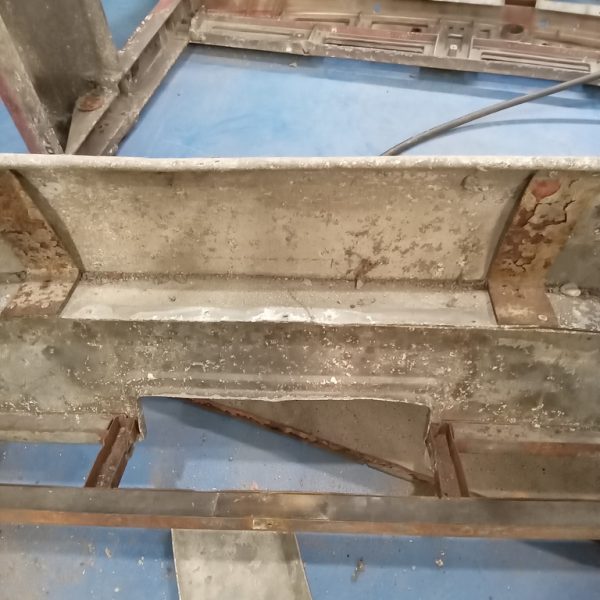
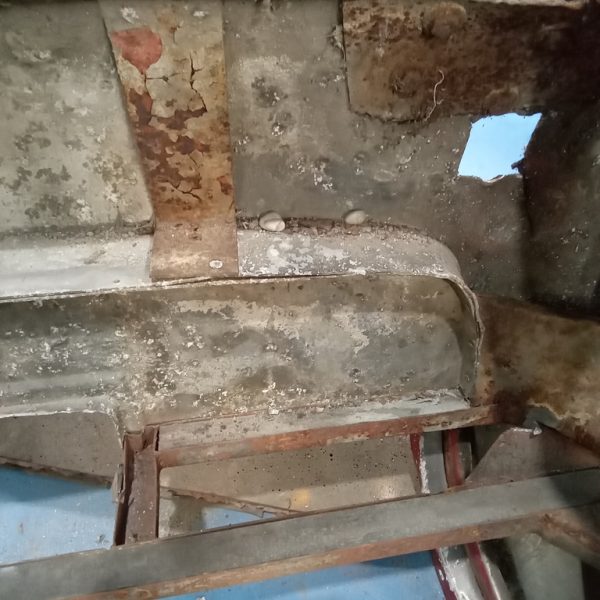
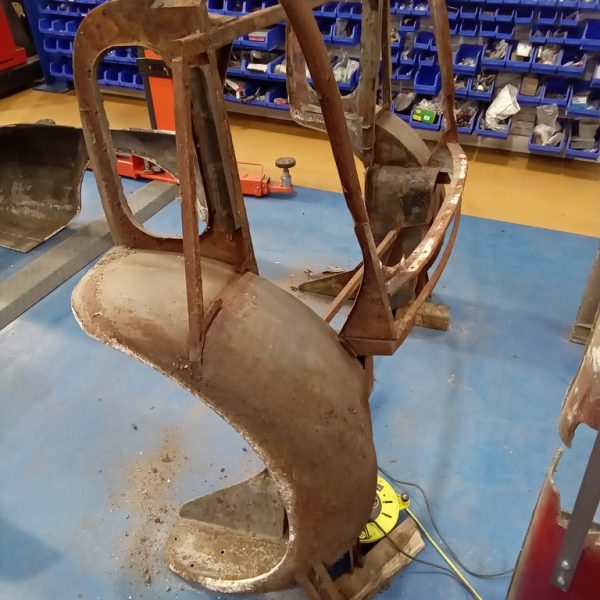

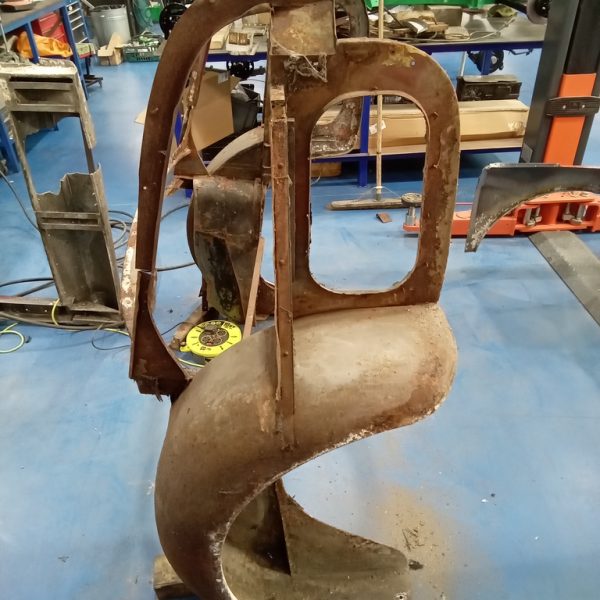
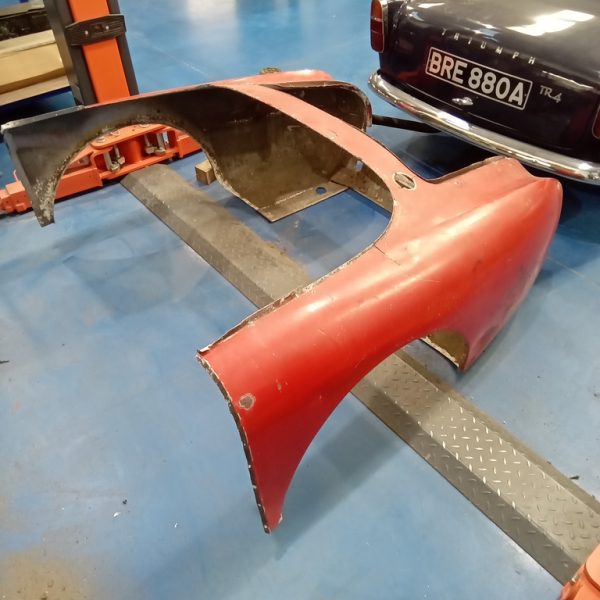
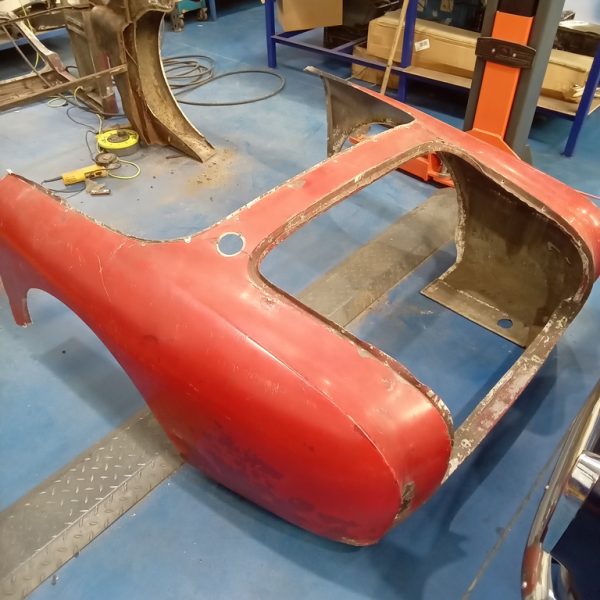
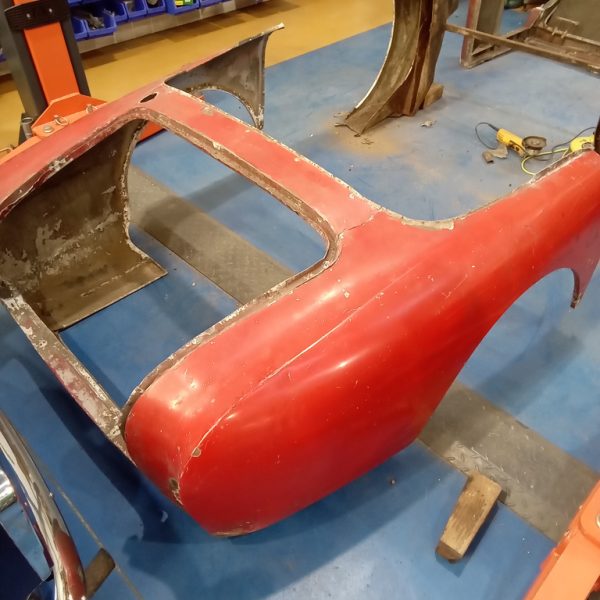


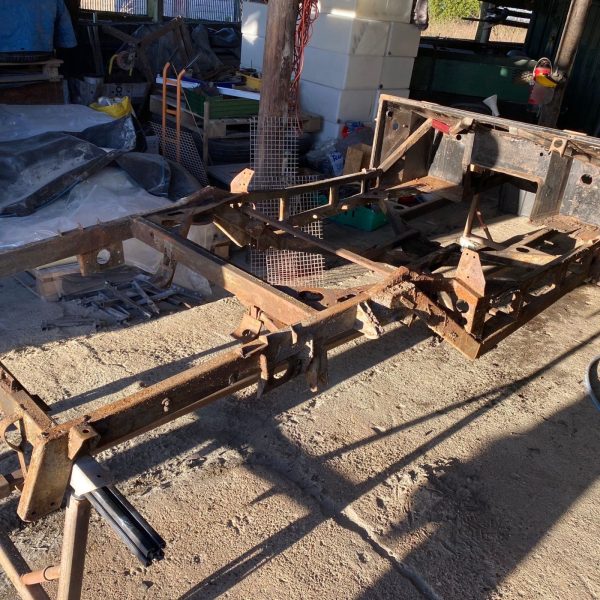
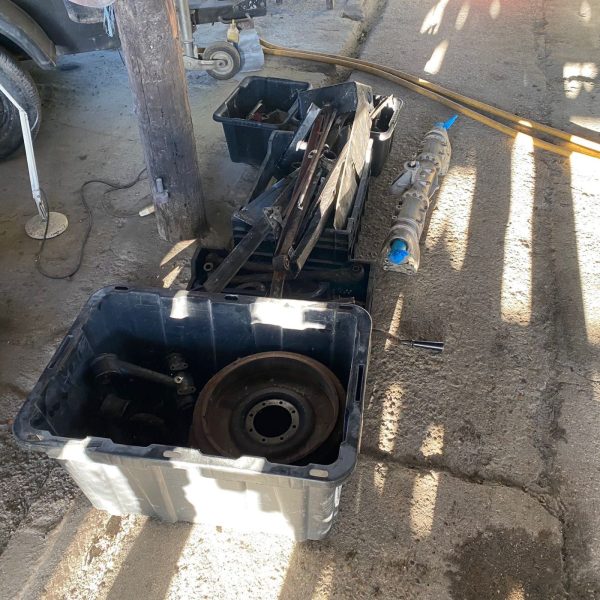
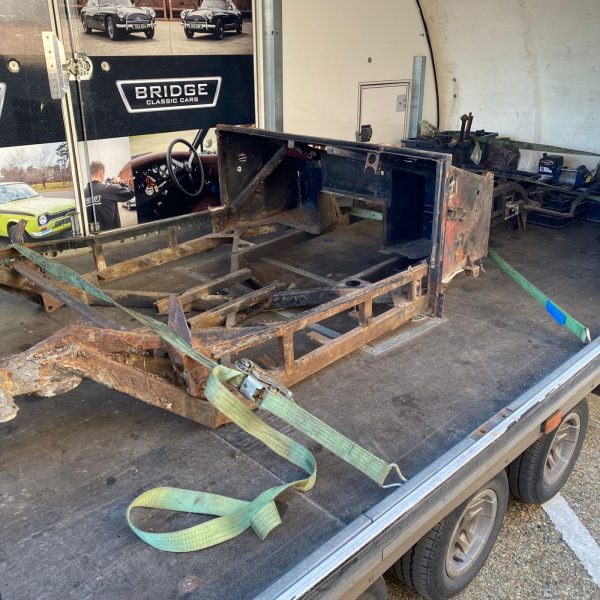

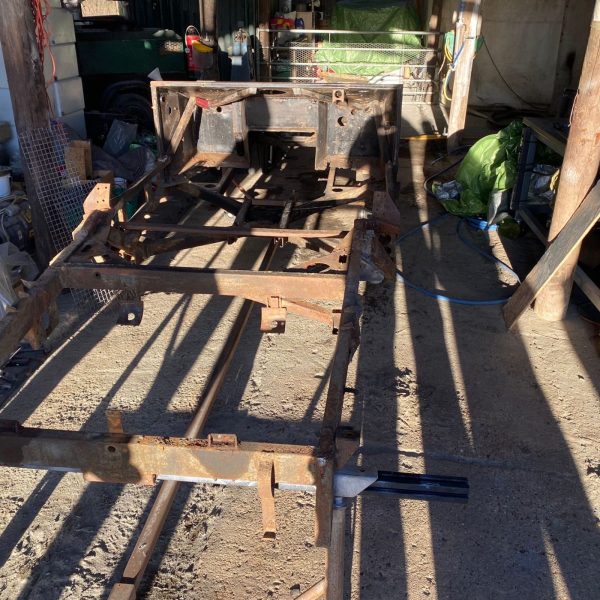
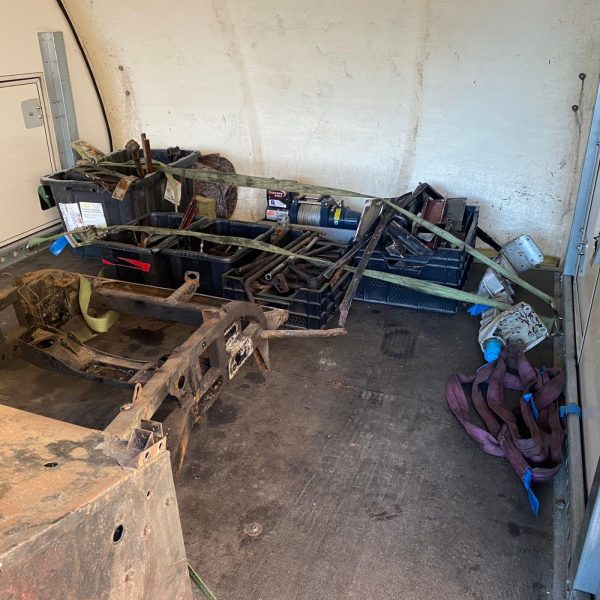
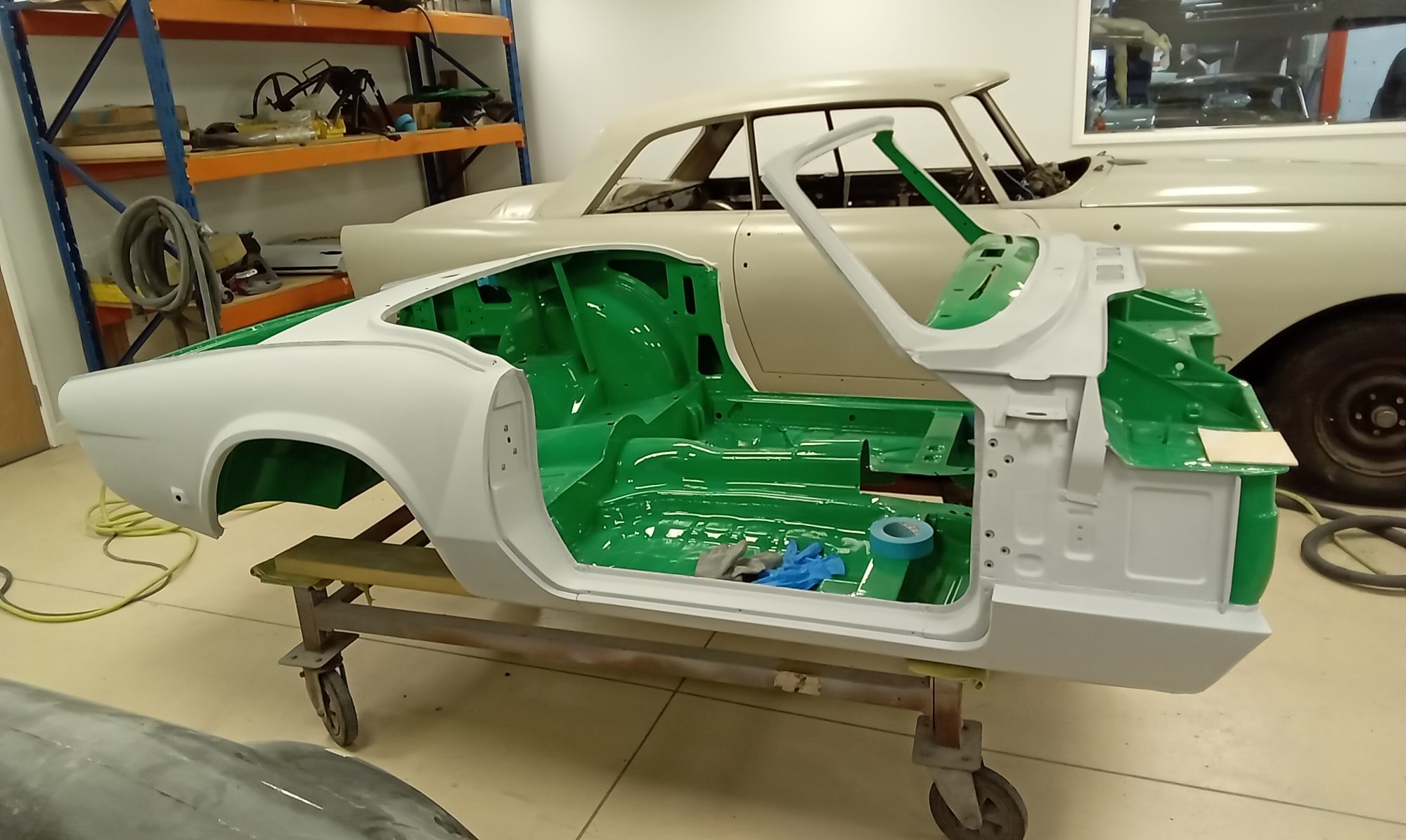
The paint team here at Bridge Classic Cars have been preparing the body of our 1976 Triumph Spitfire for the next phase of its restoration journey.
Al has been working on getting the body ready to be finished in its bright vibrant Green colour – with the whole body having every inch poured over so it has perfect surfaces ready to have its paint laid down.

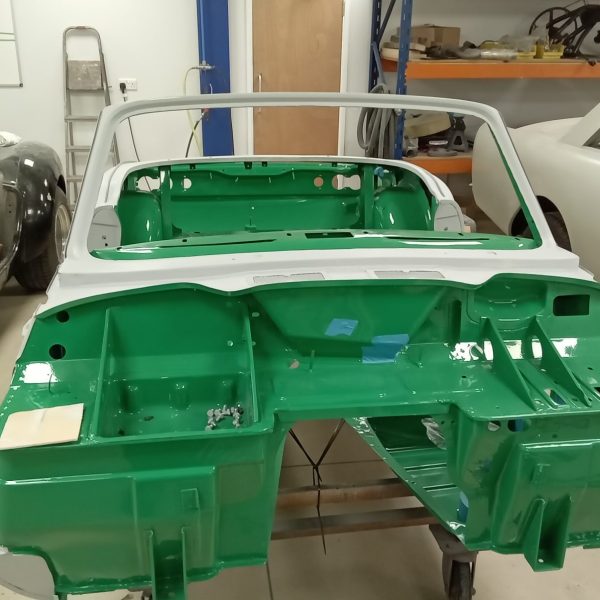
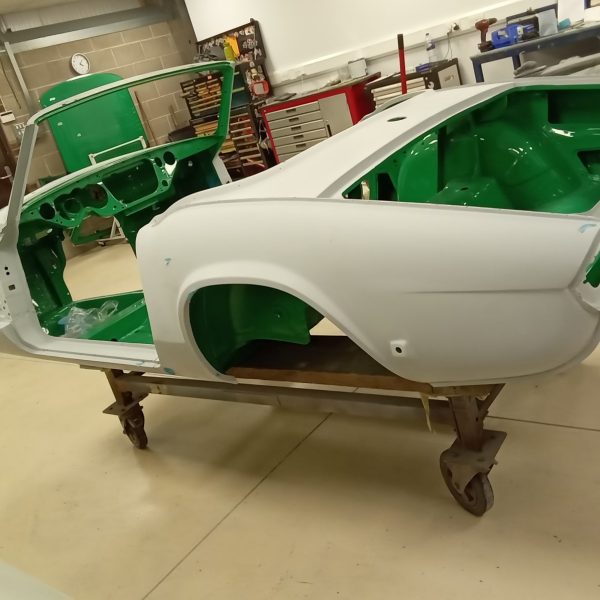
Our 1963 Bentley S3 has recently returned to the Bridge Classic Cars workshop. As you can see, from the photos below, it now looks very different to how it did a few months ago when it first arrived.
When it arrived back, Jonn had to free off the brakes. To do this, he removed the front wheels and stripped the brakes. He removed the shoes and placed them inside the car before refitting the drums and wheels.
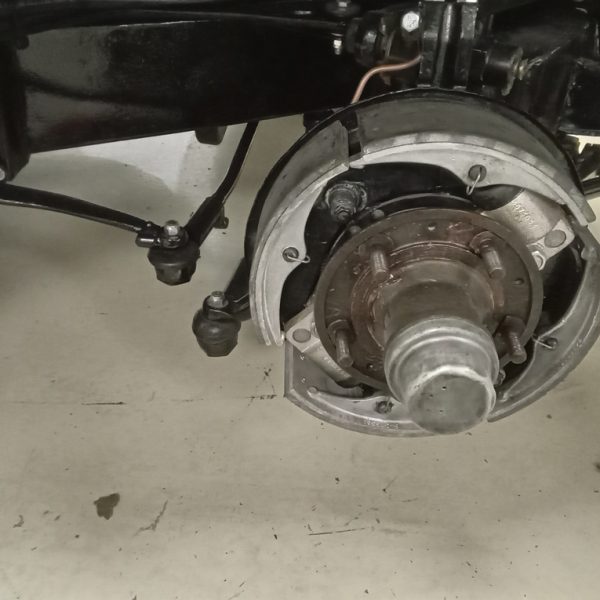
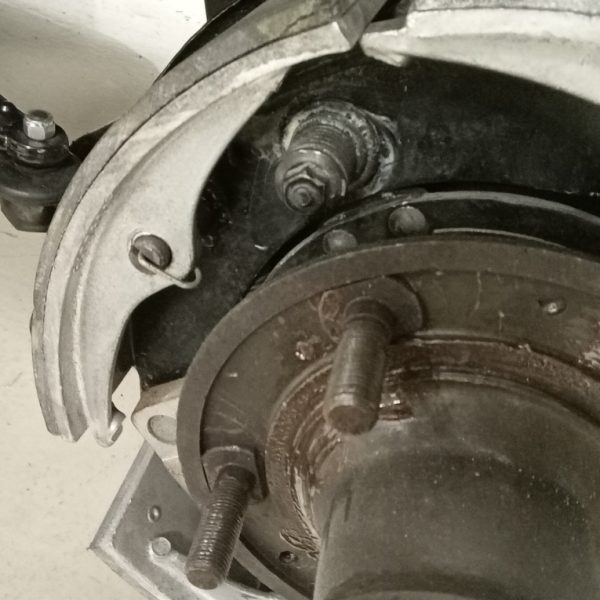

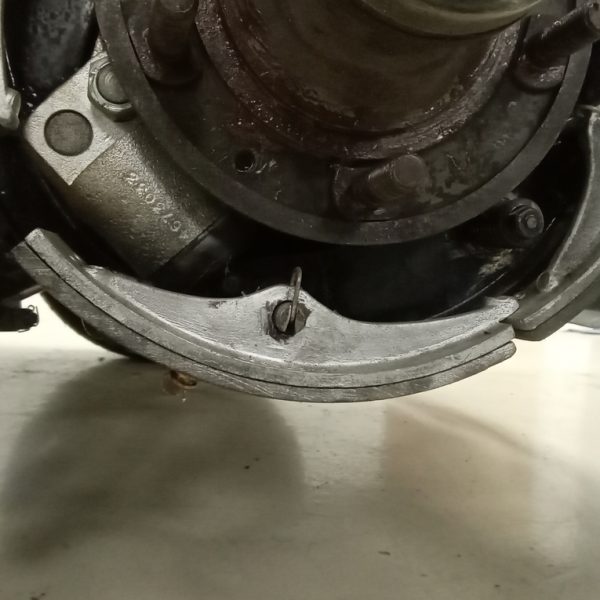
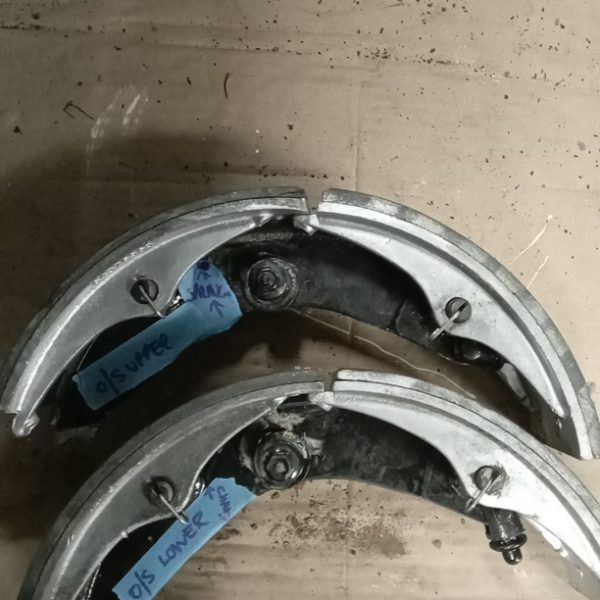

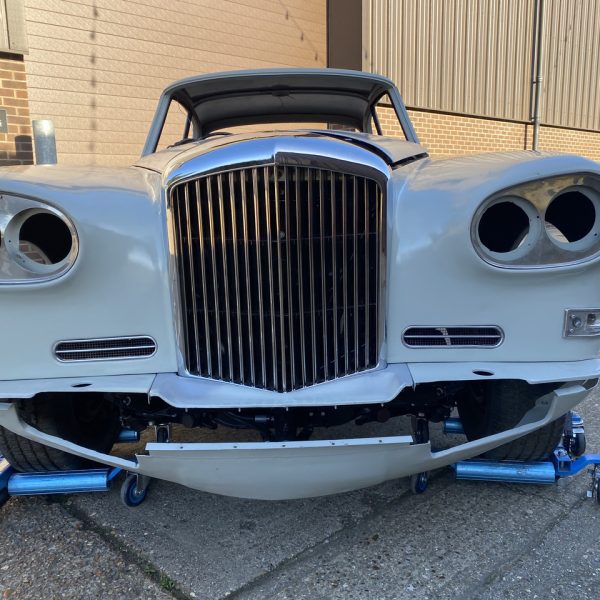
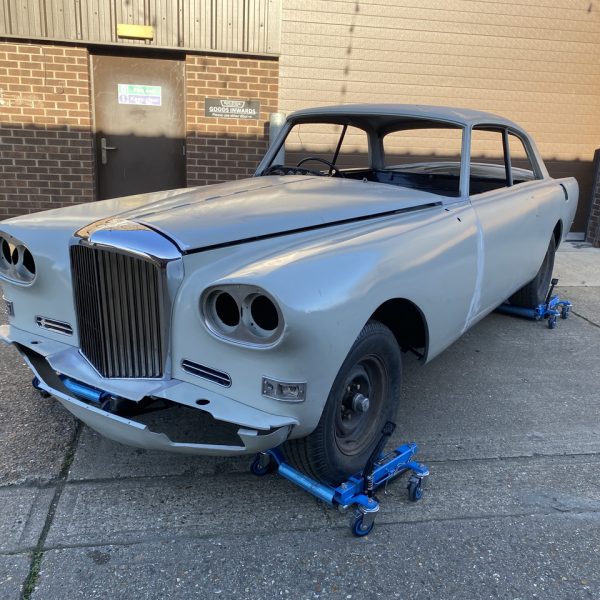
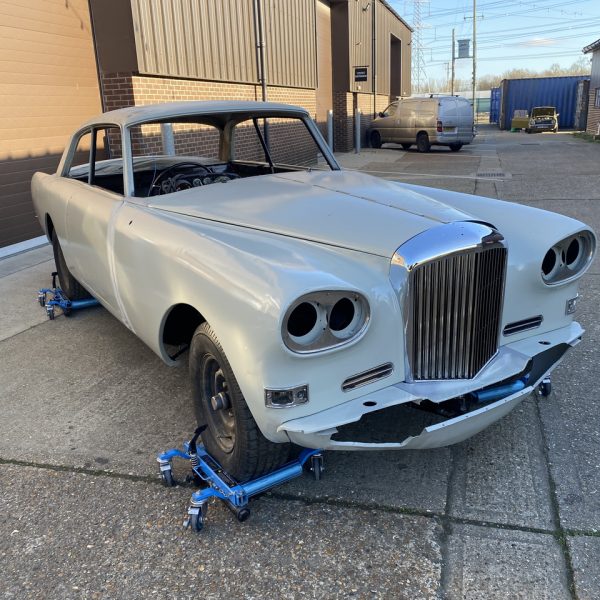

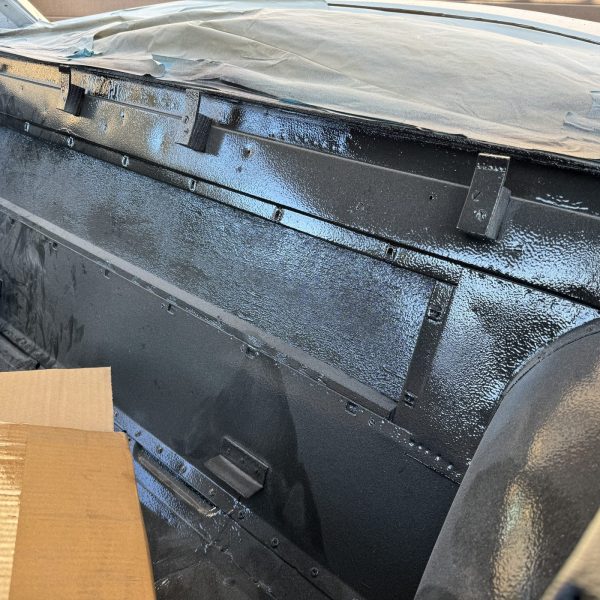
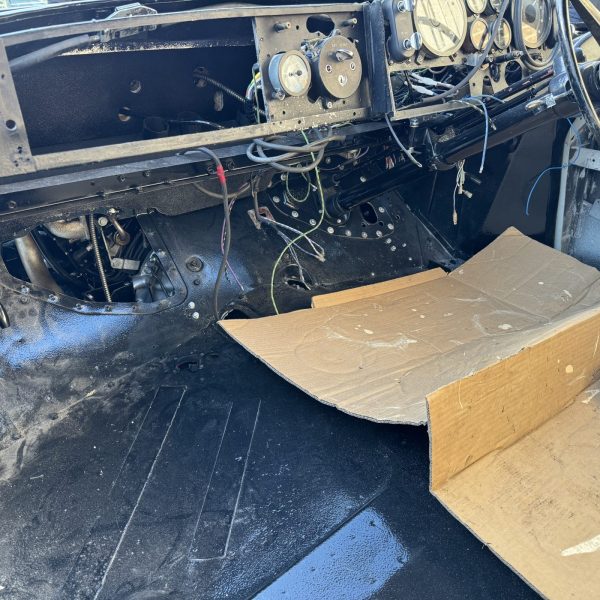
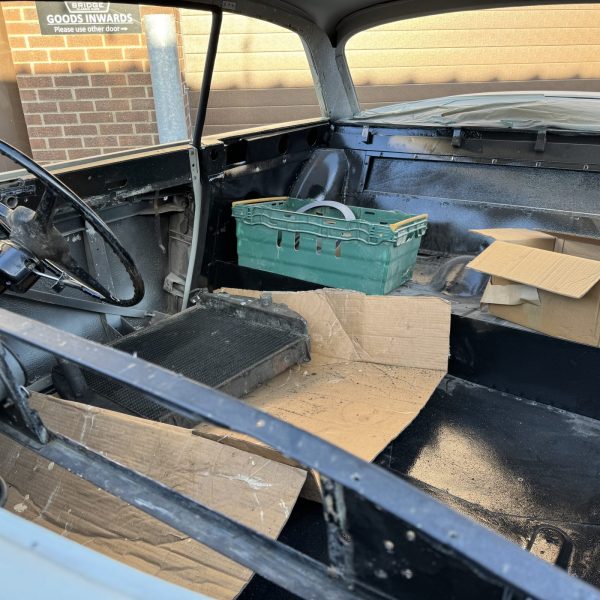


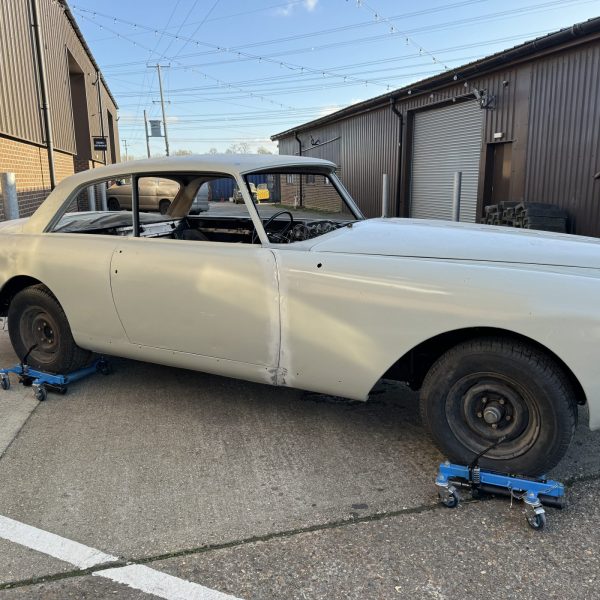

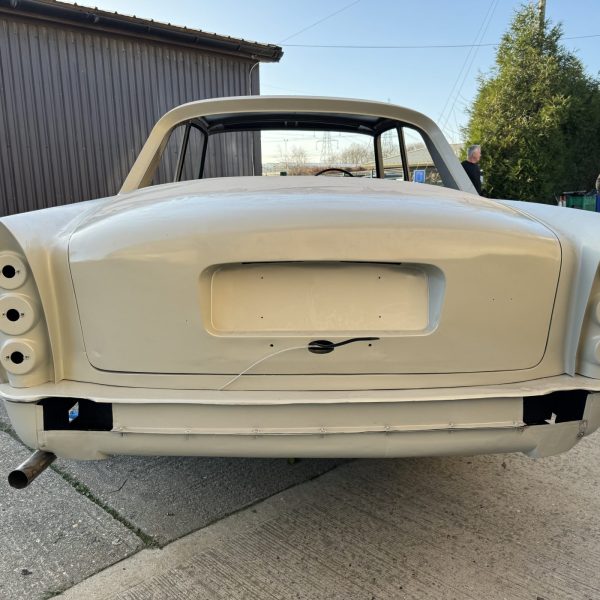
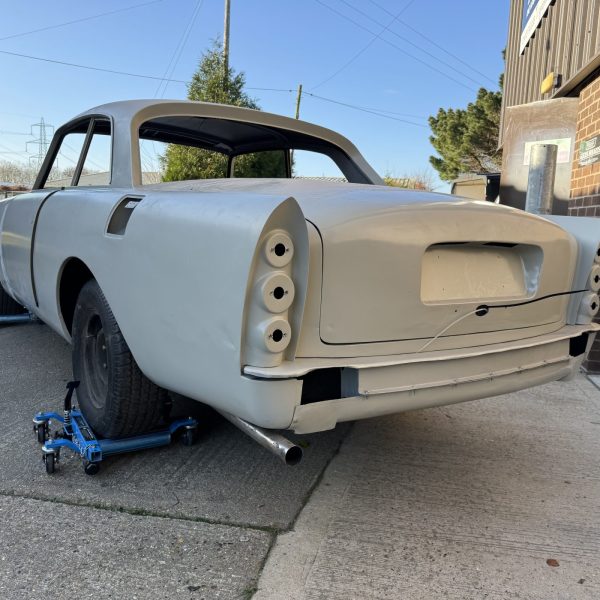
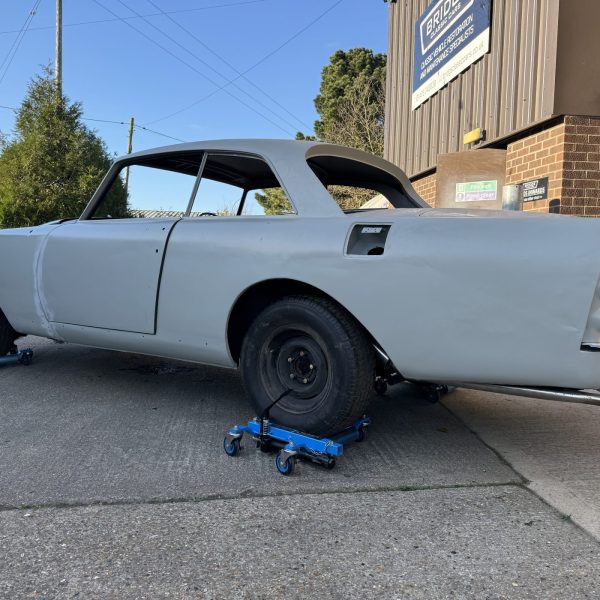
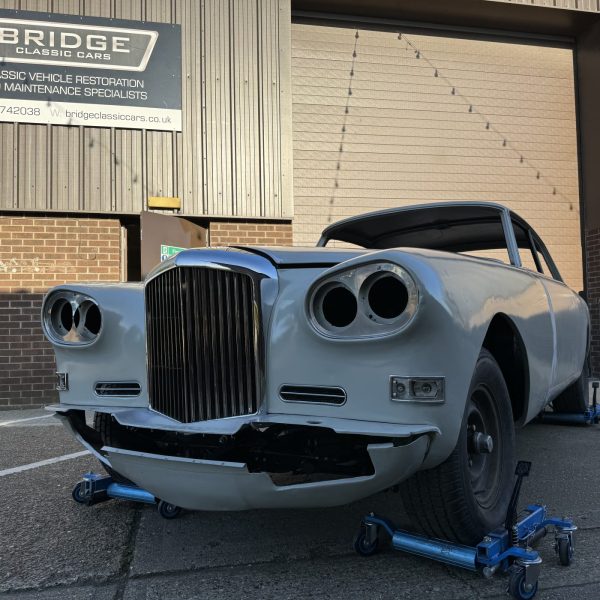

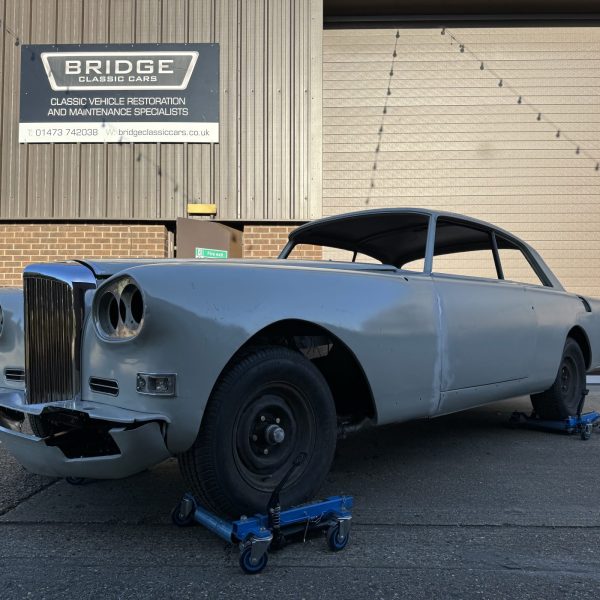
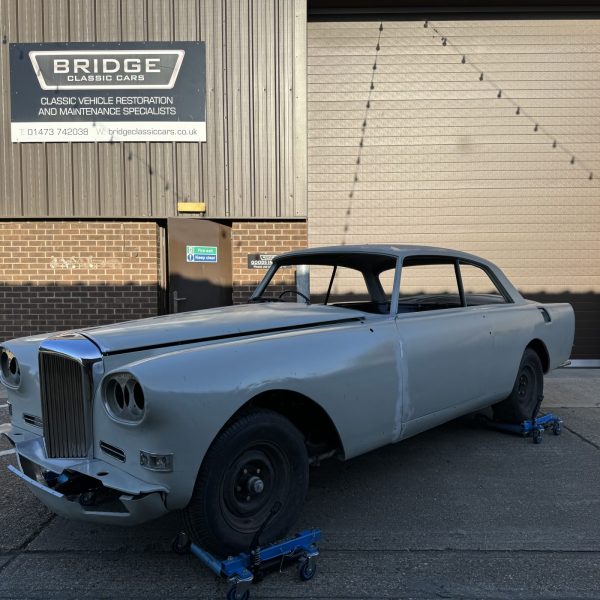
The trim team have been working on repairing the drivers seat to the 1992 Toyota MR2 which is currently in our Pettistree workshops.
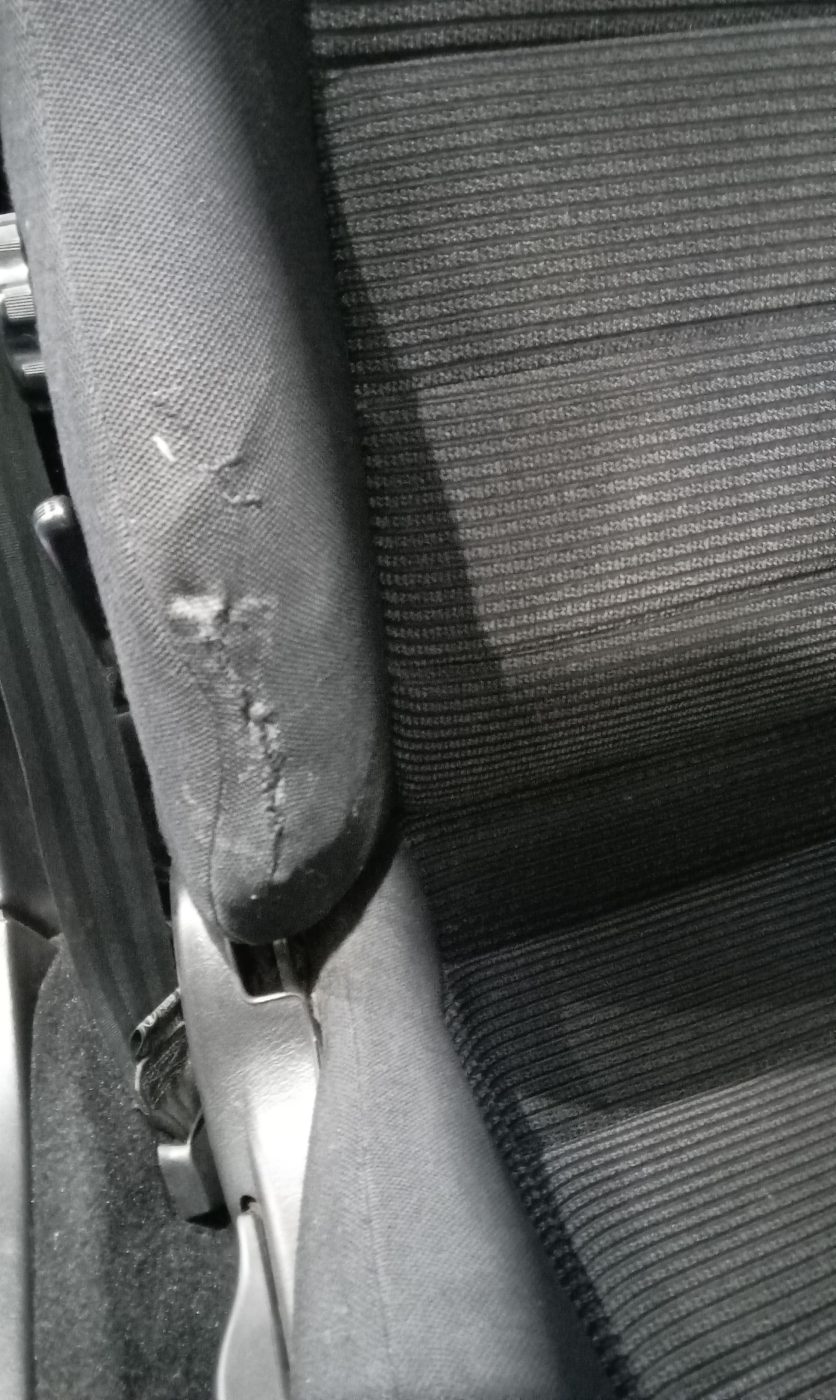
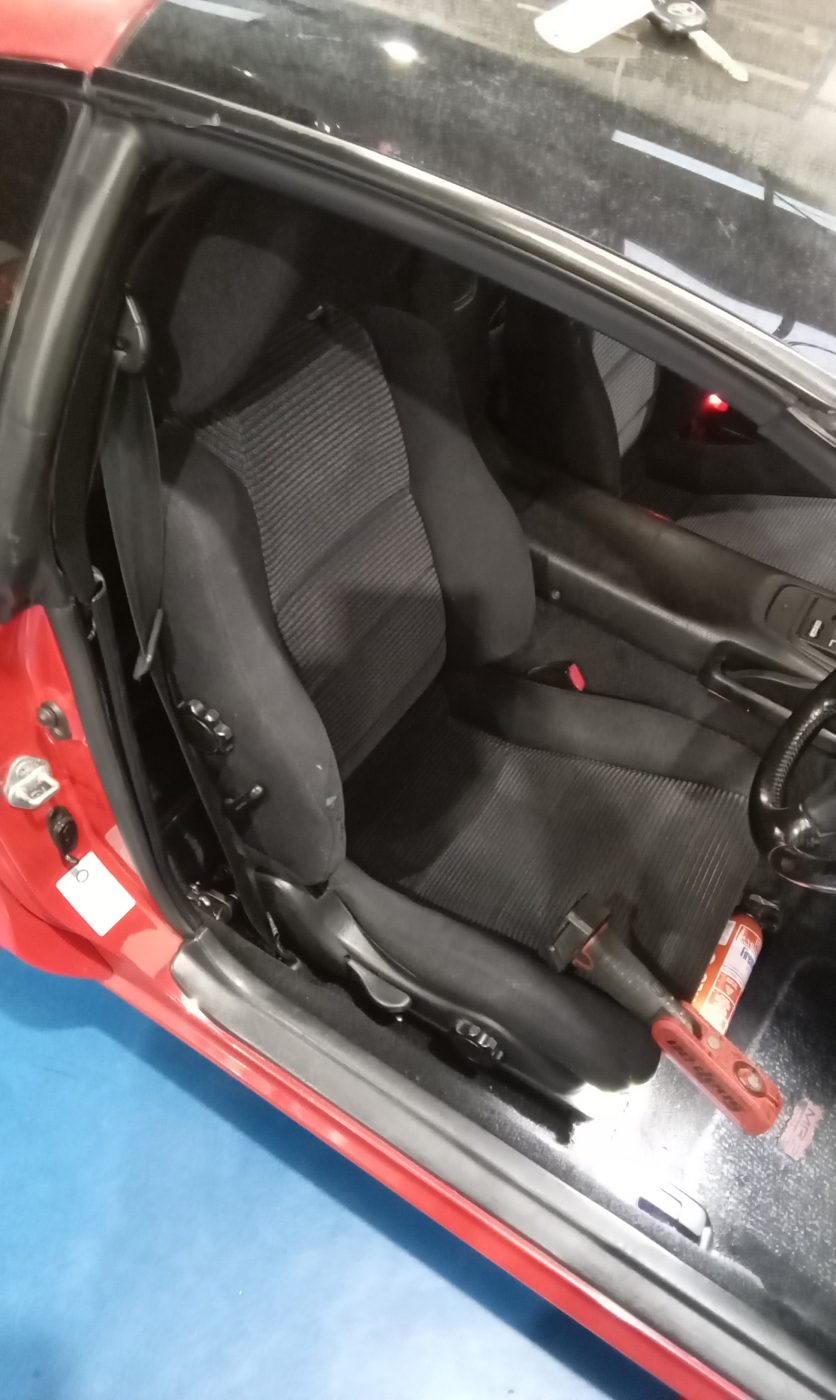
Lydia worked her skill on the drivers side bolster of the Japanese sports car before handing the unit back over to Jon to refit back into the car.
The Bridge Classic Cars Defender has been having some work completed recently.
Lydia sanded off the sharp edges of the rear bench to avoid any future injury to passengers. She then sprayed the bare metal with black paint to finish.
While Lydia did this, Mauro primed the roof ready for paint.
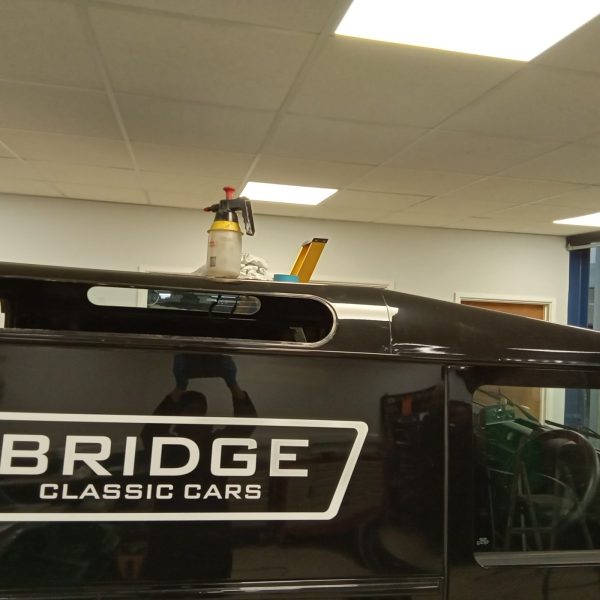




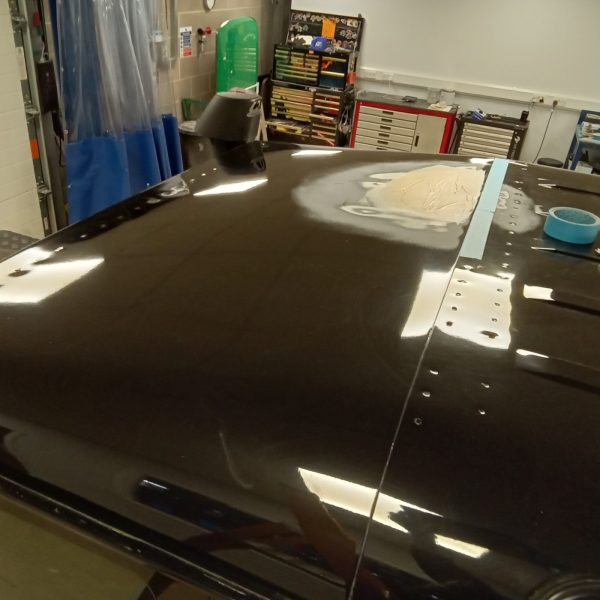
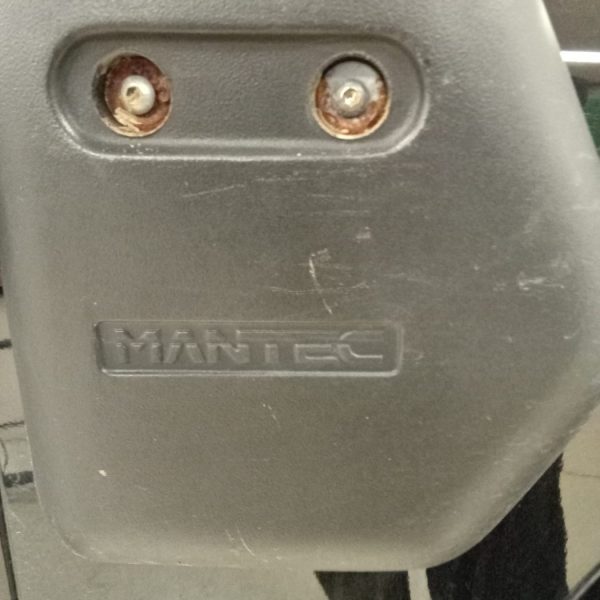

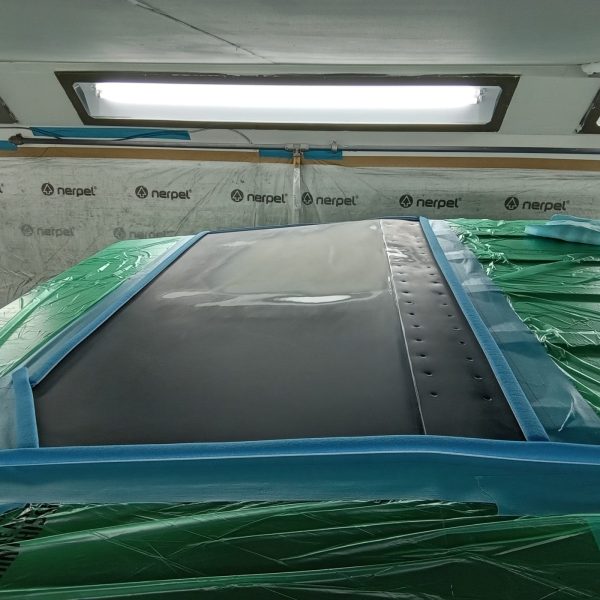

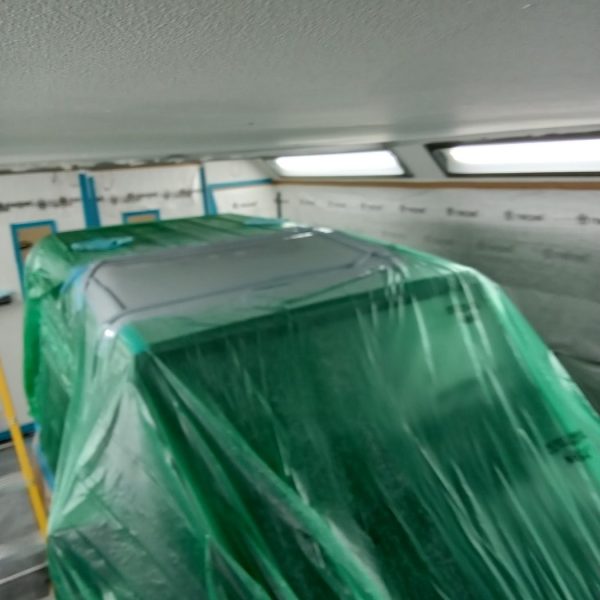
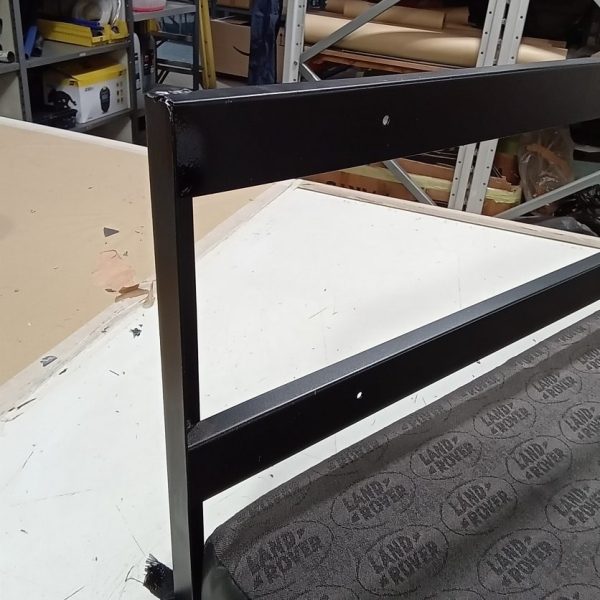
Jon has been carrying out the inspection of our 1974 Mini 850 Van.
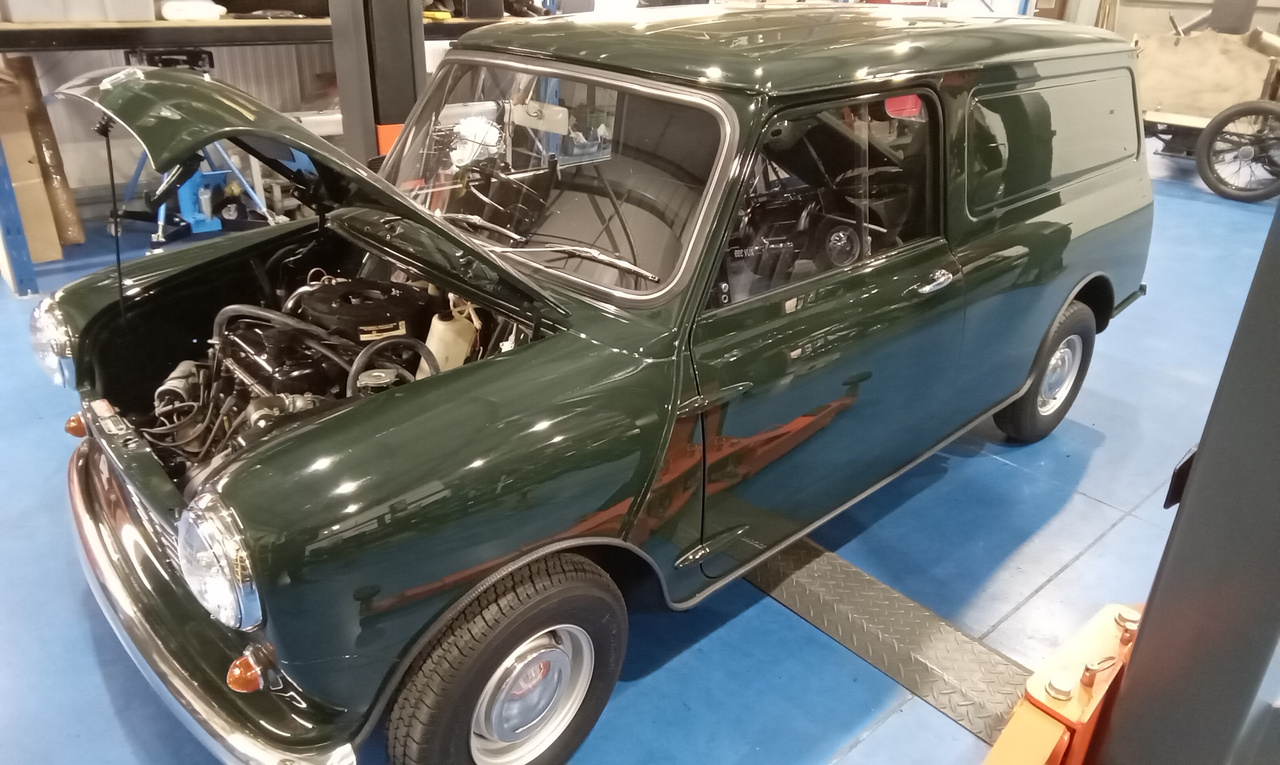
He began by topping up engine oil and screenwash in washer bottle, aling with checking all other necessary fluids. Next step was a full strip, clean and inspection of all brakes and then refitting the drums and adjusting till just right. Following that, he fefit all wheels and torque to 60nm before inflating all tyres to 26psi. One of the final stages of maintenance was to put 5 liters petrol in and attempt to start. The Mini started ok, but the petrol gauge showed no moment. After manually wiring the fuel sender the gauge began to work. Jon drained the fuel and remove the sender unit from the tank. He found sender seized and rusted so proceeded to strip and clean/free off.
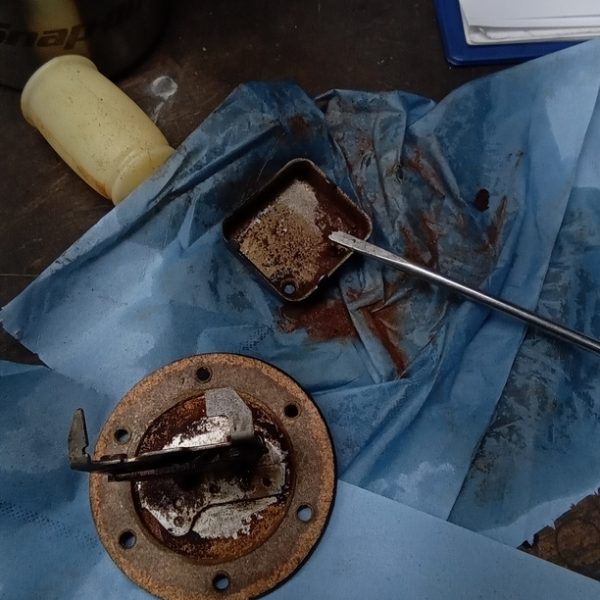
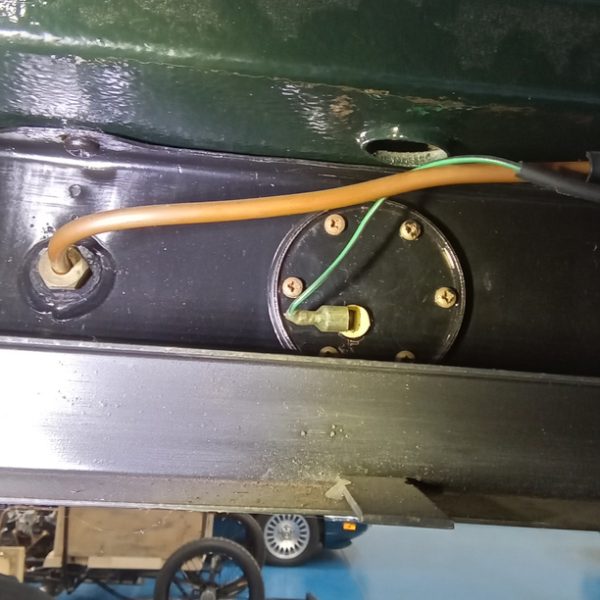
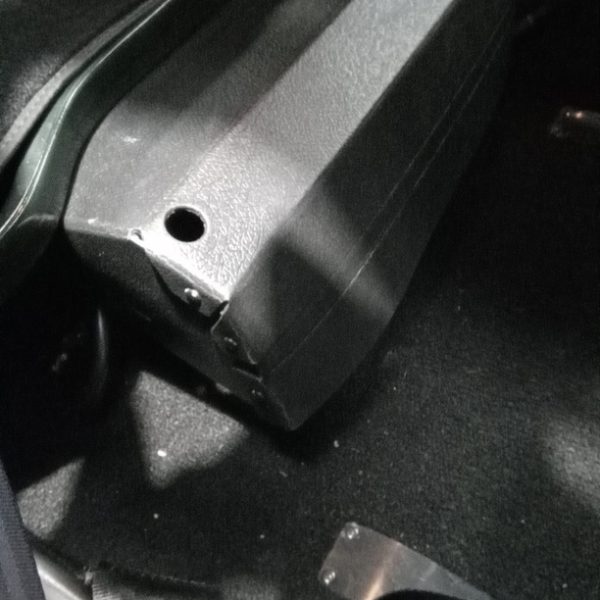



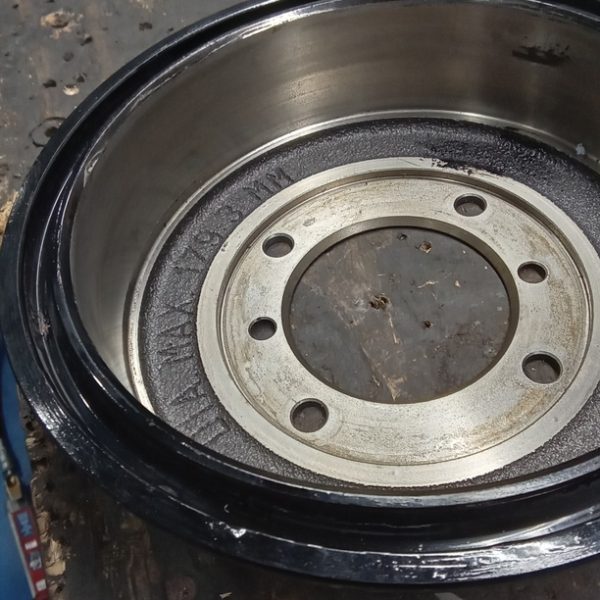
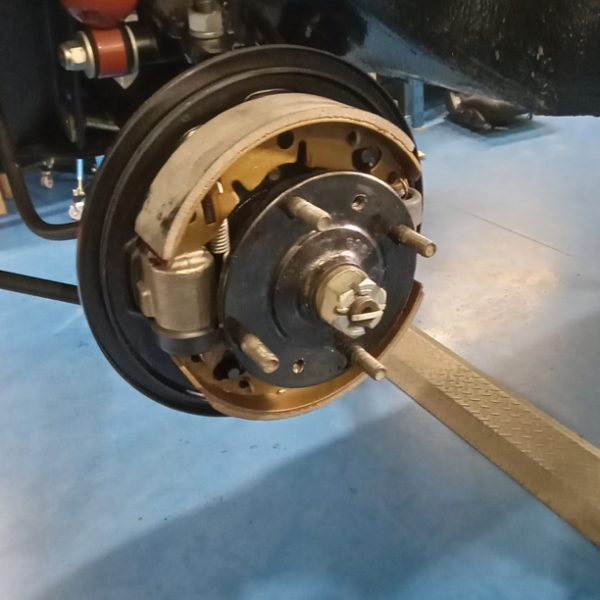

Jon cleaned the contacts and re-assembled before fitting back into the car and test through range – He reported back it is working fine now, refitting the unit back to the tank and put the fuel back in. After checking the guage, it now reads half a tank.

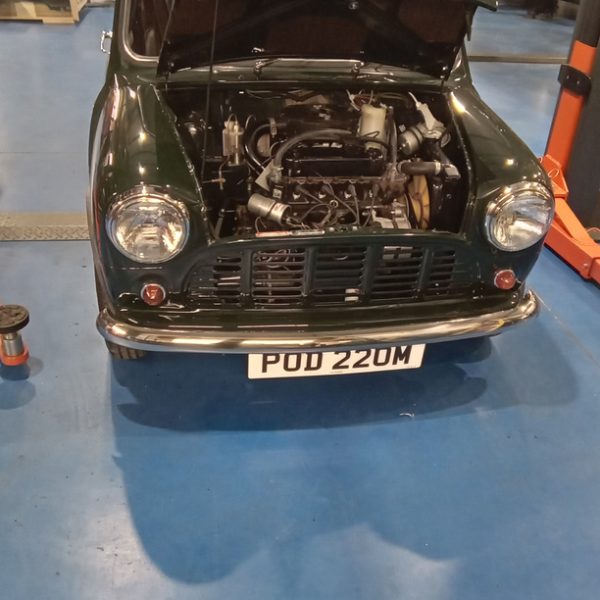
Finally he secured the battery, lubricated the sliding windows and then carried out road test.
After the road test and finishing the inspection, Jon carried out road test before returning to the workshop. On returning, he adjusted the passengers door lock, adjusted the idle speed and then road tested again with our trimmer Lydia in the back on the classic Mini van to pin point rattles which was traced to the rear door lock. Returning to the workshop, Jon removed the lock mechanism from rear door to strip and inspect. Using double sided tape with backing left on to remove any play from the mechanism rods. After opening up the mechanism, he found not a single ounce of grease inside mechanism – So thoroughly lubricate with grease and reassemble. Refit to door and test. No rattles now.
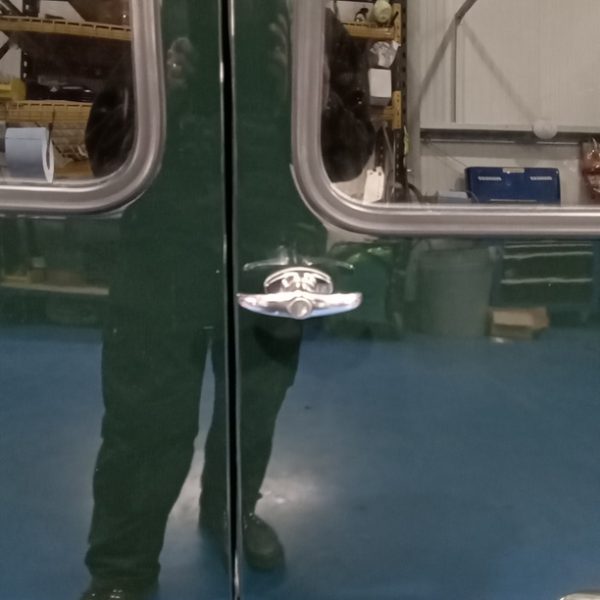
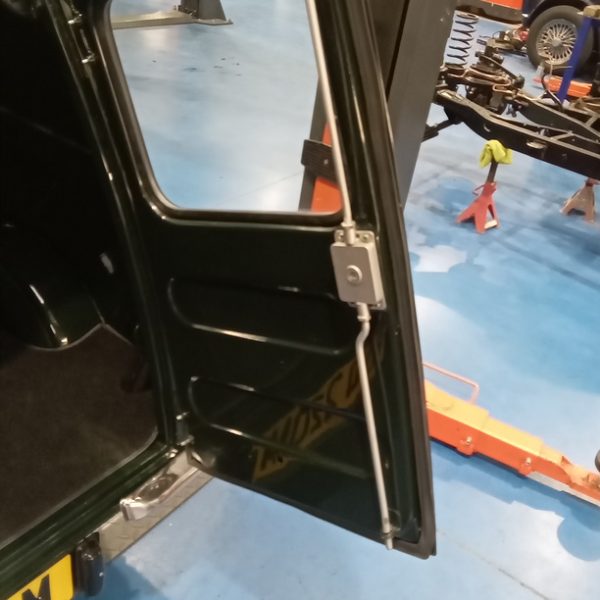
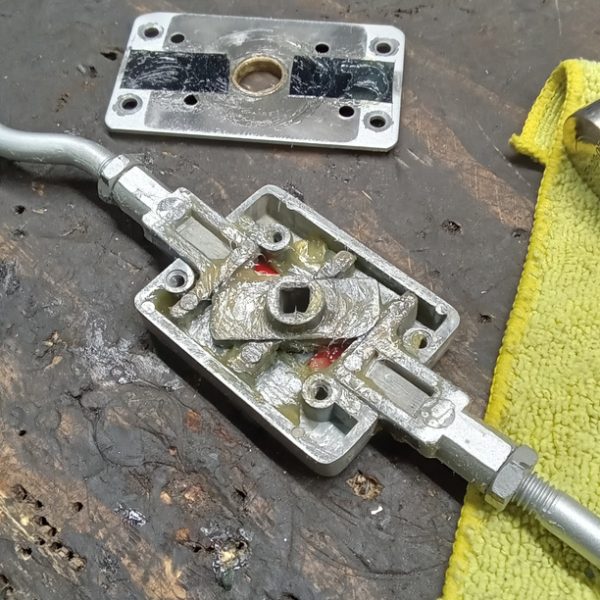
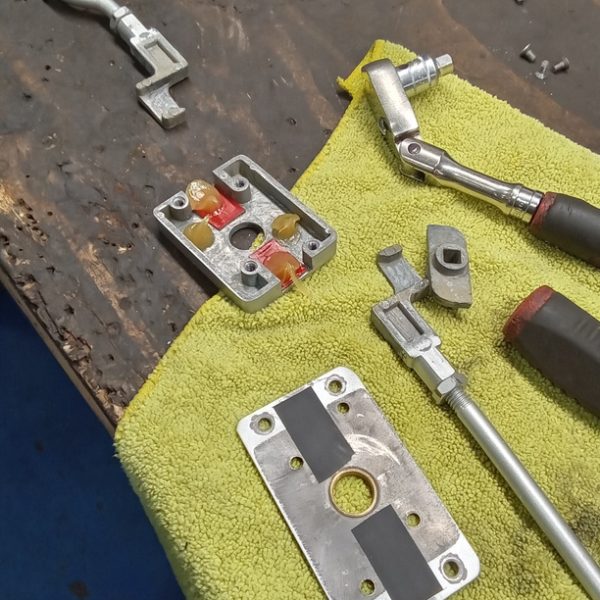

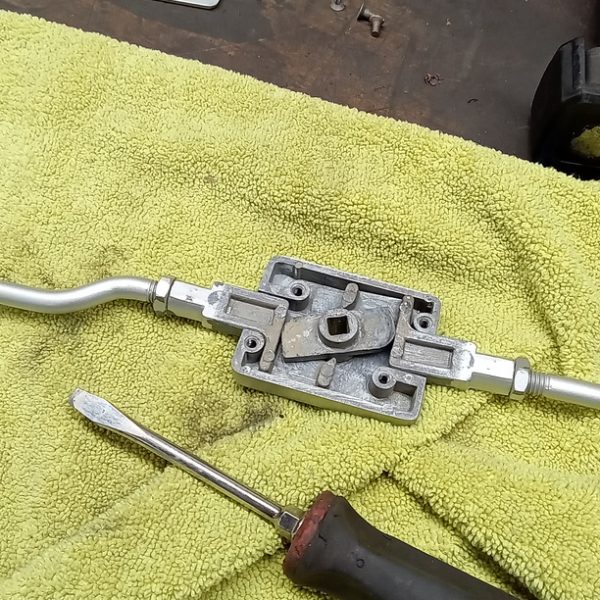
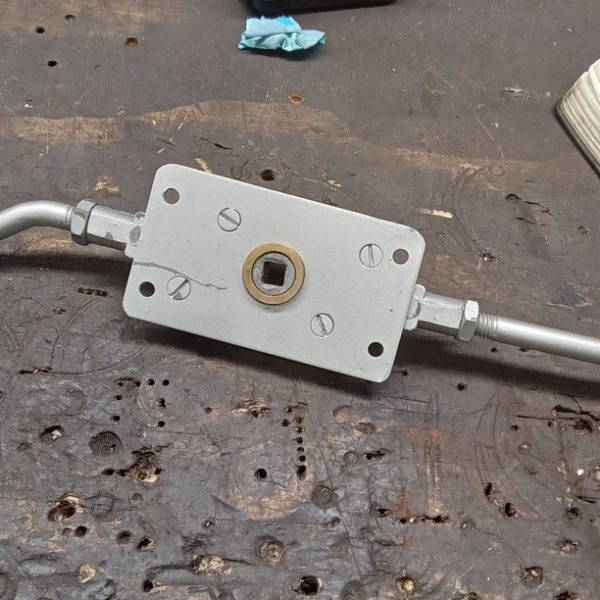
Our 1963 Vauxhall Victor recently went live on the Bridge Classic Cars Competitions website. As it is scheduled to be won very soon, Jonn has been making some repairs to make sure it is ready to go to the lucky winner.
He has removed the inline fuel filter, cleaned it out, blew it through, and refitted it to the car.
Jonn then stripped and removed the nearside front upper ball joint rubber. This was cleaned, and a new rubber boot was fitted and secured. After refitting the top arm to the hub and tightening using a new split pin, Jonn refitted the wheel and repeated the process for the offside front upper too.
The radiator was drained. and Jonn removed the top hose and ran water through the radiator and engine to flush out rusty brown water. Antifreeze and water were mixed to make a 50/50 mix. The pipe connections to the radiator were cleaned and a vacuum pressure filling machine was used to refill the system.
Jonn topped the antifreeze mix up with a small amount when he had finished before cleaning up and checking the anti-freeze content. Protection down to minus 18 degrees Celsius is now covered, as shown in the last photo of the refractometer sight glass.
A new washer pump was also fitted. To do this, Jonn had to re-drill the fixings as the new pump wouldn’t align with the old holes. He then cut and fitted the washer pipes and tested them. The washer jet aim was adjusted appropriately before all tyre pressures were adjusted to 26psi.

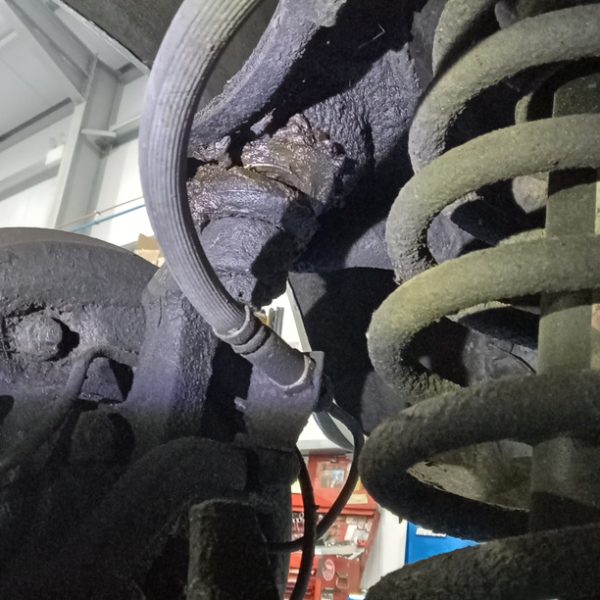
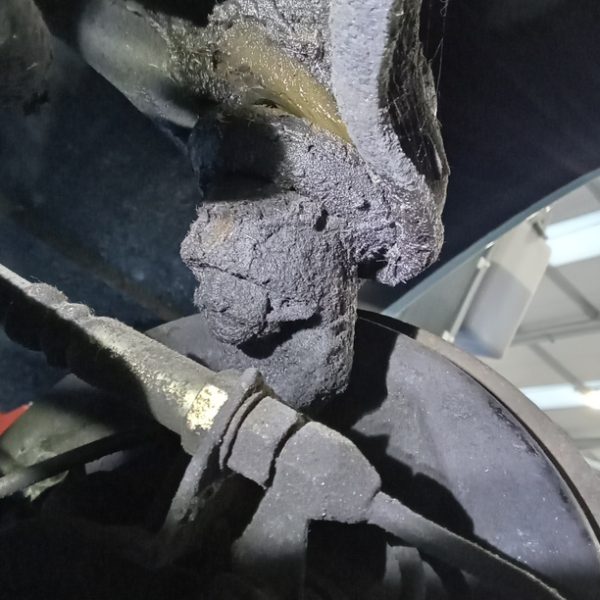

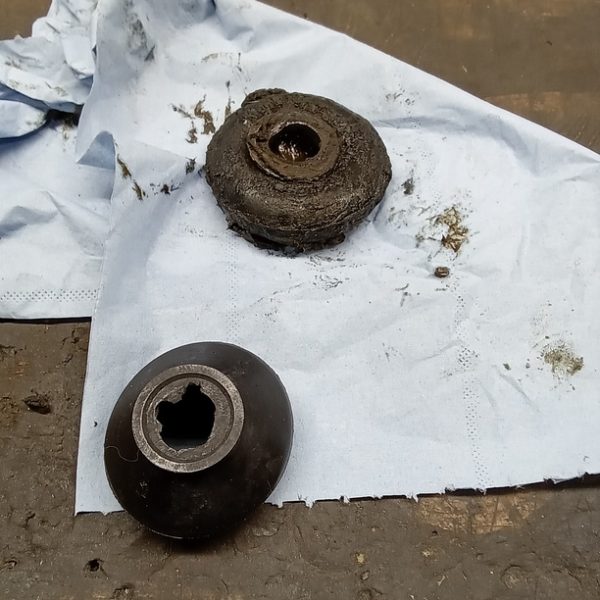
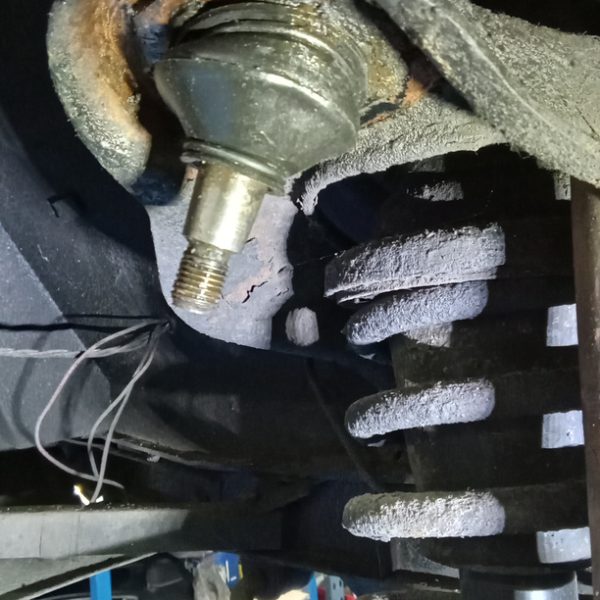
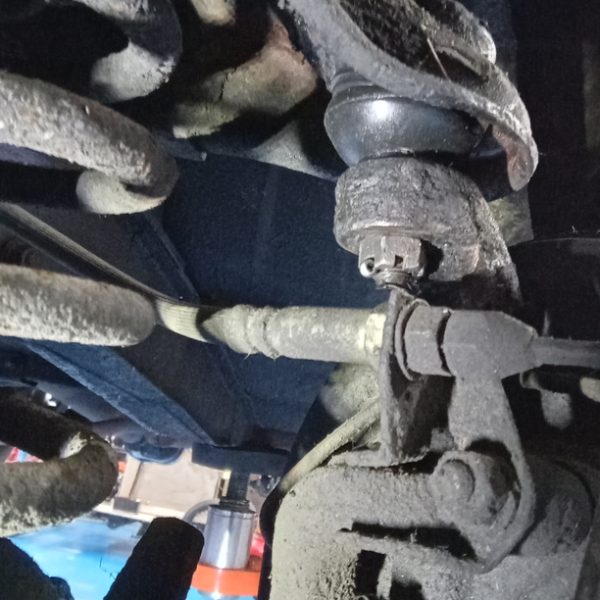
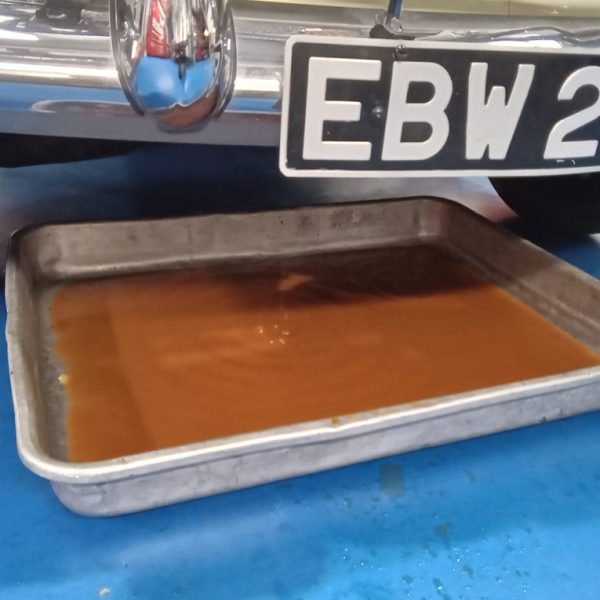


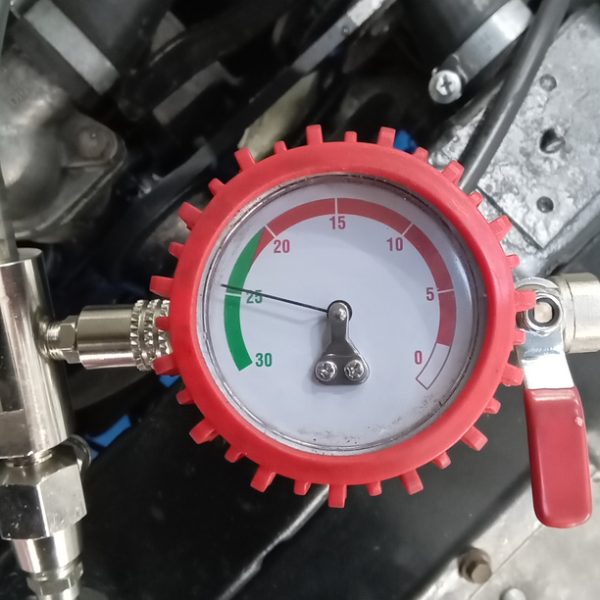

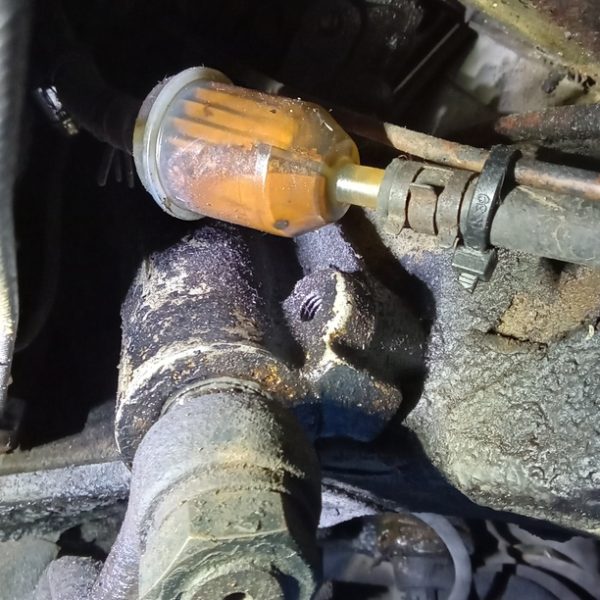



Our 1992 Toyota MR2 has been in the skilled hands of classic car technician Jonn. After he removed the driver’s seat for repair, Jonn disconnected the wiring under the seat before hoovering the space out ready for the seat to go back in once the repair is complete.
A new plastic weather shield was made for the door before the door panel was refitted. New screws were used at the bottom edge as the old ones were missing when the car arrived. Once the switch pack was reconnected, the window was tested and found to be working fine.
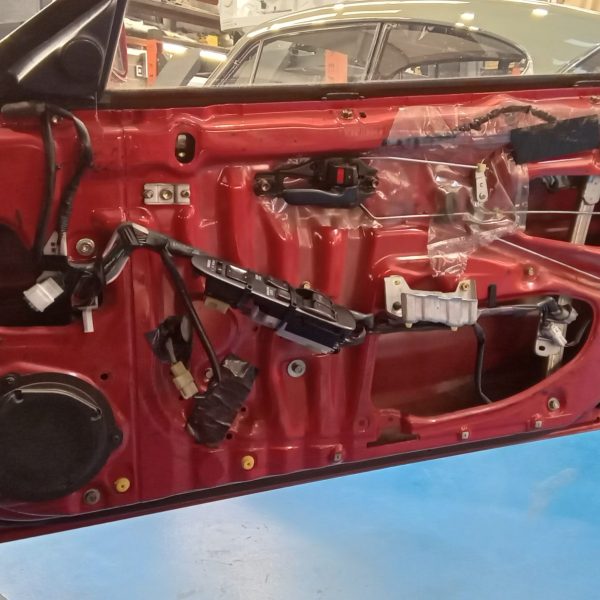
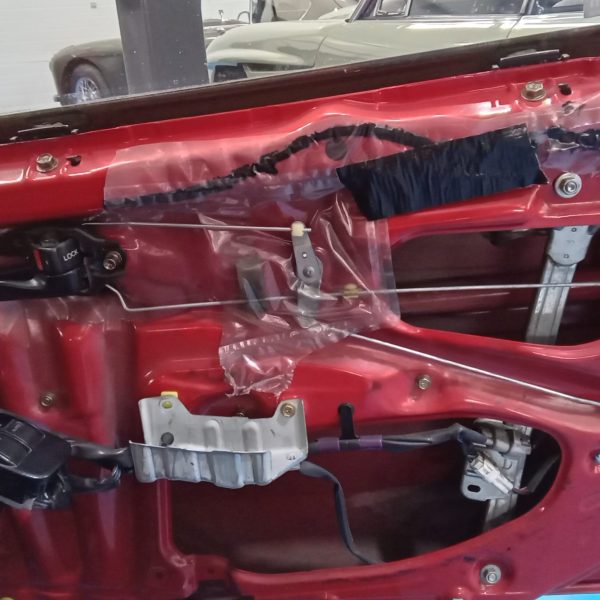
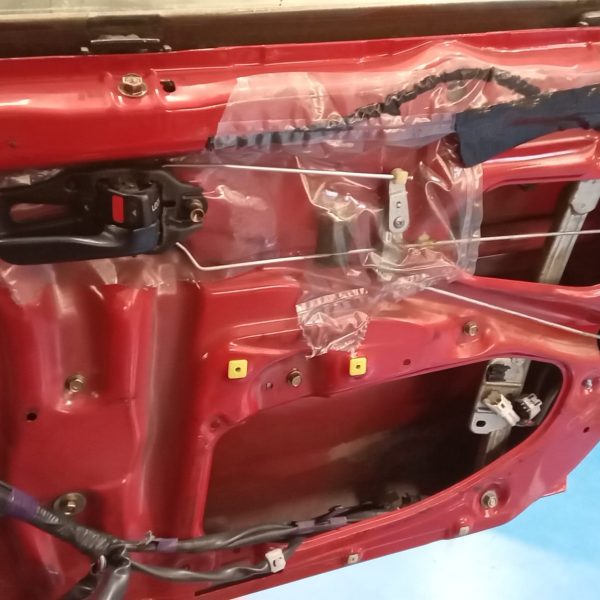

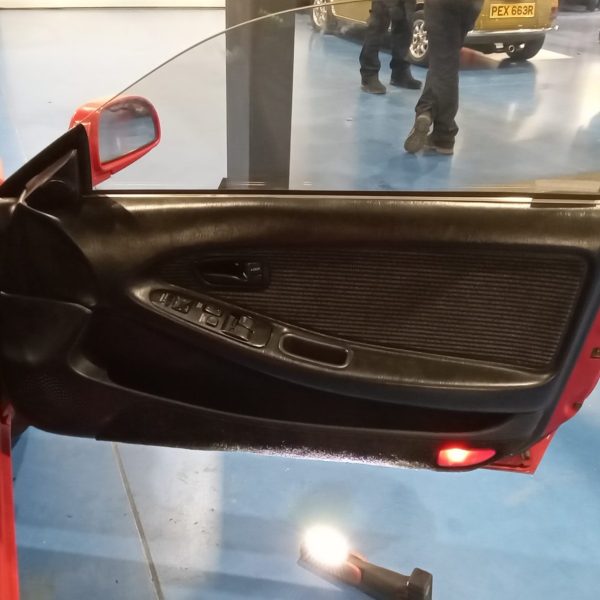
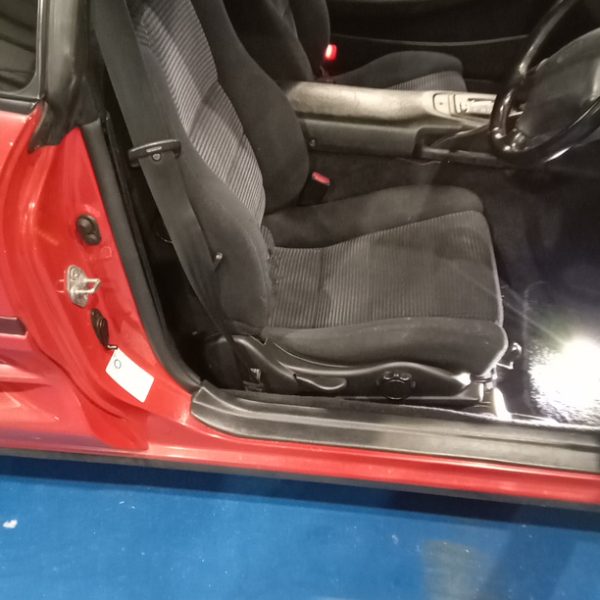

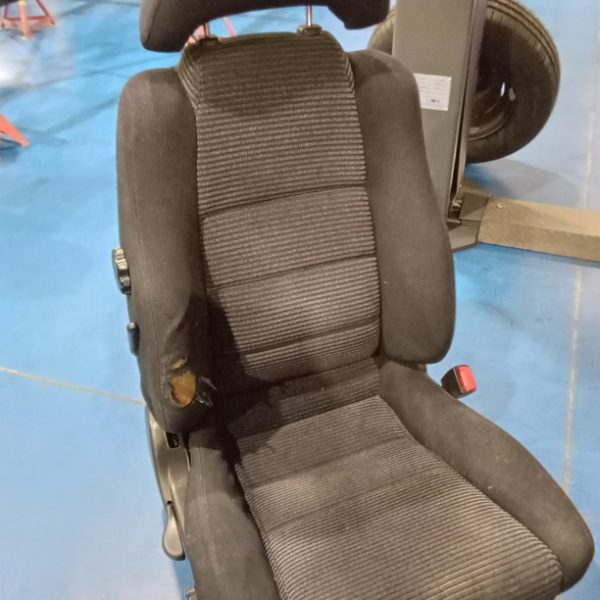
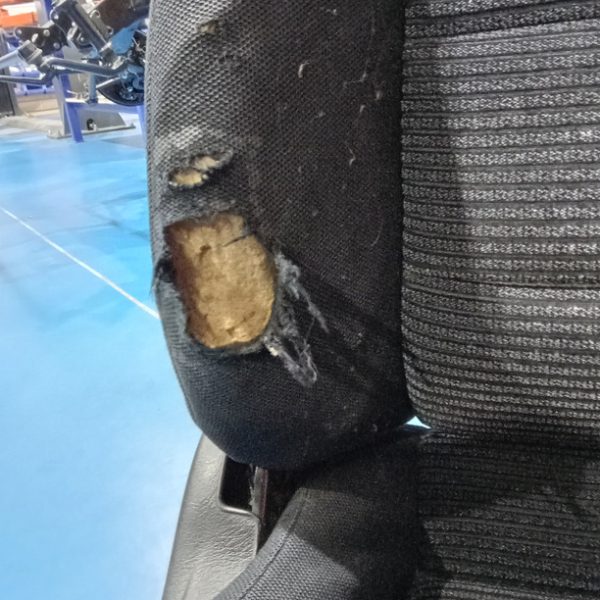
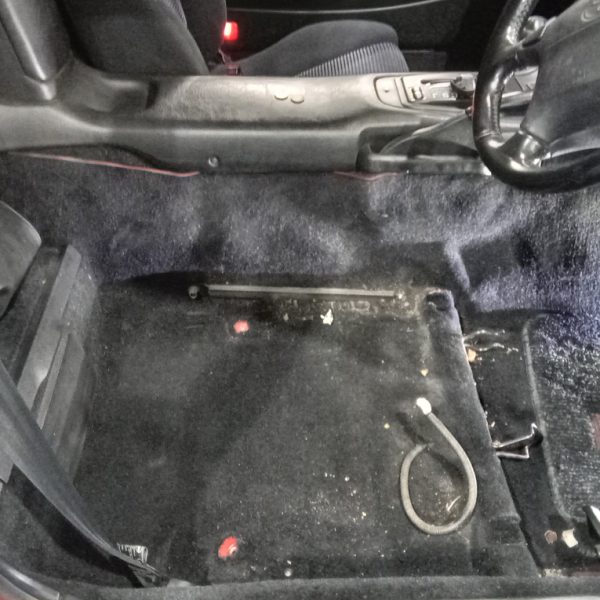
Tony wore his transport hat this morning as he carried the stunning Clio 2.0 16v Sport from one side of Suffolk to another. Normally our trailer is seen heading up and down the motorways travelling the length and breadth of the country so a local trip today made a nice change.


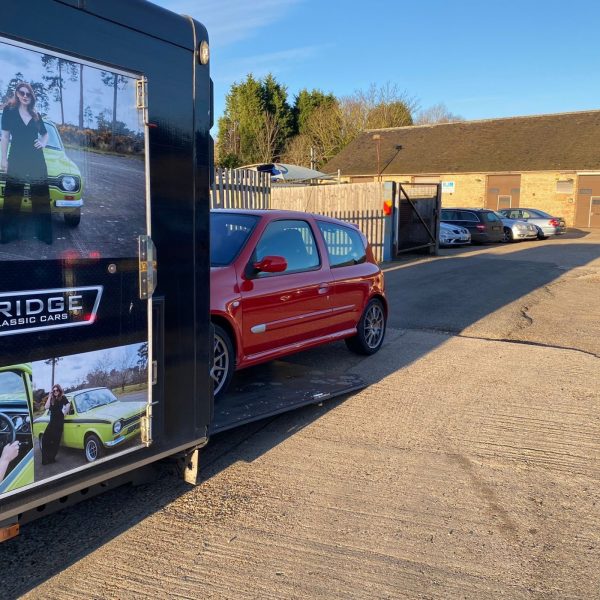

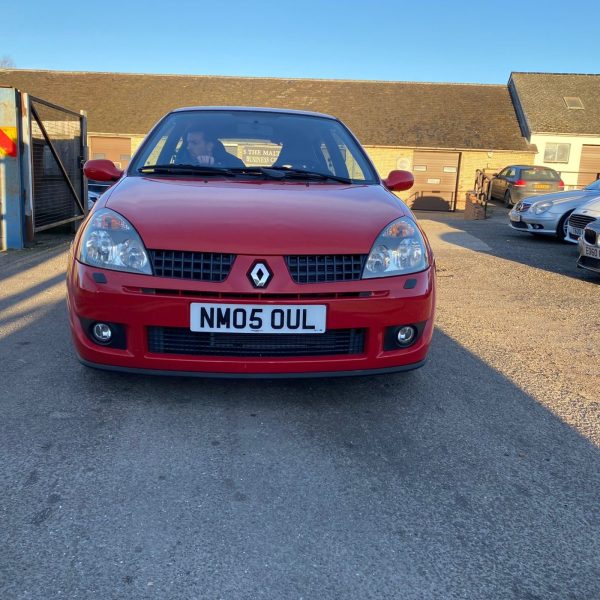


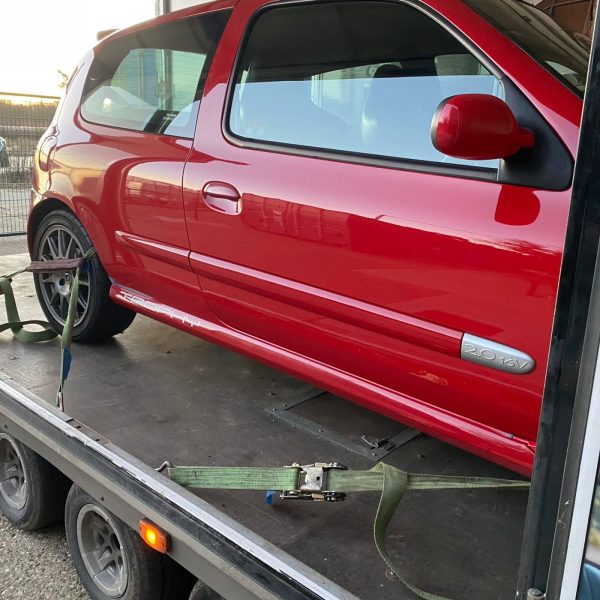
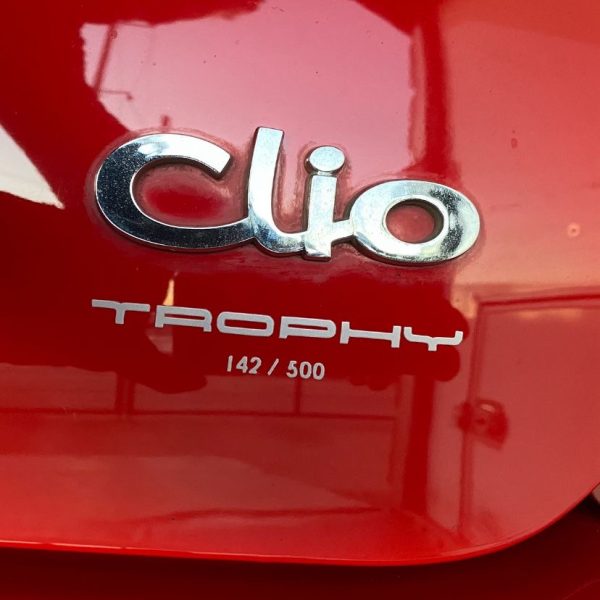

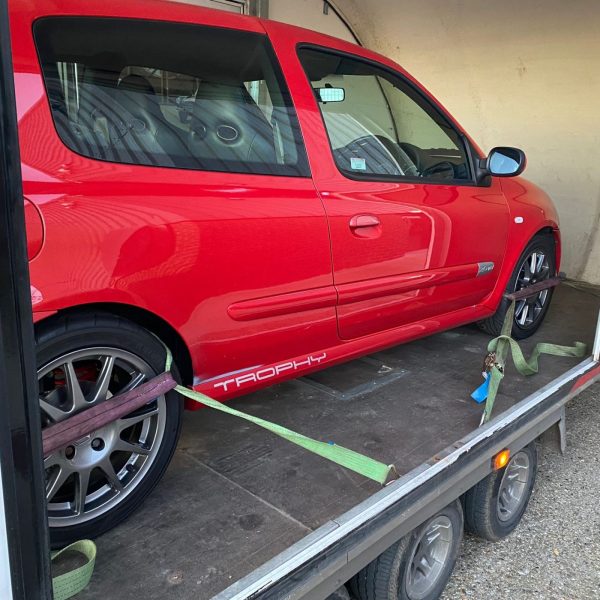
Bramble Energy have recently achieved what will likely to a history-defining moment in the marine world, with the launch of the world’s first hydrogen-electric boat, powered by a printed circuit board fuel cell (PCBFC™).
As the lead partner in the HyTime project, Bramble Energy, in collaboration with custom engine builder Barrus, unveiled the prototype vessel to demonstrate the huge potential of PCBFC™ to quickly and cost-effectively decarbonise the marine industry.
The 57ft narrowboat was launched in Sheffield, Yorkshire. It successfully completed testing, emissions-free, using a custom marinised fuel cell system. This fuel cell setup has the potential to provide the boat with a range of approximately 600 miles; coming from its 14kg onboard hydrogen storage, with additional power from solar panels on the boat’s roof feeding into the 22kWh battery system.
Securing close to £1 million in Government funding from BEIS (now the Department for Energy Security and Net Zero – DESNZ) in 2022, Bramble Energy got to work on the development of its hydrogen fuel cell technology, which could be a replacement for diesel engines in boats.
Built in Sheffield, Bramble engineers created a brand new hydrogen system tailored to meet marine standards. This technology holds the potential to save up to 12 tonnes of CO2 emissions per year for each vessel using it.
The maritime industry contributes a staggering 940 million tonnes of CO2 annually, accounting for about 2.5% of global greenhouse gases. To address this, the Clean Maritime Plan mandates new vessels to possess zero-emission capabilities starting in 2025. This project aimed to showcase how the adoption of hydrogen as a fuel source could aid this transition, extending the range of pure battery systems while eliminating dependence on fixed charging infrastructure.
Tom Mason, co-founder and CEO of Bramble Energy said: “While road transportation has arguably had the greatest amount of attention in terms of developing zero-emission solutions, the reality is there is a massive urgency to decarbonise across all transportation sectors – especially marine. CO2 emissions from the marine sector are staggering. It requires a quick, convenient, cost-effective technology that also provides no compromise when it comes to performance.
In a short amount of time, we have designed, developed, built and launched a working demonstration of our PCBFC™ technology within a marine application. Our solution has the ability to meet a range of power needs and is easily scalable, which is the exact catalyst the industry needs to make a seamless shift to hydrogen to quickly meet emissions regulations and contribute to greener and cleaner waterways.”
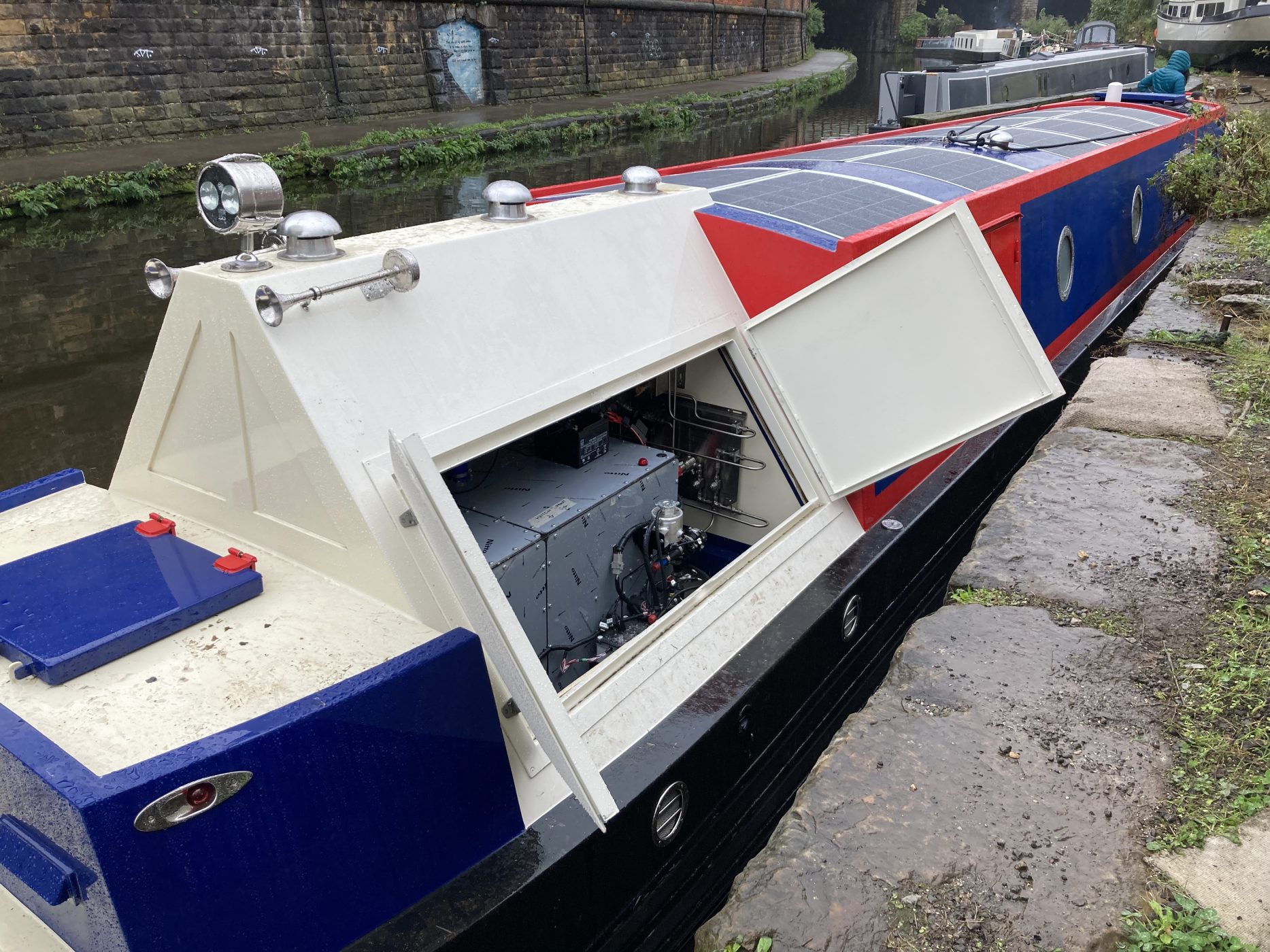
Sea water contains calcium and magnesium, which will foul up the plates with carbonates which reduces efficiency until it cannot produce hydrogen. We have a solution. Email john@fluid-conditioning-services.com
It would require more power to generate the hydrogen than you would get from reacting it in a fuel cell or burning it. Hydrogen is a convenient source of energy for vehicles, but it would have to be produced in a stationary plant to be efficient. It could be produced using solar power, but that would not be feasible with the size of arrays that are fitted to boats, and in which case you may as well just use the power direct or use it to charge batteries!
How quickly will the Hydrogen fuel be available and what is the “per mile “ cost of using this fuel?
What are the costs of this system?
What will installation and certification cost?
Will this be certified for full time live aboards?
How long will this type of system last? Diesel engines last a lifetime.
Dirty hydrogen (created from natural gas) costs between 1.5 to 5 € per kg, clean hydrogen is about € 5 to 8 per kg.
I’m looking at Hydrogen for a project
please could you contact me I’m interested in what you have done
The Clean Maritime Plan itself does NOT mandate new vessels to possess zero emission capabilities by 2025, and explicitly says so.
To quote from it, page 6 paragraph 8:
“These zero emissions shipping targets are intended to provide aspirational goals for the sector, not mandatory targets. They can only be achieved through collaboration between government and industry, promoting the zero emission pathways that maximise the economic opportunities for the UK economy while also minimising costs for UK Shipping ”
paragraph 10
“In order to reach this vision [ In 2050, zero emission ships are commonplace globally] by 2025 we expect that :
i. All vessels operating in UK waters are maximising the use of energy efficient options. All new vessels being ordered for use in UK waters are being designed with zero emission propulsion capability. Zero emission commercial vessels are in operation in UK waters. ”
Thus the document merely sets out aspirations, not mandatory requirements. Perhaps legislation might get, or might have got, enacted to give effect to the 2025 date, but the Green Marine document is not itself the law, and explicitly states that it does not mandate anything .
YES FOR BIG TRANSPORT BOATS, WOULD BE BETER SMALL MODULAR REAKTOR TO PUSH IT.
Electricity is needed to generate Hydrogen. What is the disadvantage to use the recently developing dry-batteries?
I THINK THIS A GOOD LEAP FORWARD ,BE CAFULE THE LARGER FUEL INDUSTRIES DONT CRUSH YOU ,TO MANY GREAT IDEAS GET DISAPPEARED.
Interesting. It must be remembered that producing hydrogen is a very energy intensive and currently carbon intensive process. Green hydrogen, produced by renewable electricity is better but very wasteful of renewable electricity and there is already a huge demand for hydrogen in the chemical and steel industries.
Hydrogen storage is not easy and wasteful.
However, maybe it’s got better energy density than batteries.
I’d like to see the figures.
Good day. I really enjoyed your article and would really appreciate some more information. Kind regards Geoff
Although it will work this is a nonsense both scientifically and financially in a canal boat. Producing hydrogen by steam reforming natural gas (the current method) uses huge amounts of thermal energy and produces lots of CO2 so is little, if any, better than using a diesel engine. Electrolysis (only ‘green’ if the electricity comes from renewable sources) is about 70% efficient and the fuel cell will be about 50%. Add in an allowance for carriage (a massive Hydrogen tanker carries just 1 tonne of Hydrogen) and you finish up with about 30% of the original electrical energy available to propel your boat. Cost is rather harder to pin down but Hydrogen currently seems to cost £10-15/kg, 2.5-3.5 times that of hydrocarbon fuels on an equivalent energy basis. I have been unable to find a price for electrolytic Hydrogen but you can be quite sure that it will be a lot more expensive. Far better just to pass the electricity through wires and store it in batteries. Where Hydrogen might have an application, mentioned in the article but largely overlooked by the responders, is in ocean-going ships where battery powering isn’t an option.
Towards the end of our New Year’s Car Meet, we handed our 1970 MGB Roadster back to its owners.
After spending some time in the Bridge Classic Cars workshop, it was great to see the happy owners here with us, taking their car back where it belongs.
Our 1964 Triumph TR4 has recently arrived at the Bridge Classic Cars workshop.
This is one of the latest classics to come to us for a full restoration.
Once work begins, it will be exciting to see the car slowly come back to life.


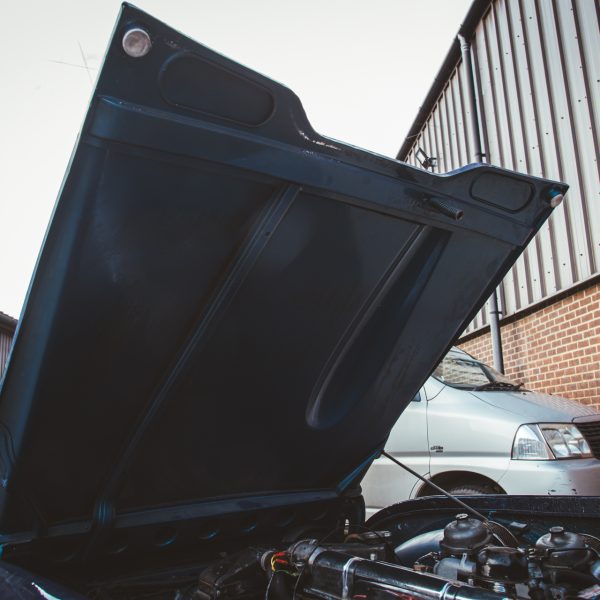
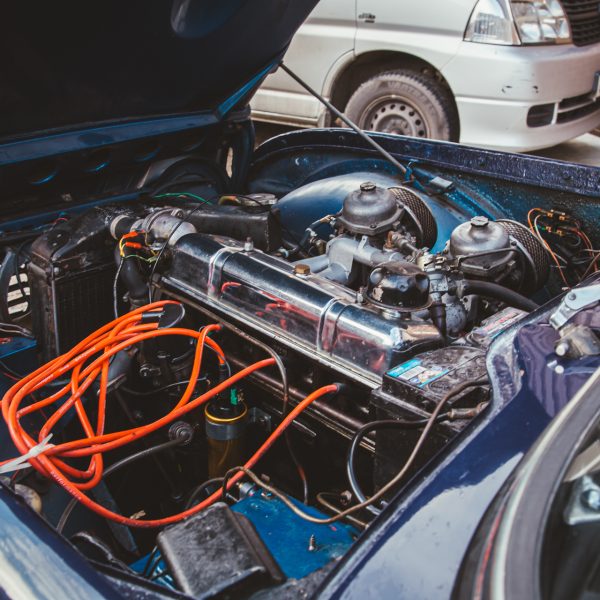

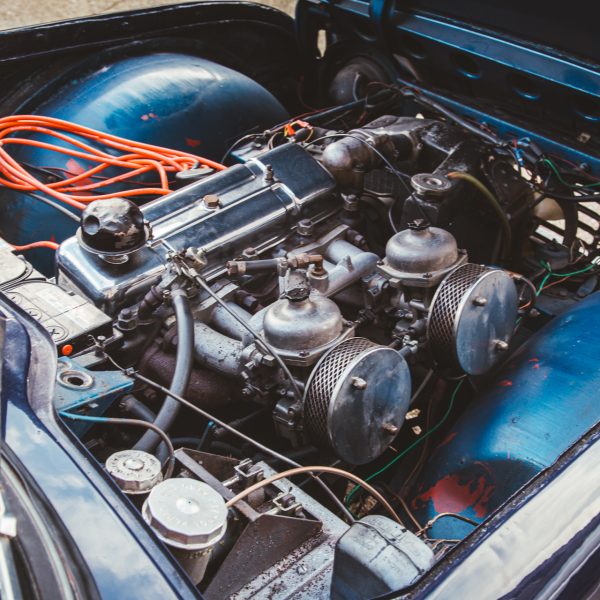
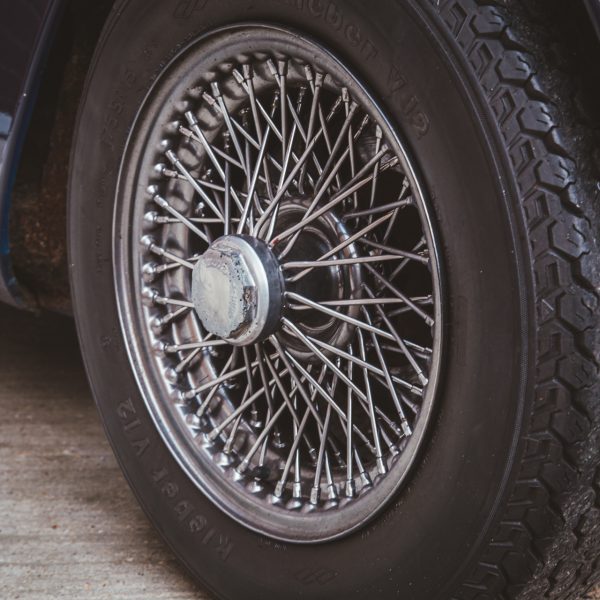
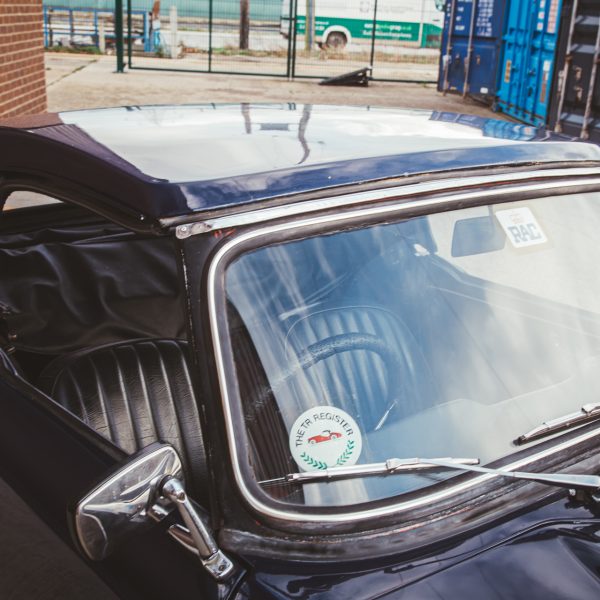

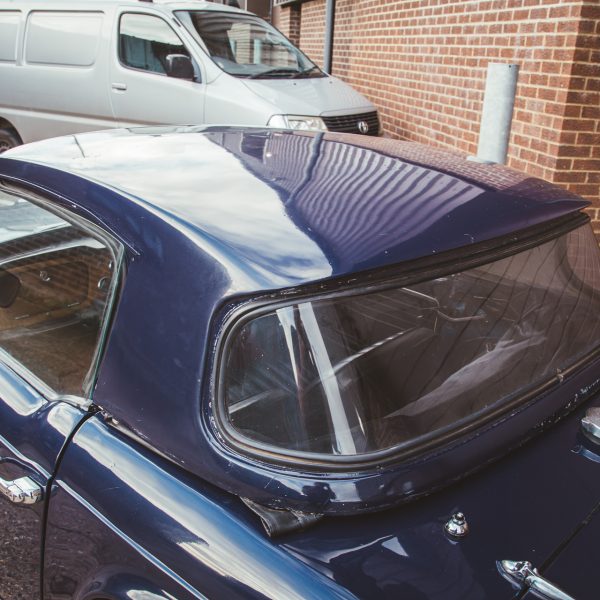
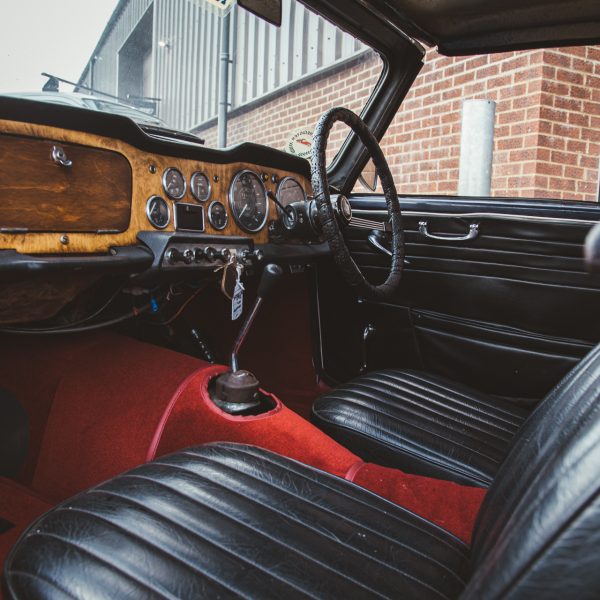
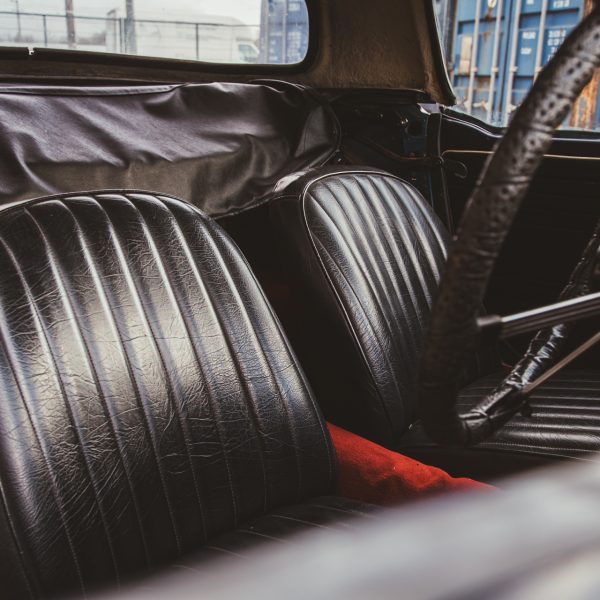
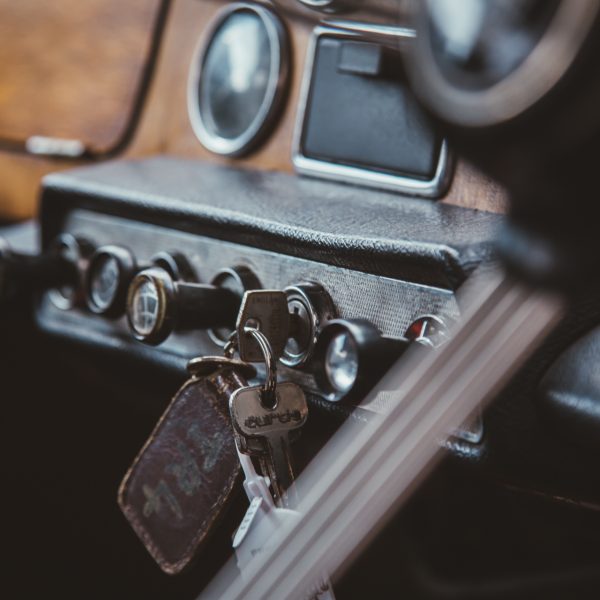
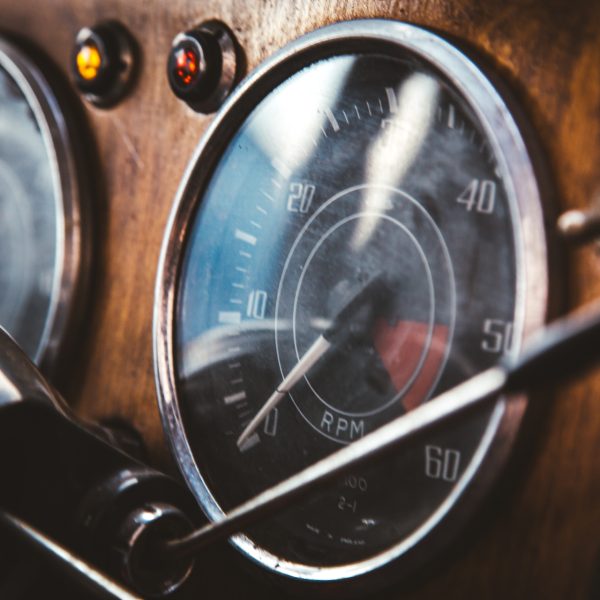
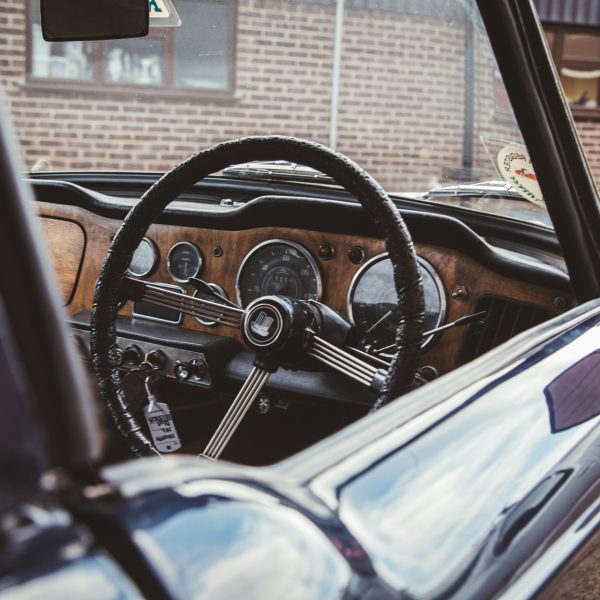


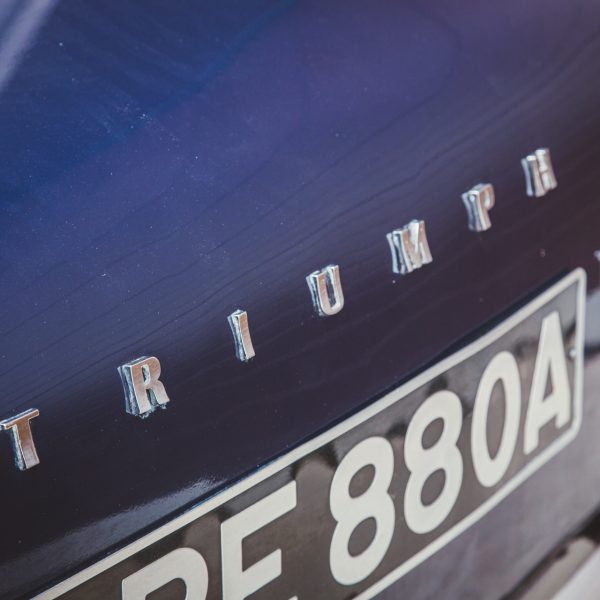
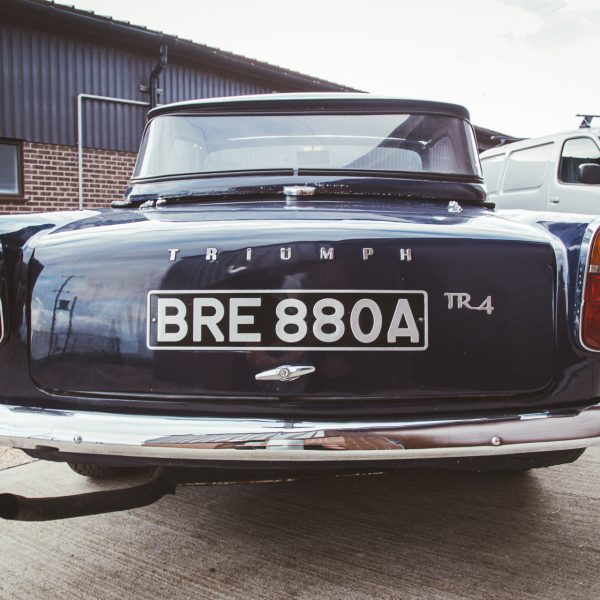
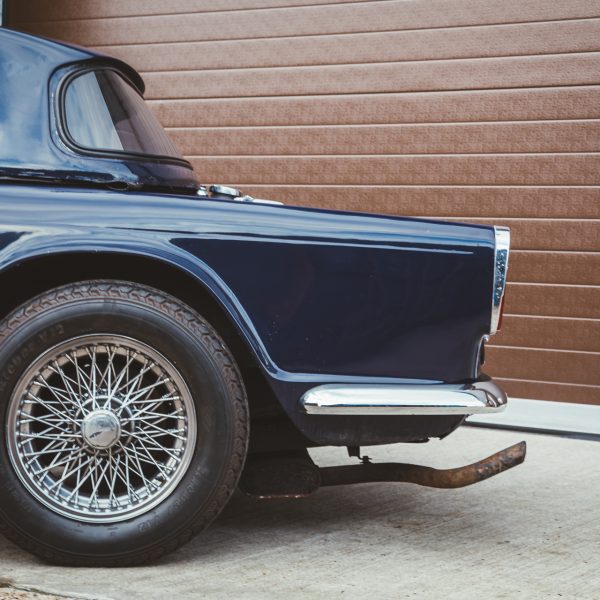

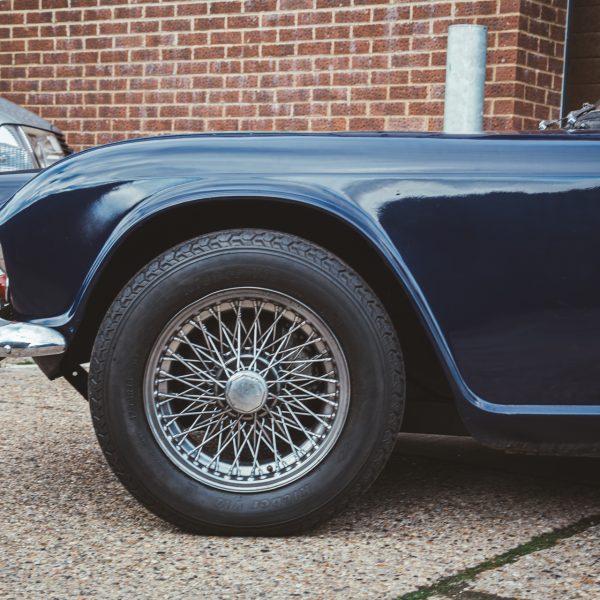
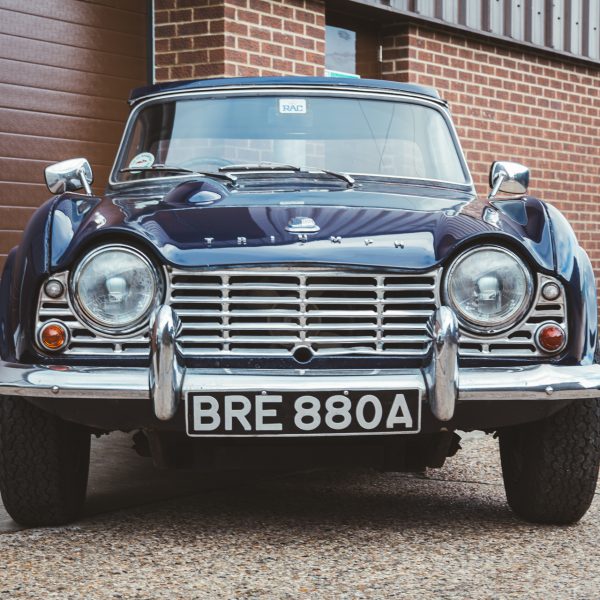
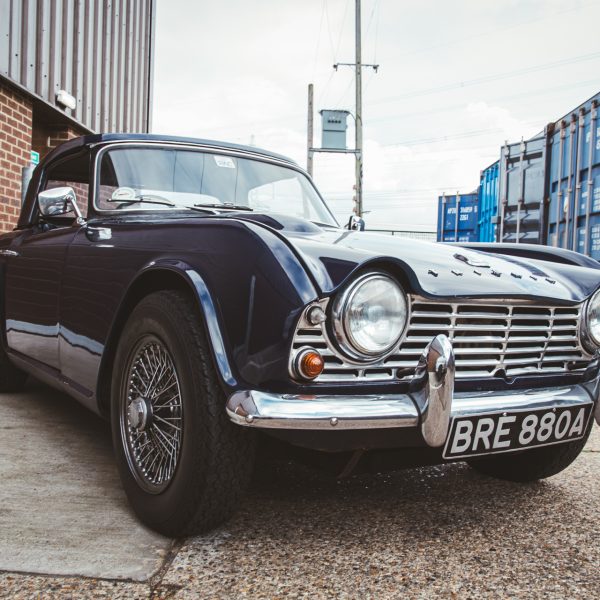
Bicester Heritage held its first Scramble of 2024 with a sell-out event on Sunday, January 7th. More than 6500 people attended, despite the cold weather, and were treated to an incredible display of classic and supercars. It’s not very often that you can see an Aston Martin Valkyrie alongside Model Ts and Austin Sevens!
We are fortunate enough to work with Caroline from Global Workshop, who provide us with our restoration management software. Caroline attended the first Scramble of 2024 and was kind enough to send us some pictures of the event.
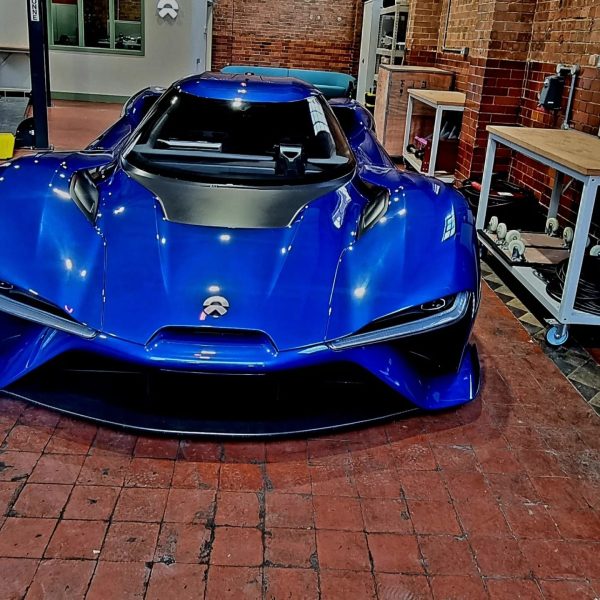

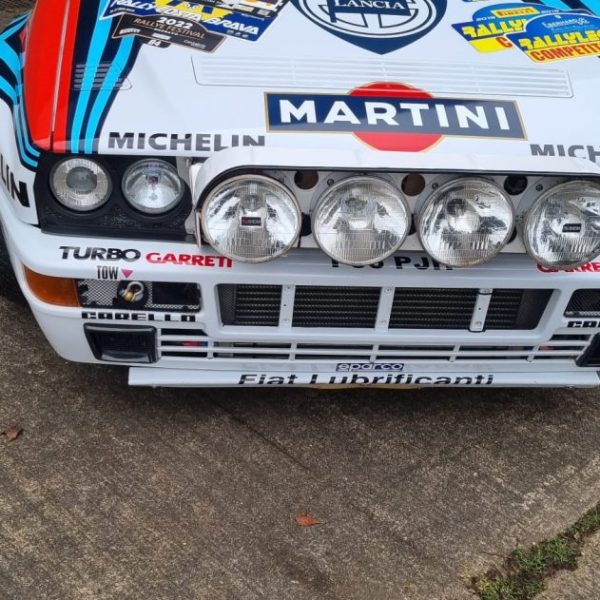

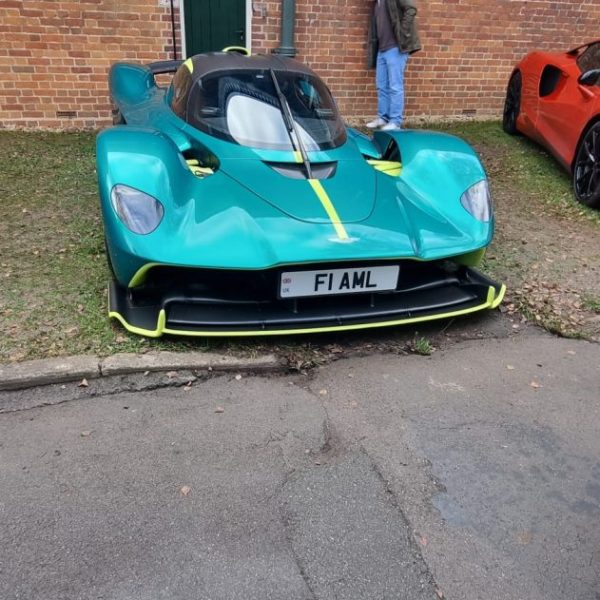
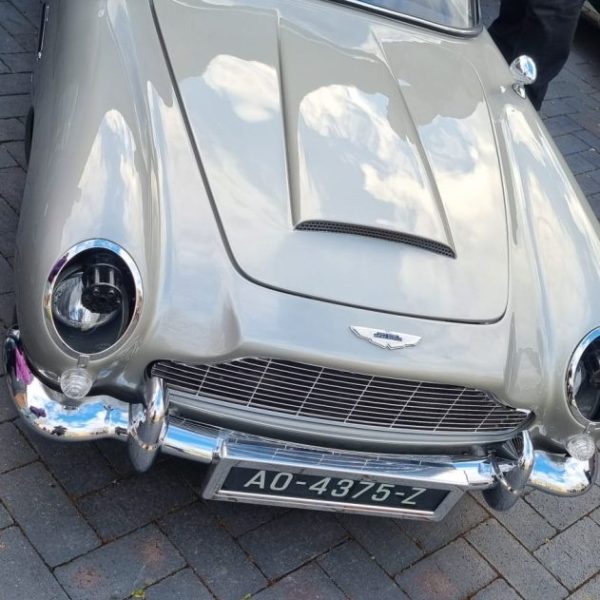
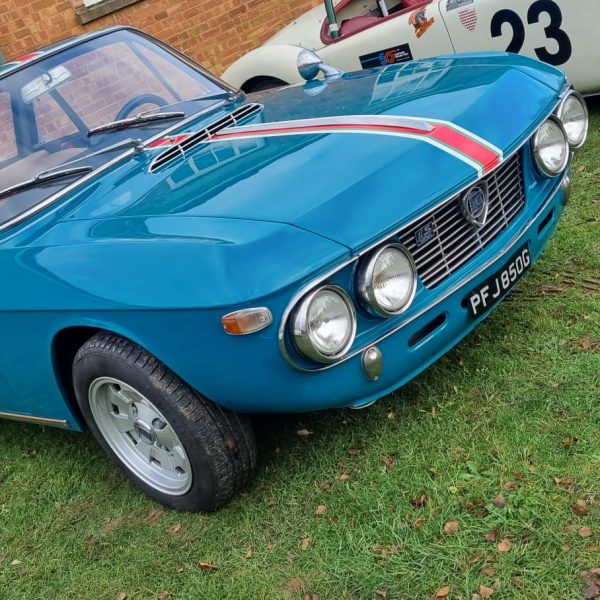
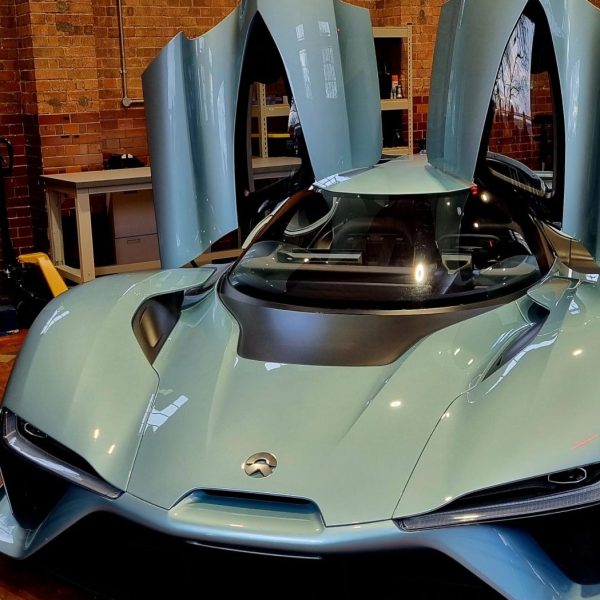
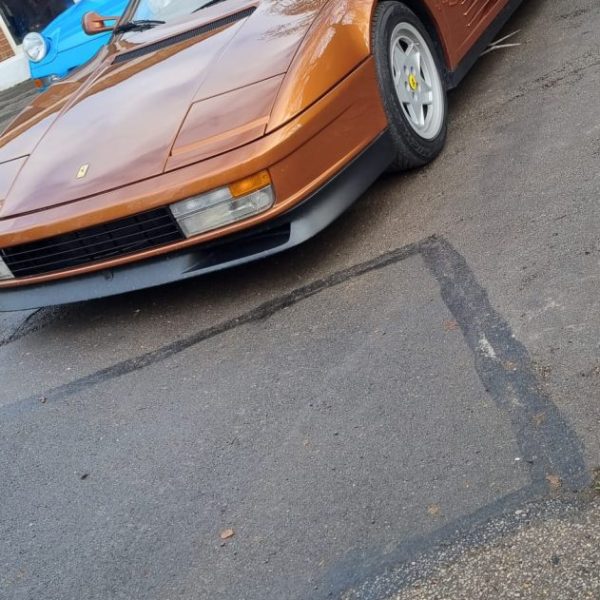
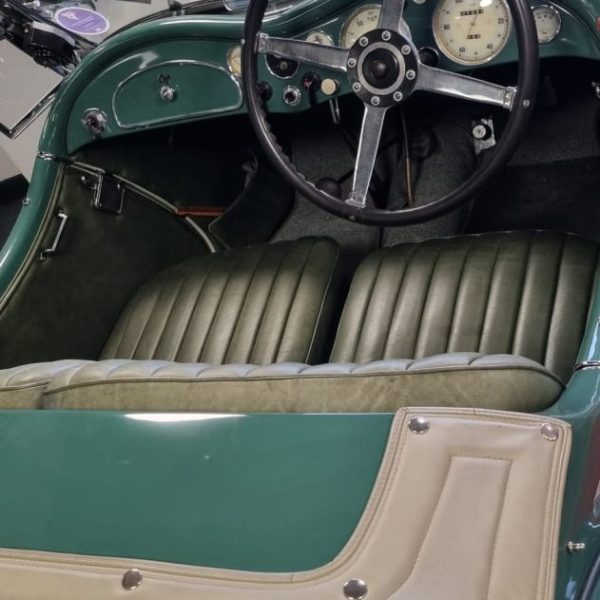


Thank you to all of you who turned out to attend our New Year’s Car Meet on Sunday, it was a cold but dry morning and we were astounded by the variation in cars. We had nearly 200 visitors with a variety of cars, some over a century old to modern daily drivers.

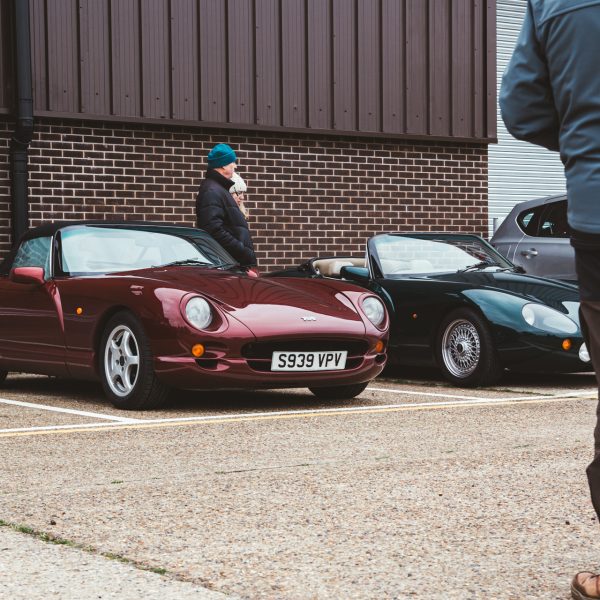

The Atelier Bar was open for hot drinks and pastries and we offered bacon sandwiches with delicious bacon from E W Revett & Sons Butchers, based just down the road in Wickham Market, and fresh bread from our friends at The Bakehouse Bakery Woodbridge.
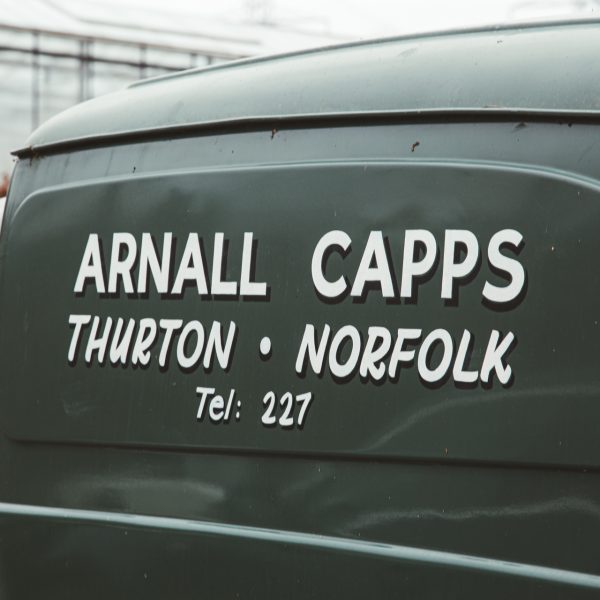


Events like this display the comradery amongst the local classic car community with people swapping stories and advice about their experience with classic and modern cars.
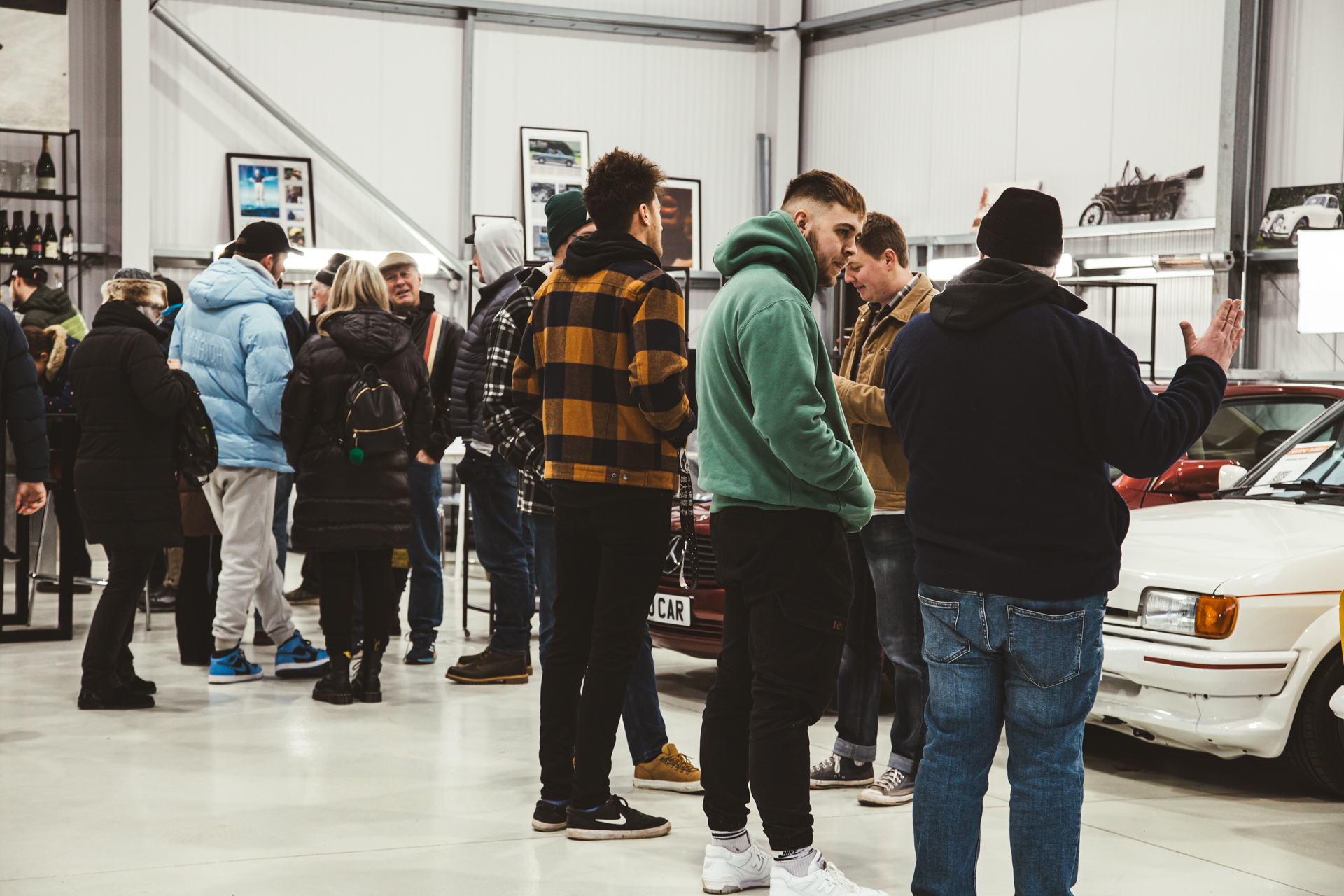
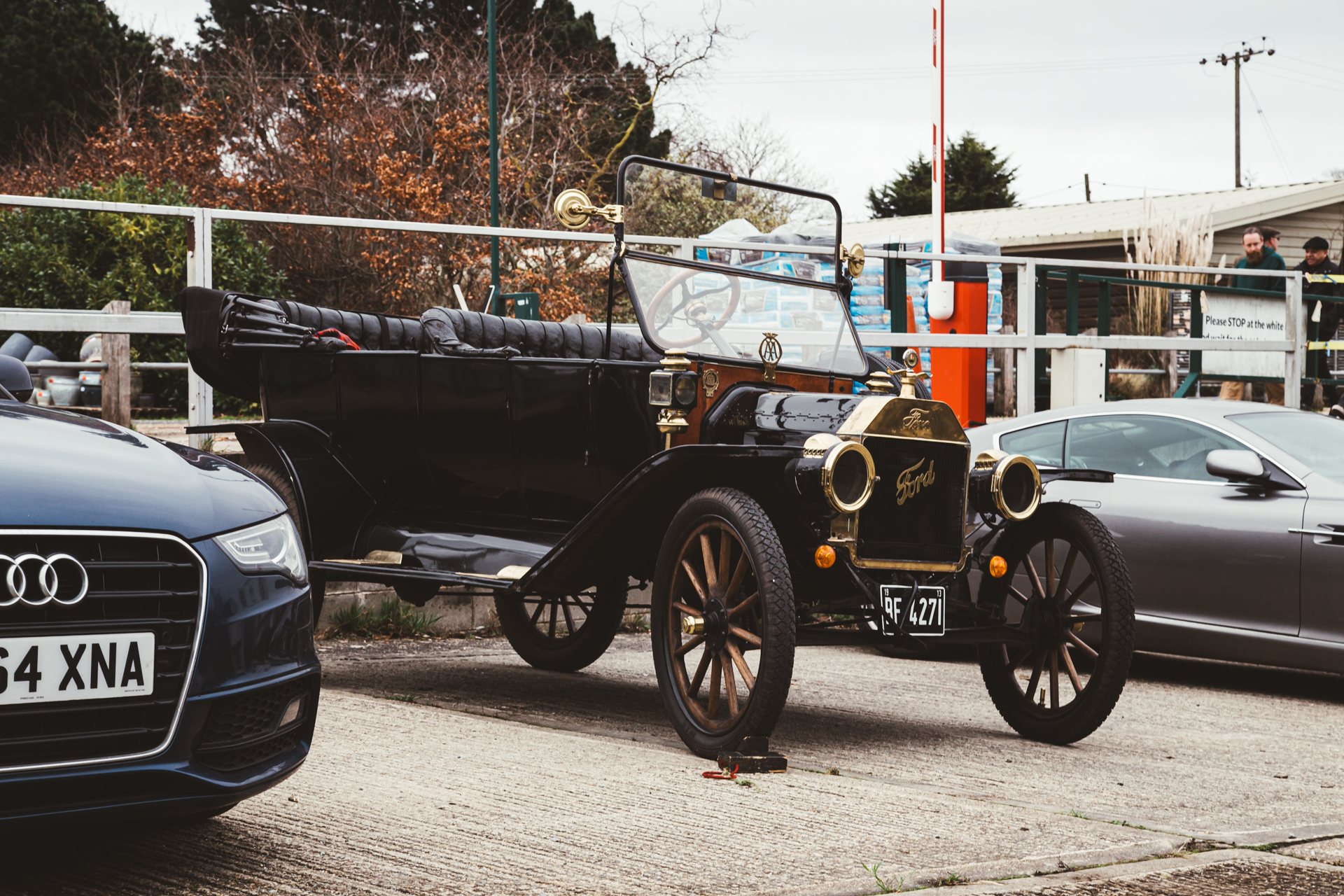
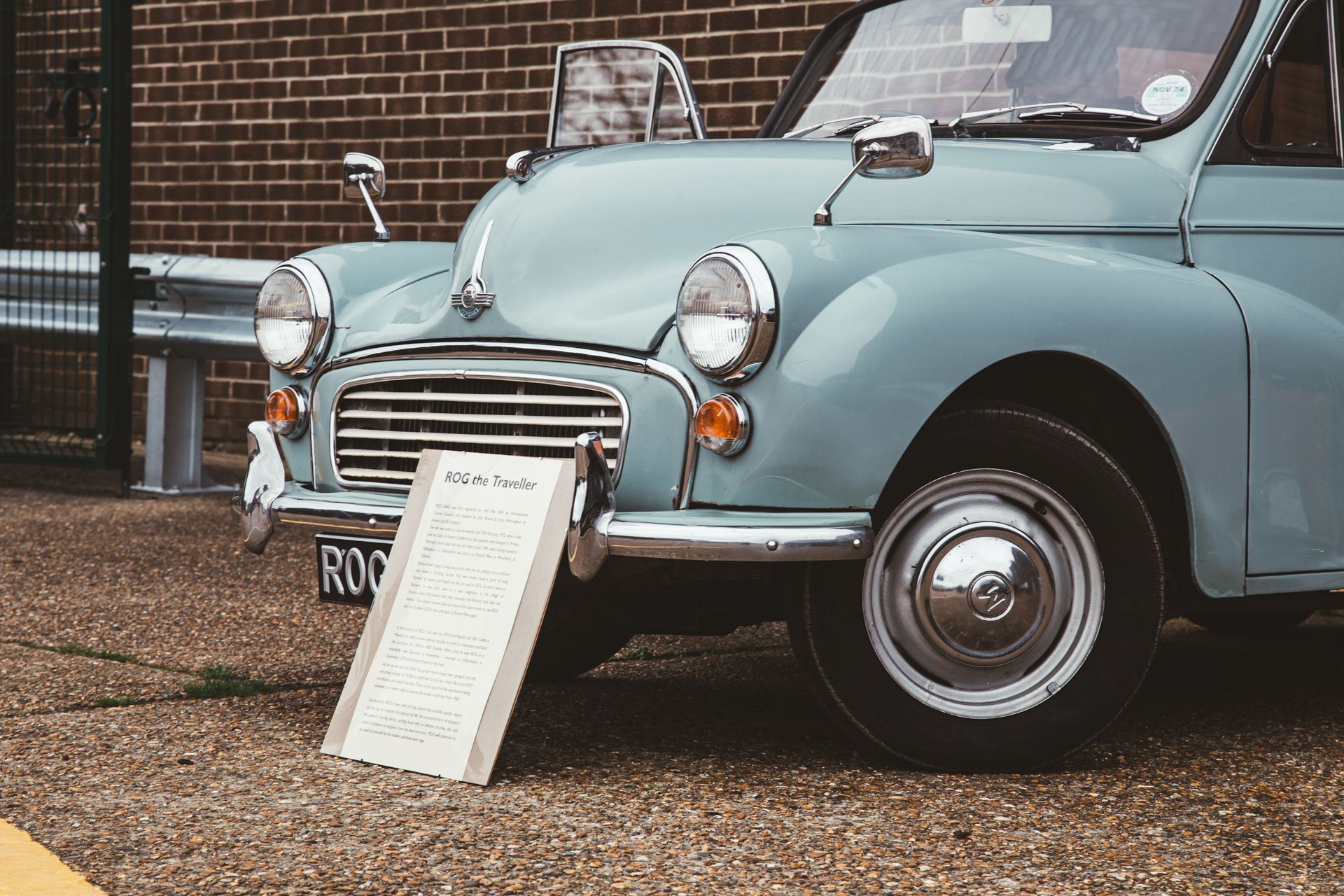

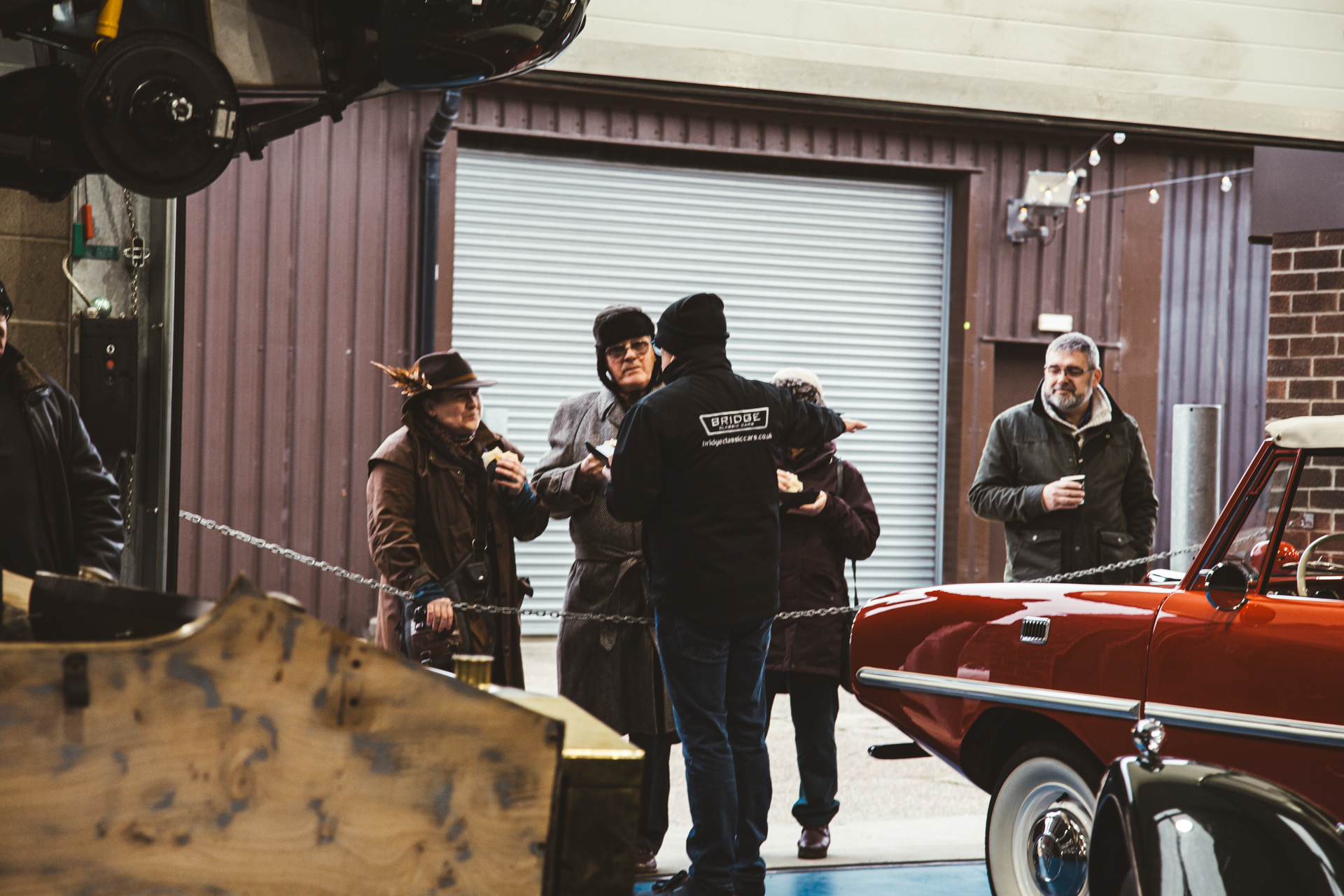
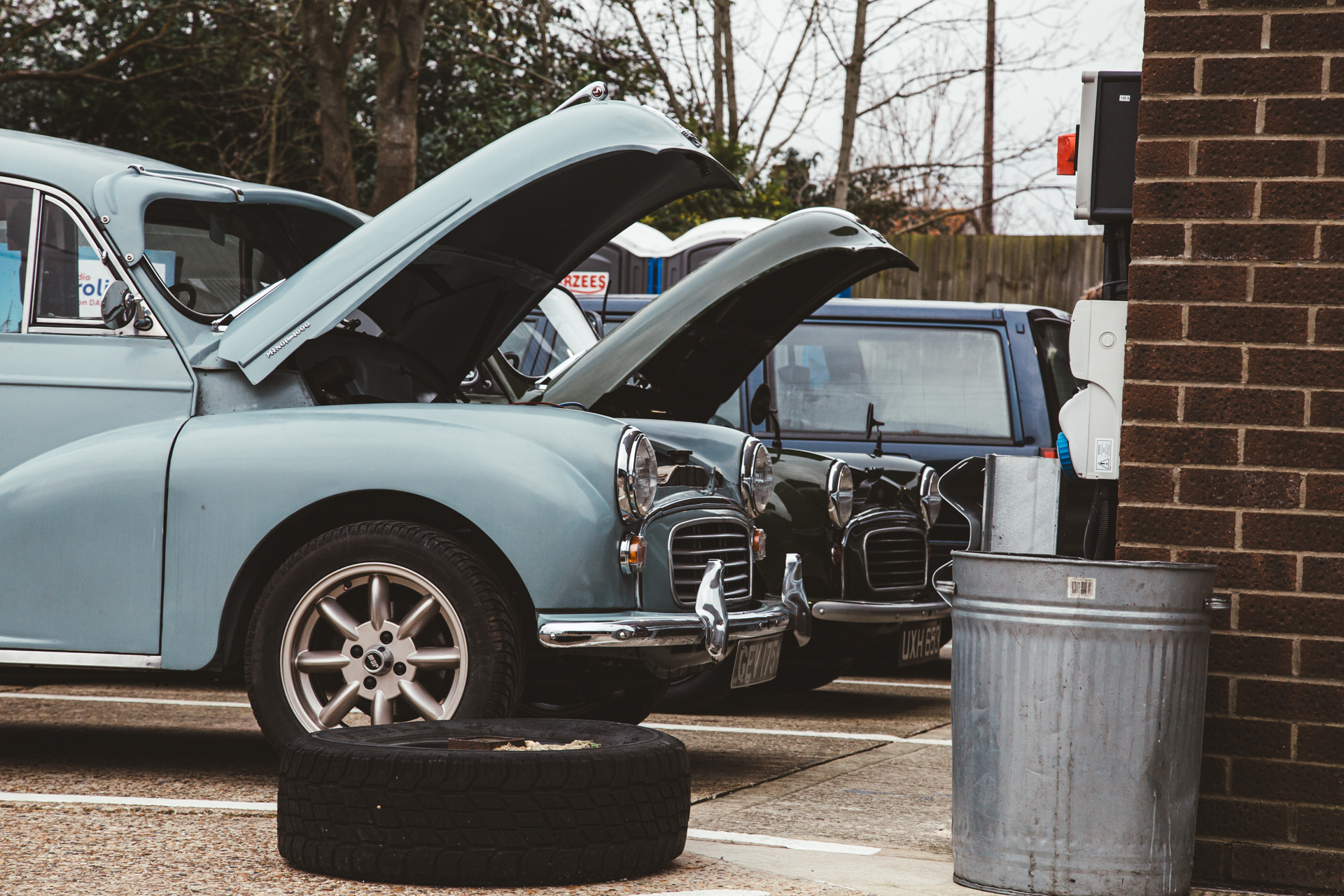
Mauro has been painting various parts of our 1975 Cobra Replica in black.


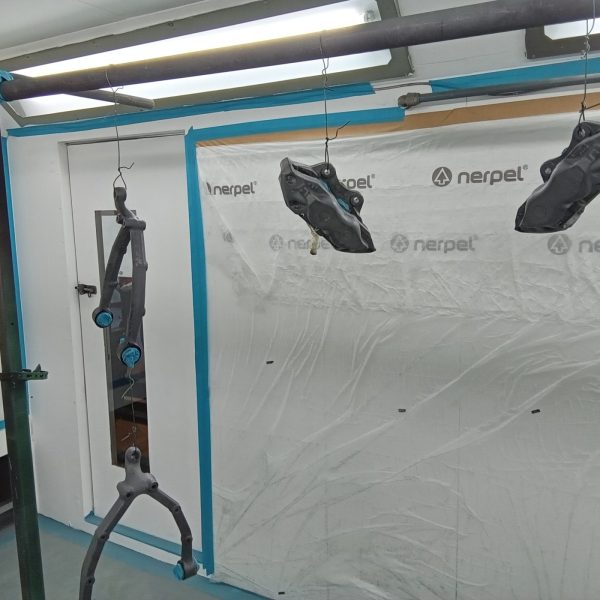


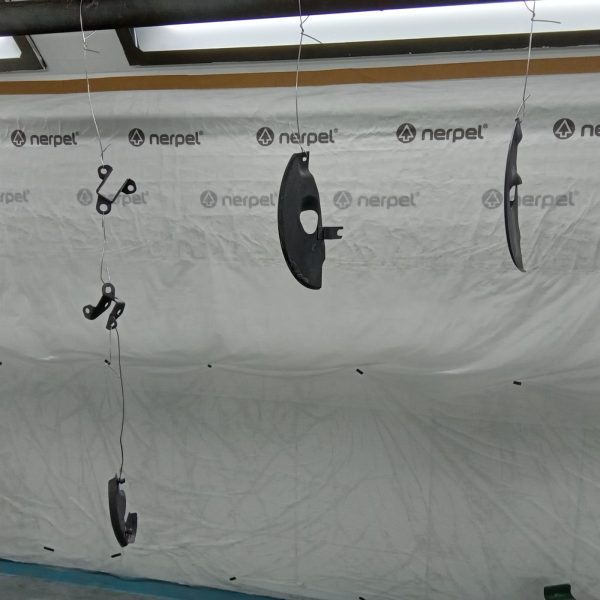

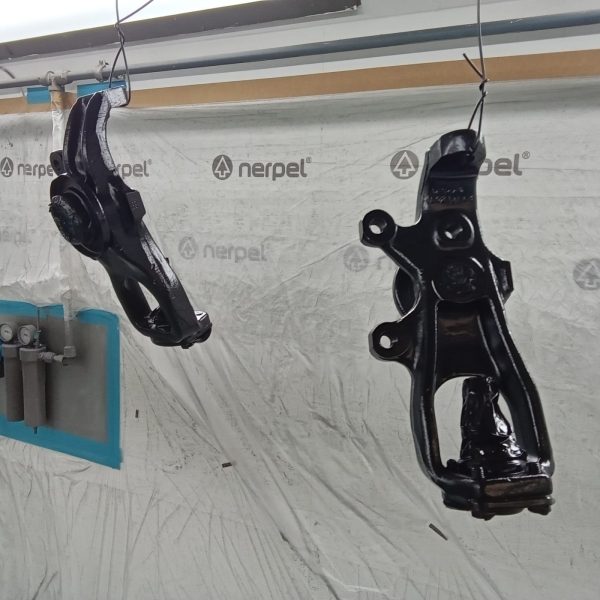
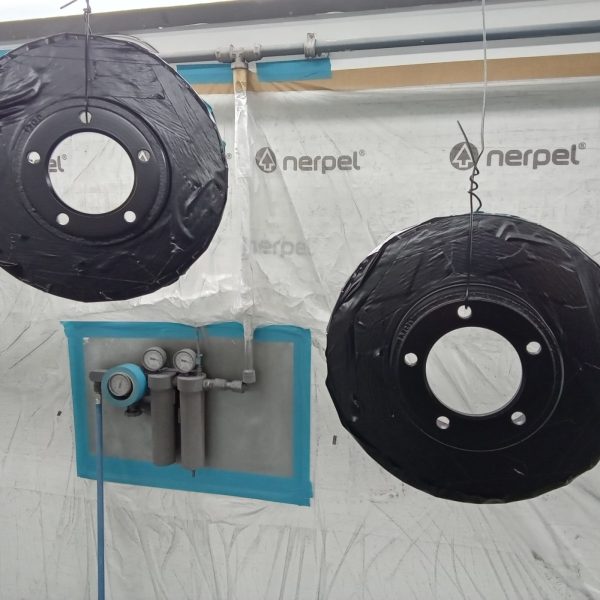

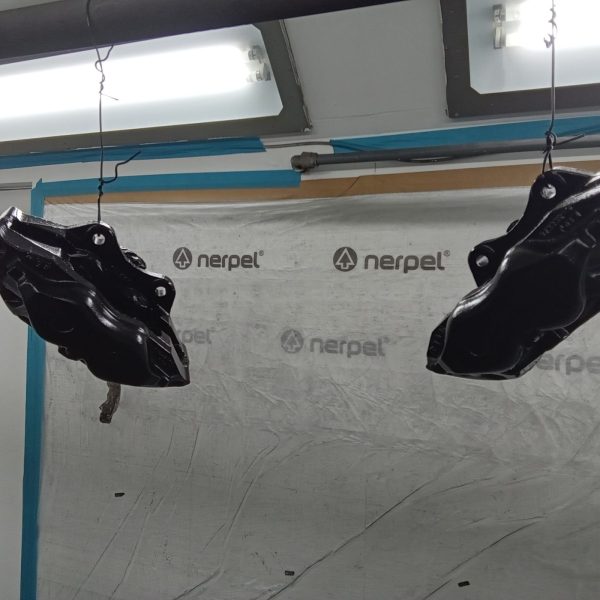
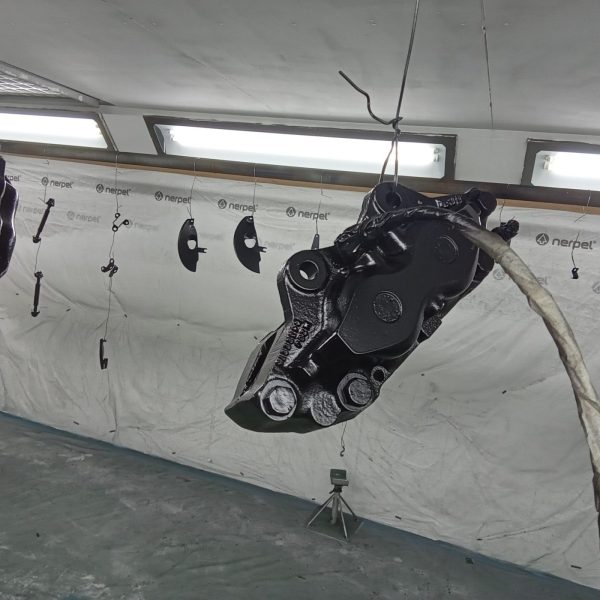
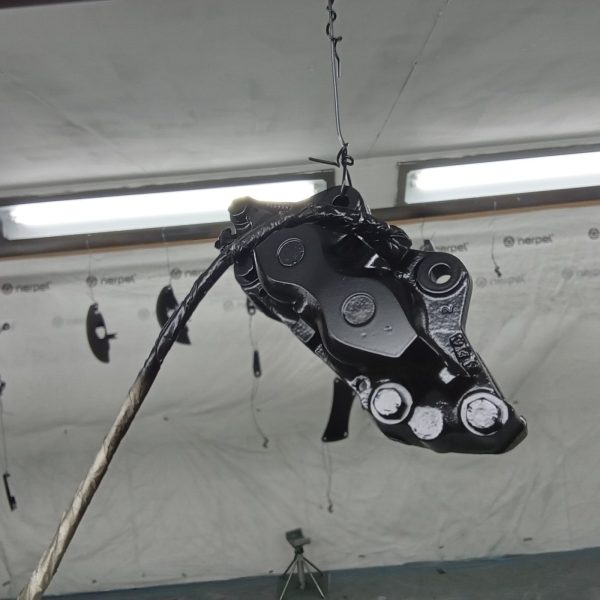
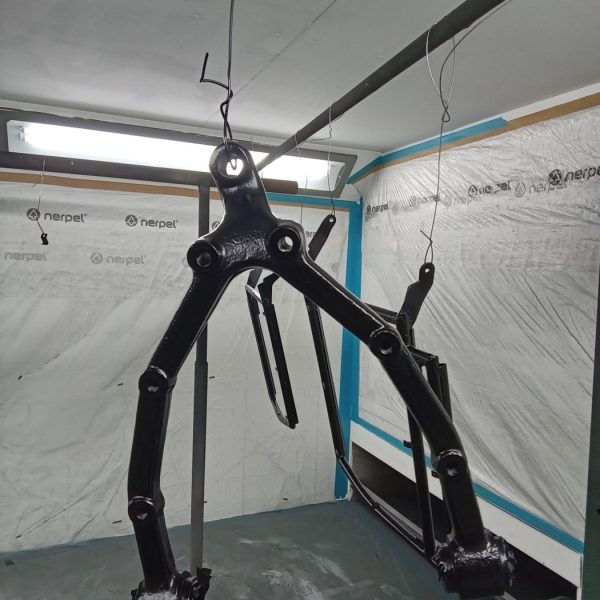
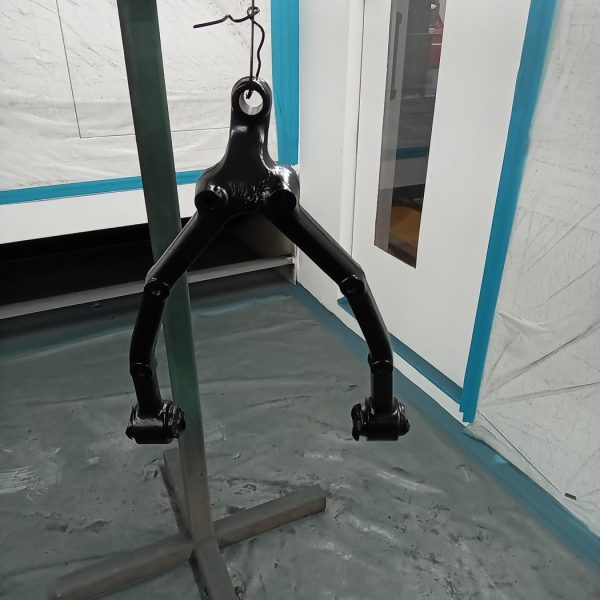
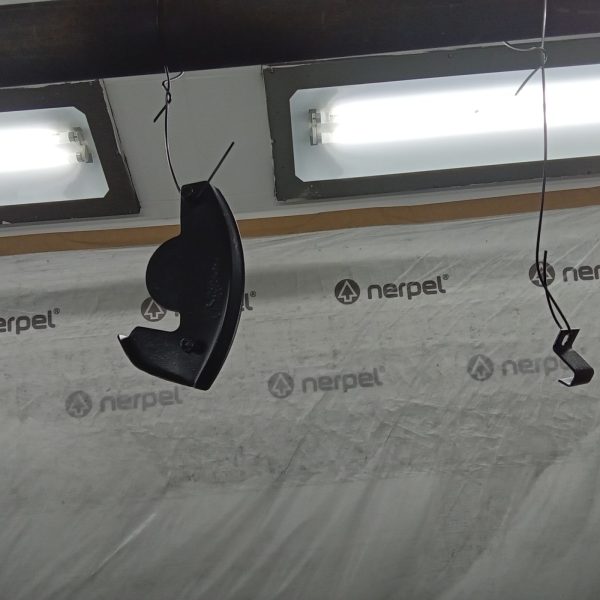
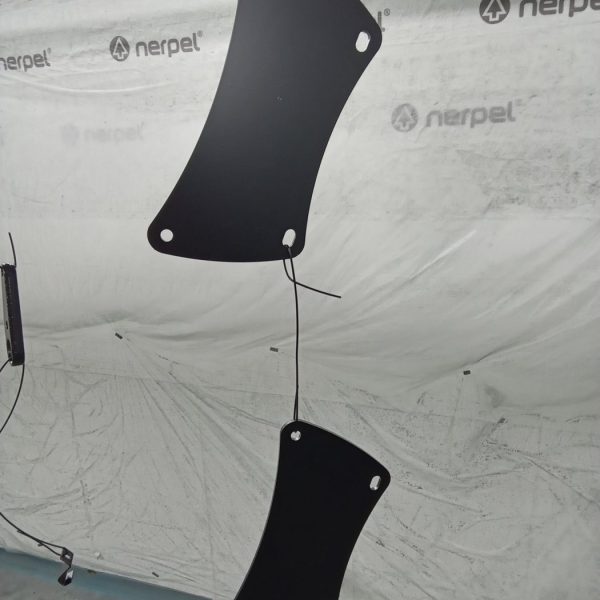
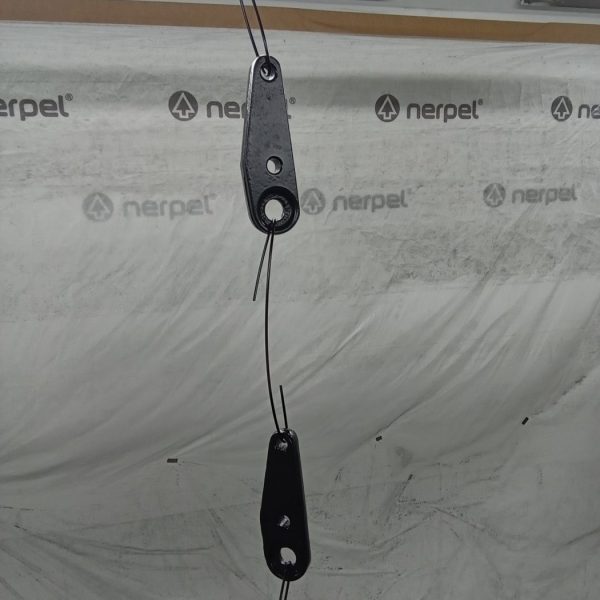

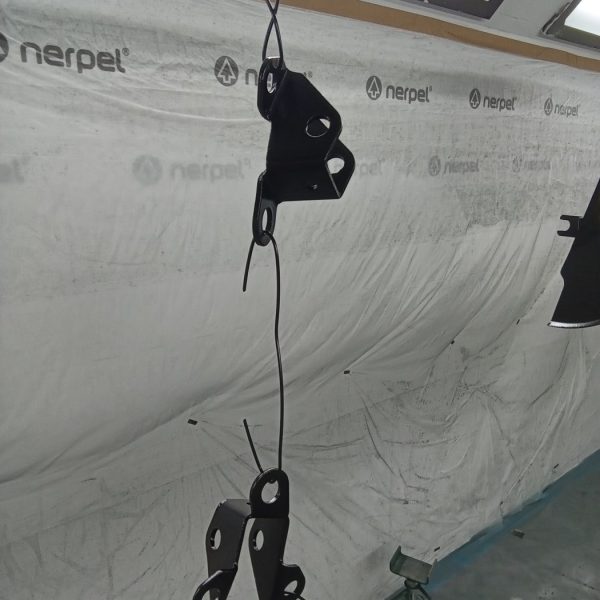

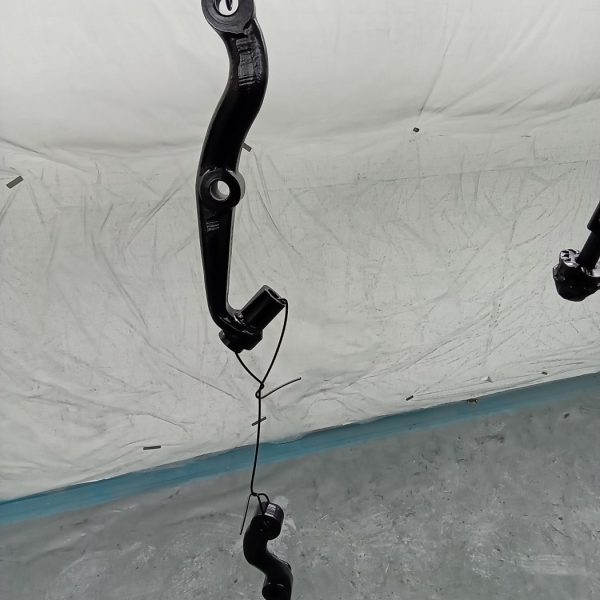
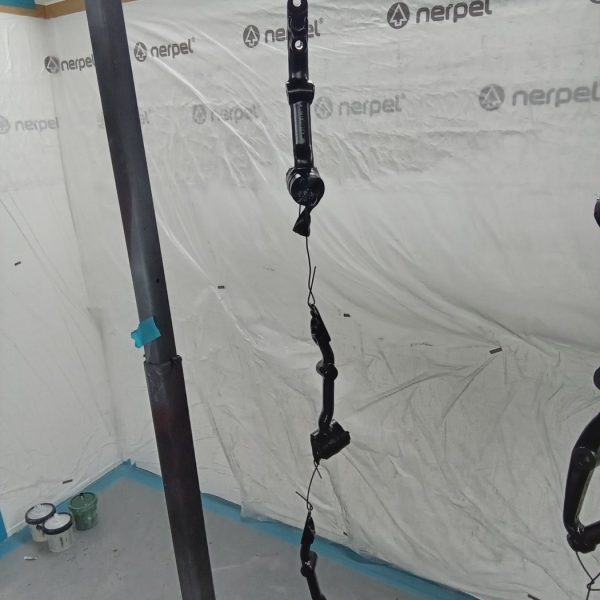
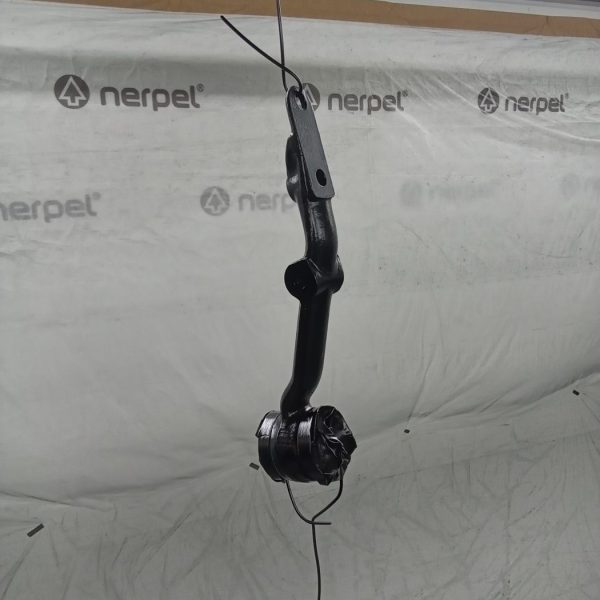
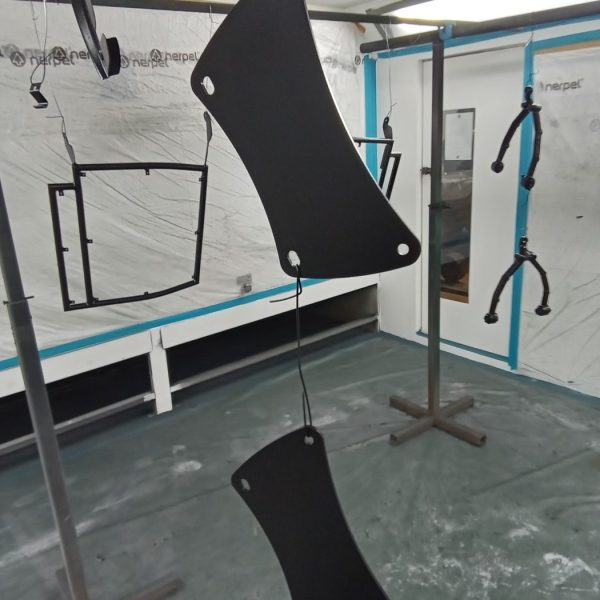
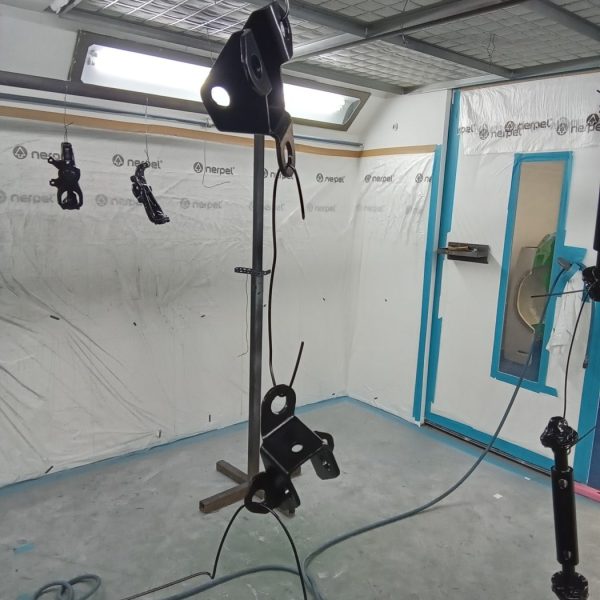
Jonn has been preparing our 1963 Vauxhall Victor for its launch on Bridge Classic Cars Competitions.
After getting it into the workshop, Jonn continued his inspection up on the ramp. He adjusted the dynamo belt before bending the tangs on the radiator cap to tighten.
He then untwisted the driver’s seat belt and glued the knob to the heater and control lever. The terminal onto the speaker was soldered and tested.
Jonn then stripped, cleaned, and inspected the brakes. He adjusted and greased them all before refitting the wheels and adjusting the handbrake cable. all of them.
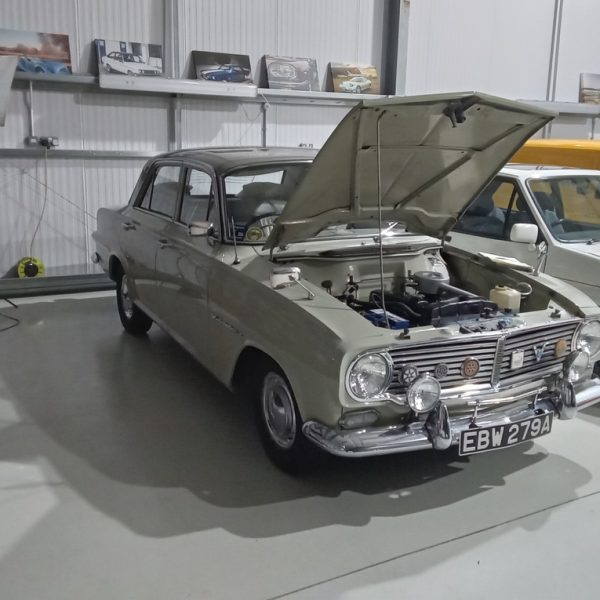
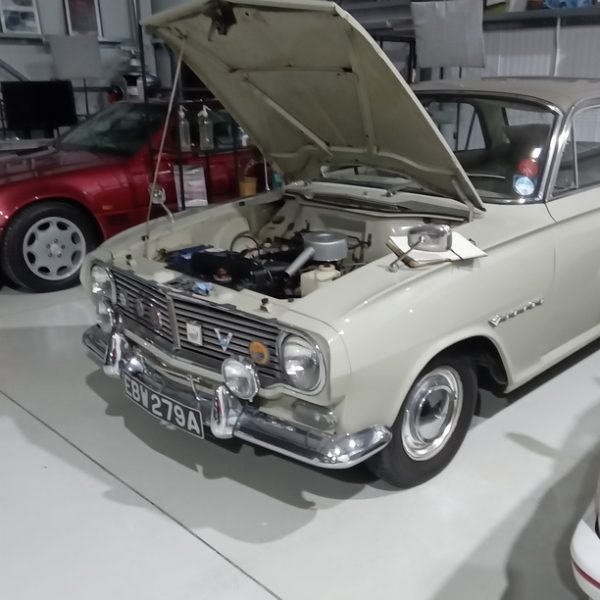

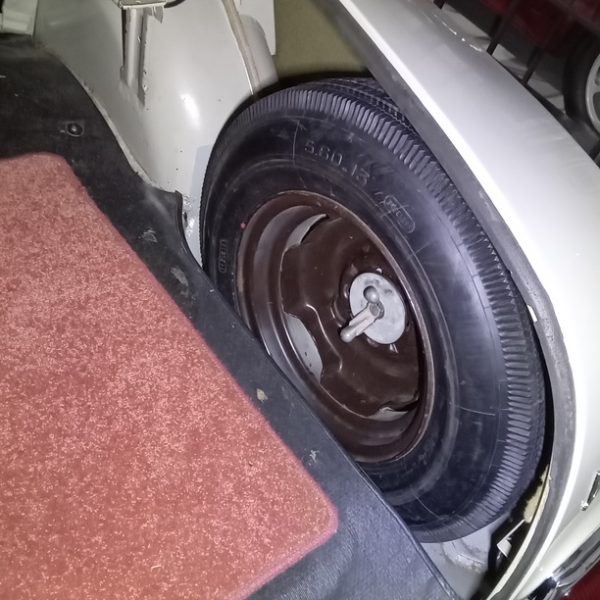

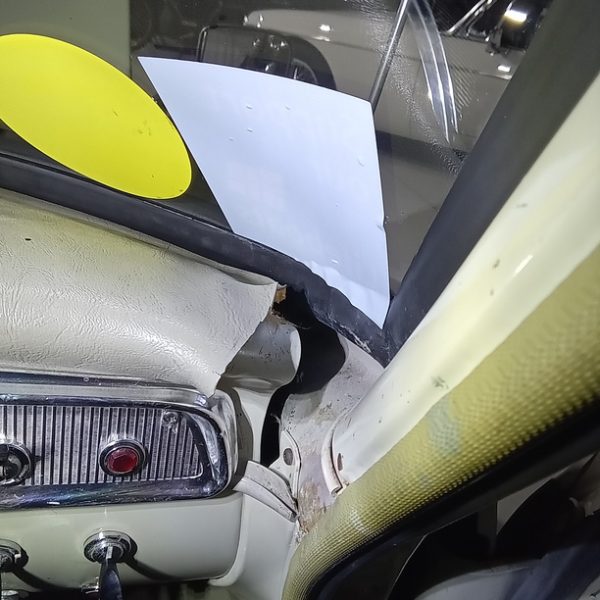
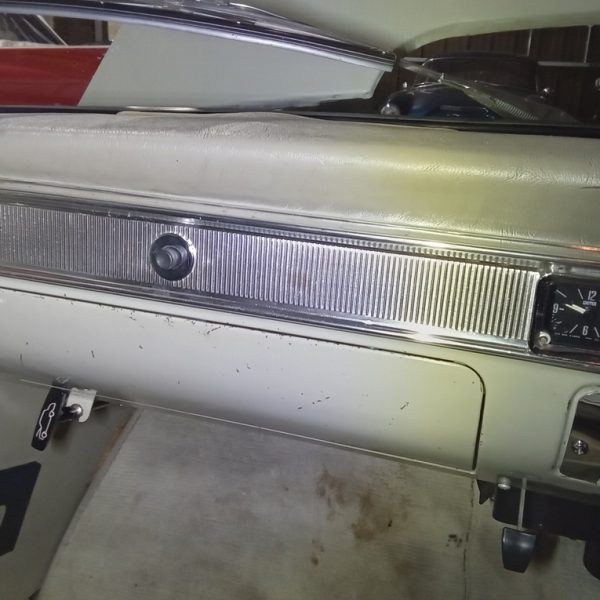



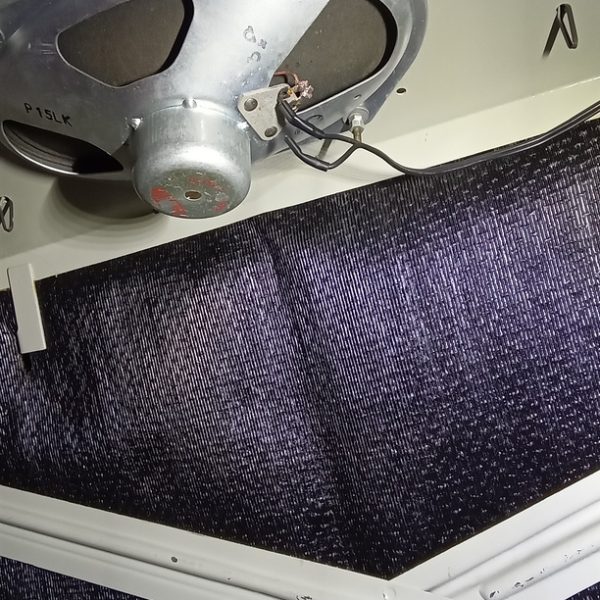
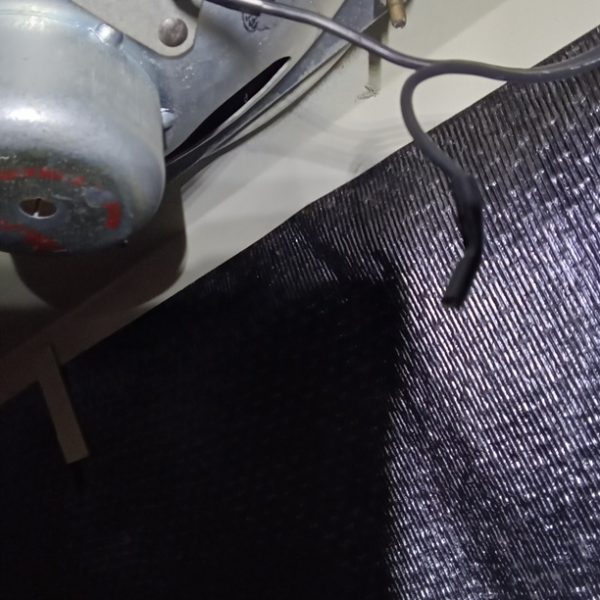
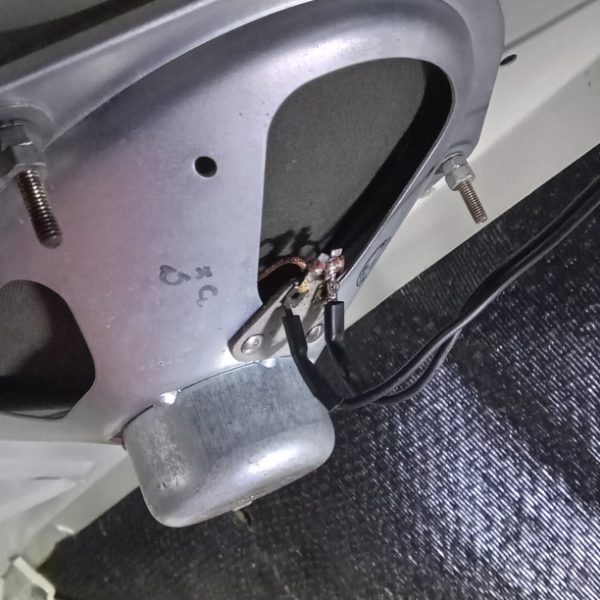
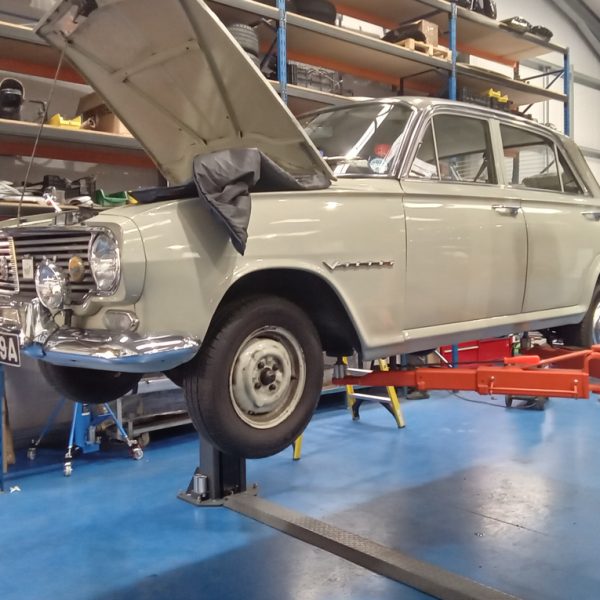
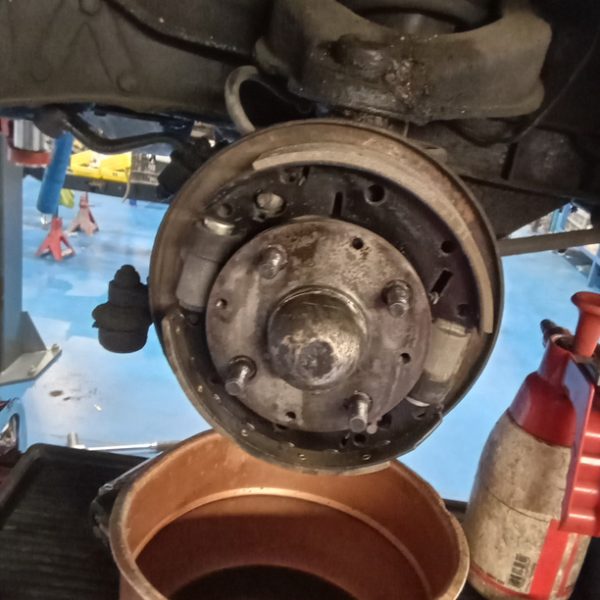



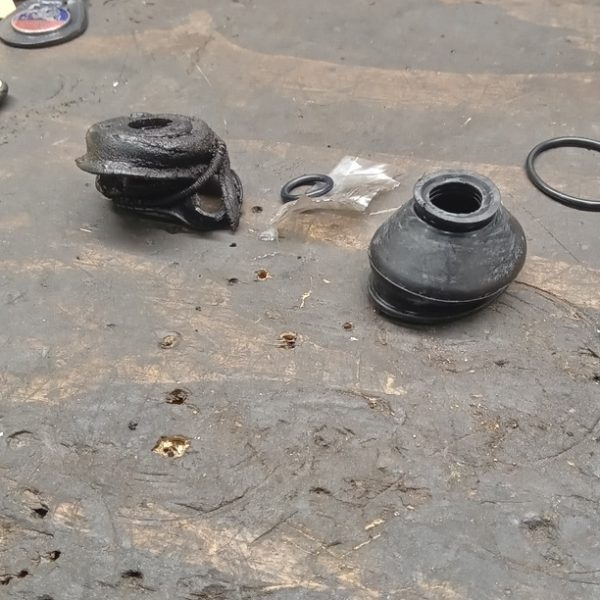
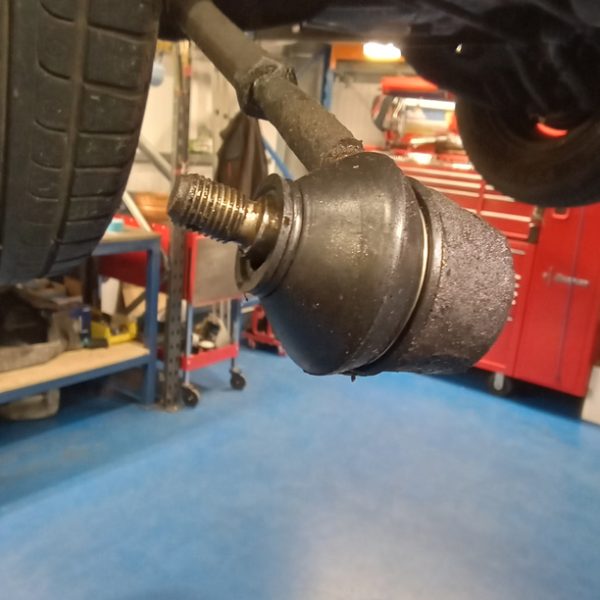

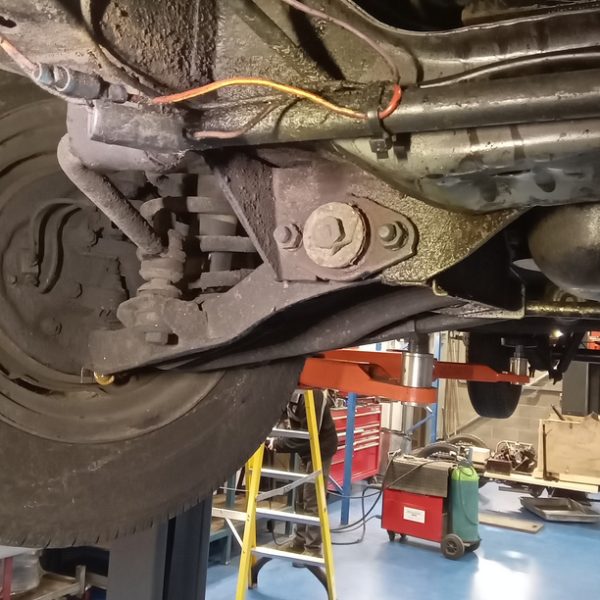
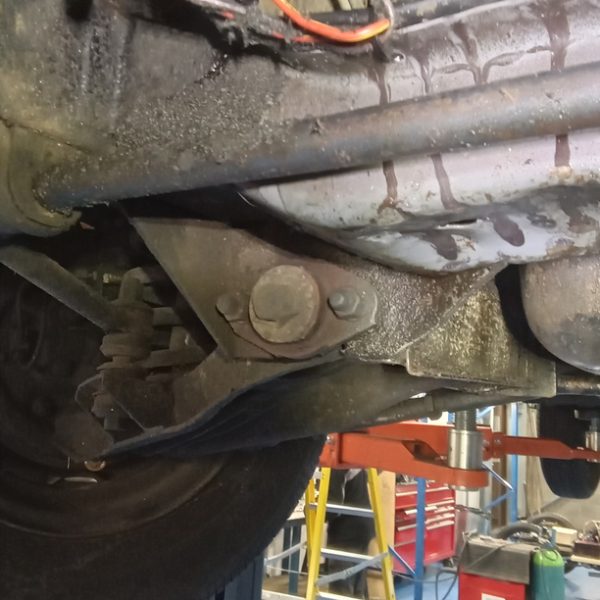

It played an important role in many young petrolheads lives. Whether it be watching the roads pass by from the comfort of the bench back seat, or from behind the wheel with your first taste of automotive freedom, this classic perfectly captures a moment in time for so many of us.

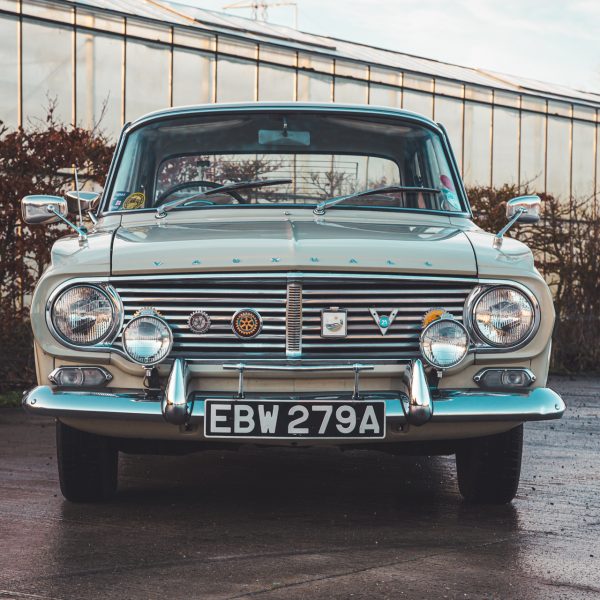
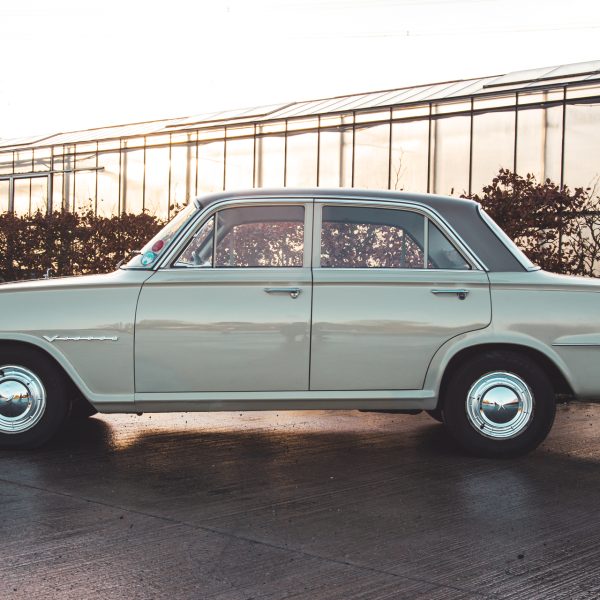


It’s our 1963 Vauxhall Victor FB and it could be yours for just a few pounds…


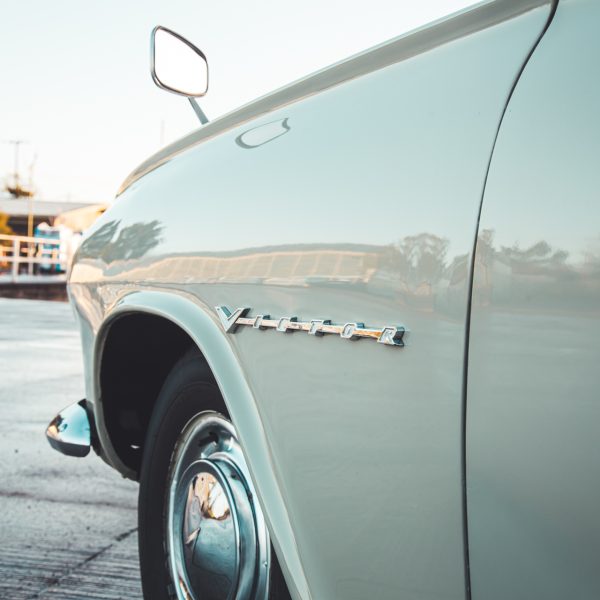
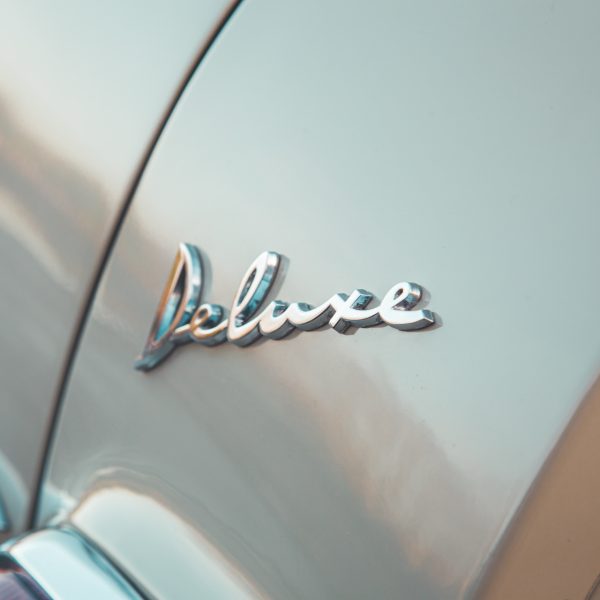

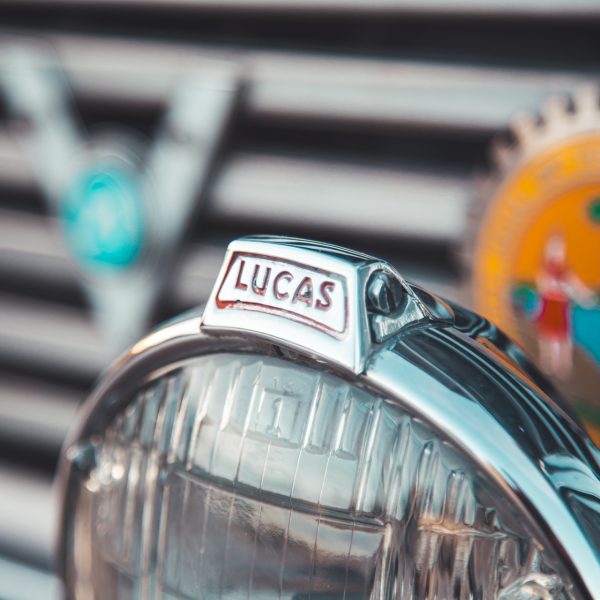
Finished in period correct Limestone White with a matching, characterful patina’d interior our Victor FB has been kept as a time capsule to preserve its originality.
Fitted with the classic Vauxhall 1.5-litre 4-cylinder and 4-speed manual gearbox, this time capsule is the perfect way to go back in time and relive days gone by.


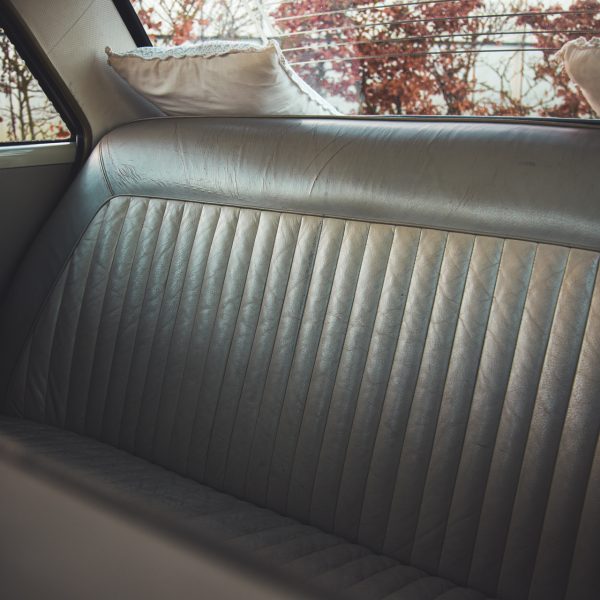


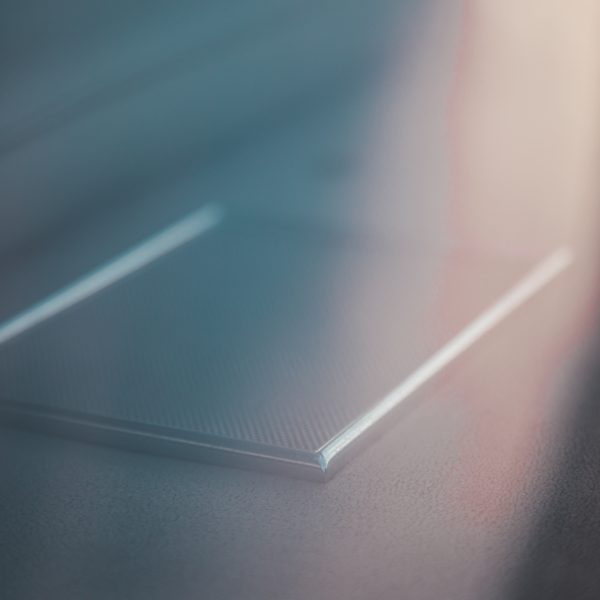
Included in the cars history folder are invoices and receipts dating back to the mid-1980s.
Why not go back in time with our Vauxhall Victor FB? Enter now for your chance to win.

Take a look at the full gallery and video here:

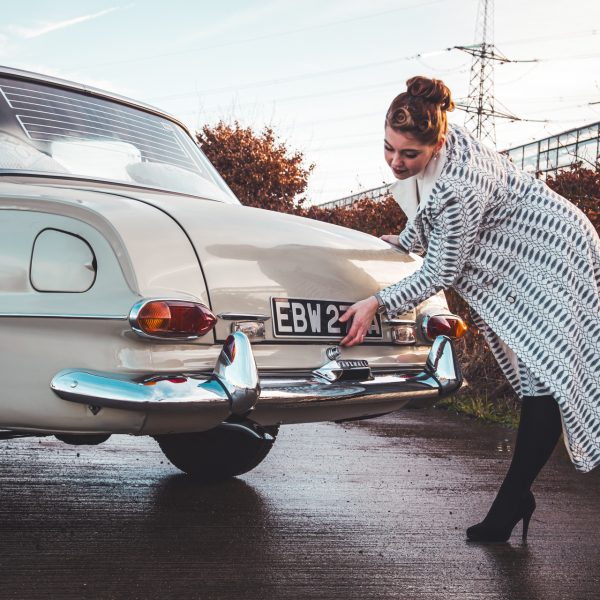






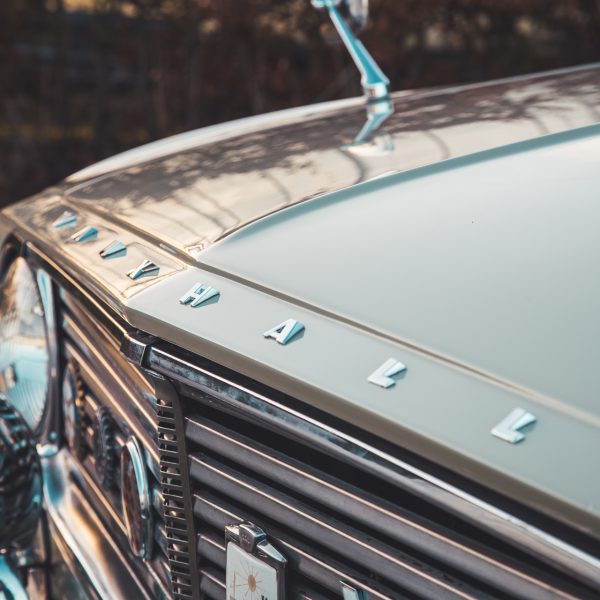
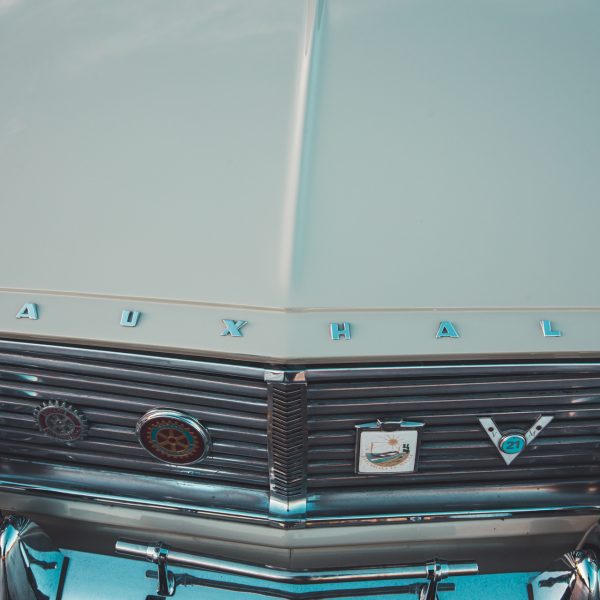
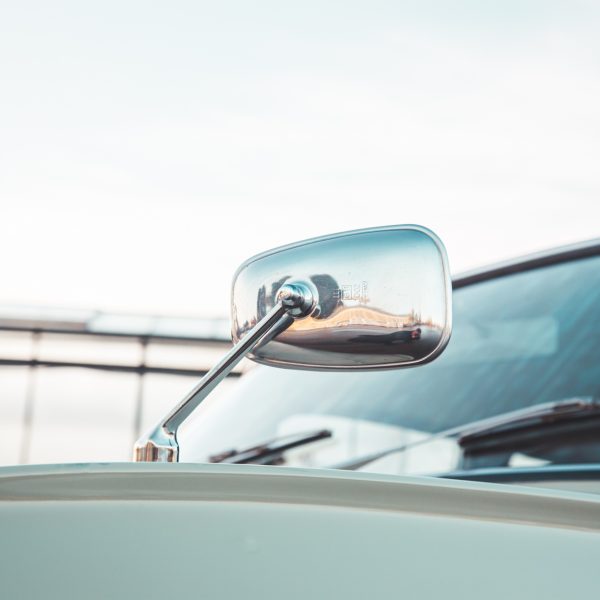

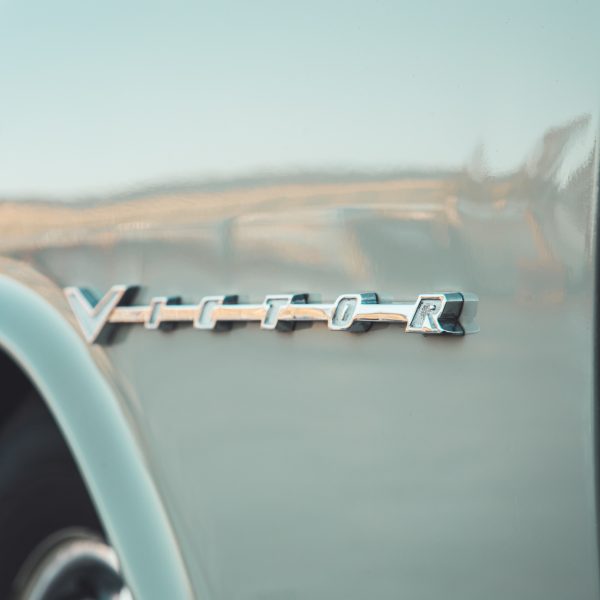
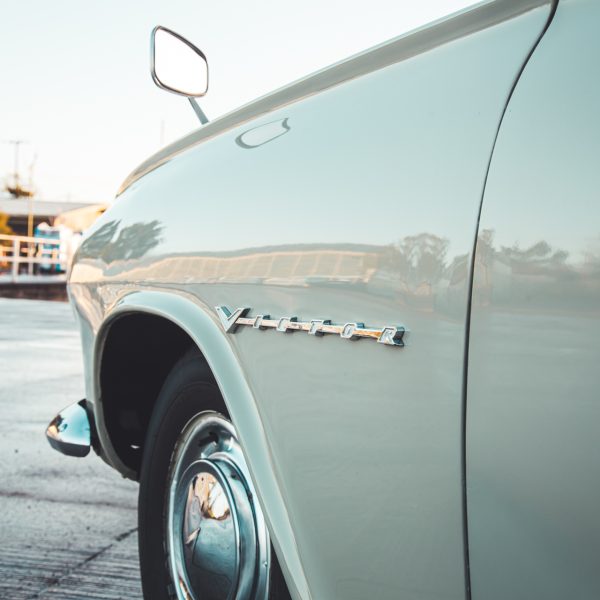

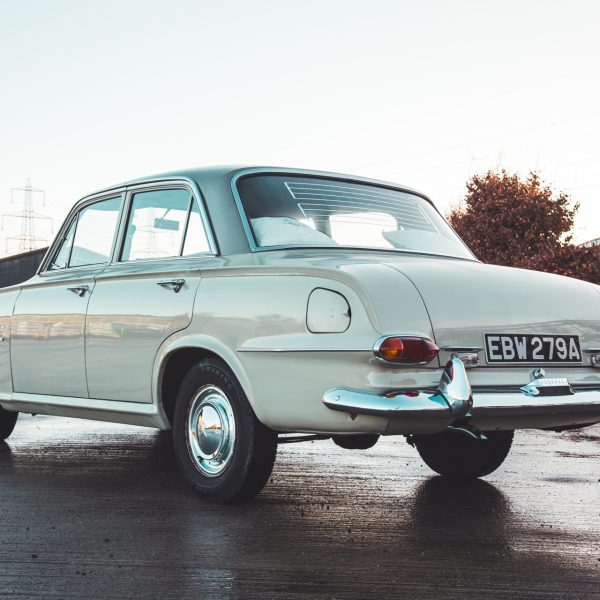

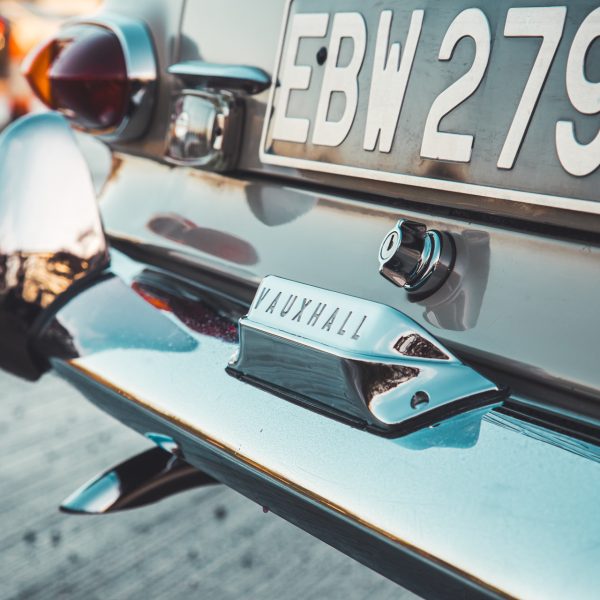
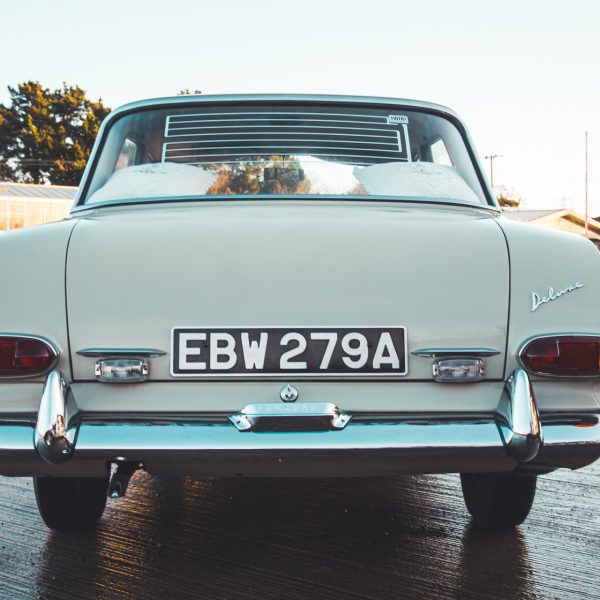
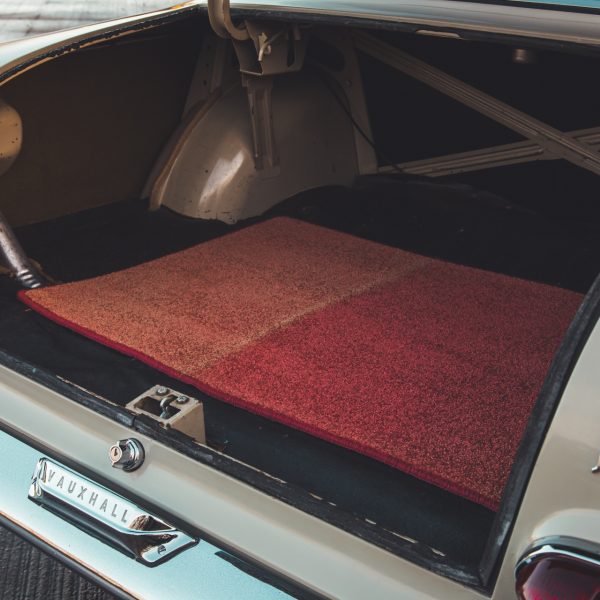
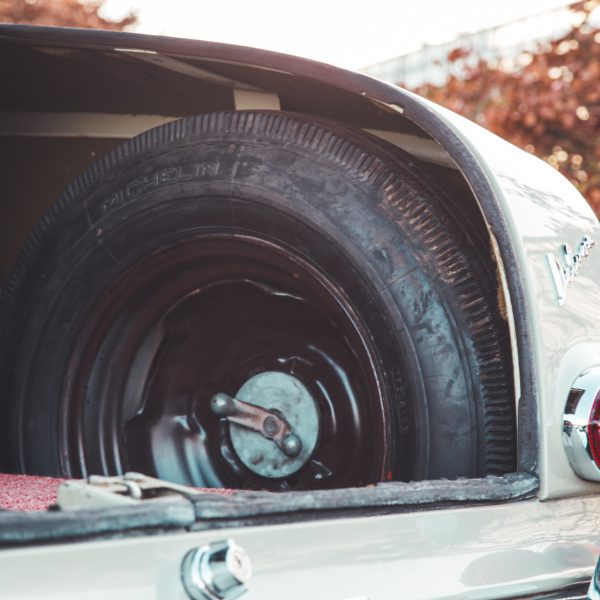


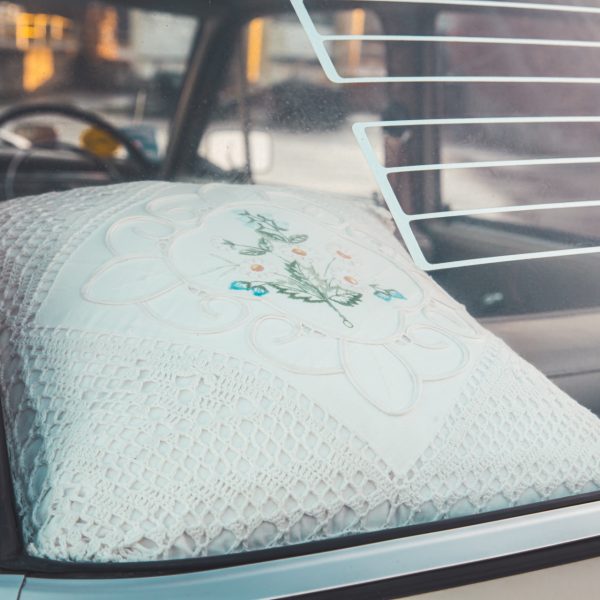
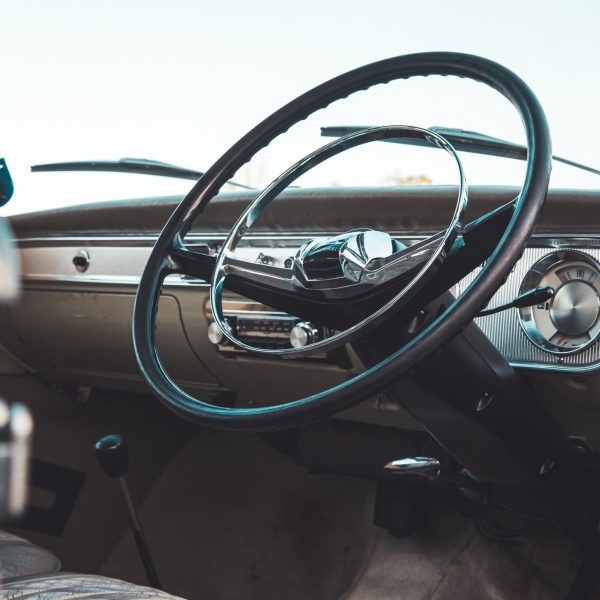
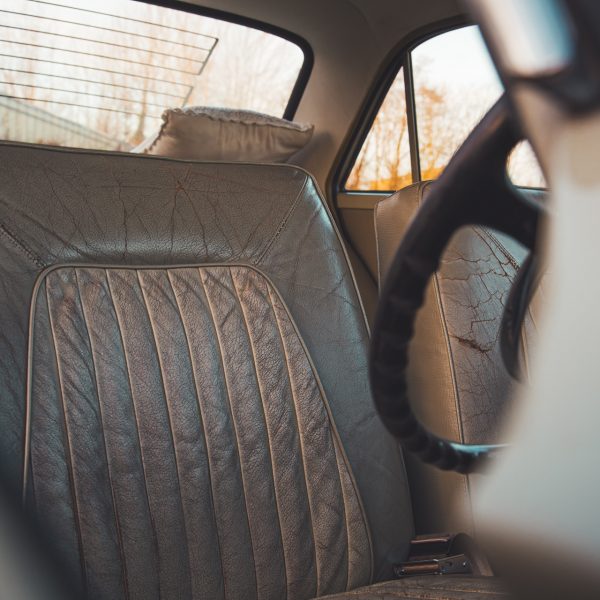
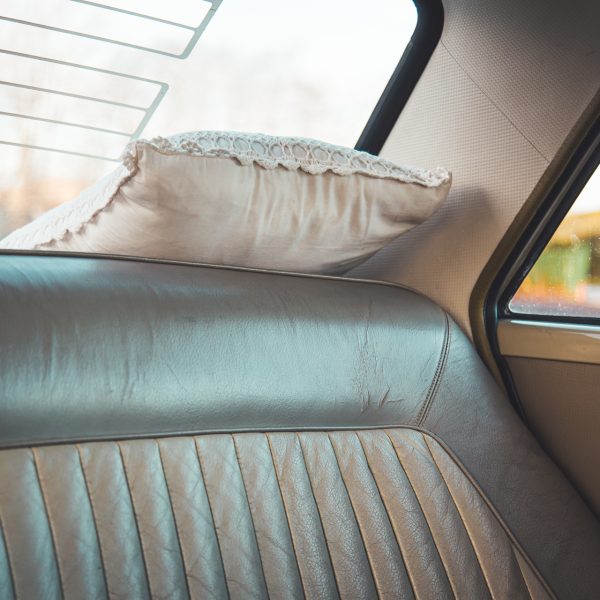
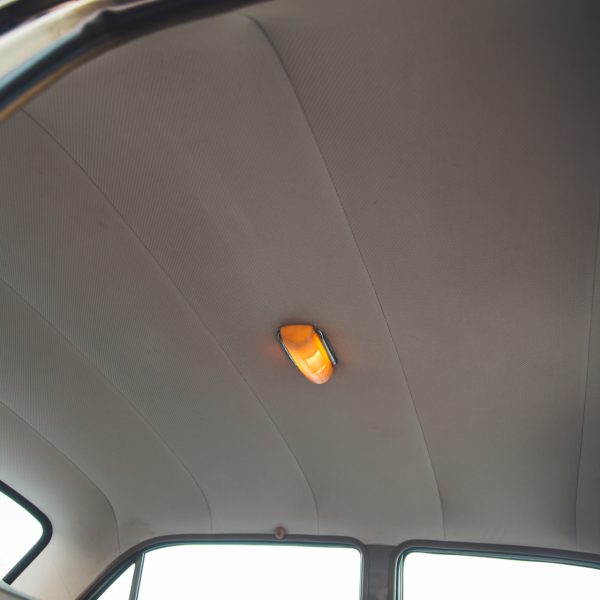
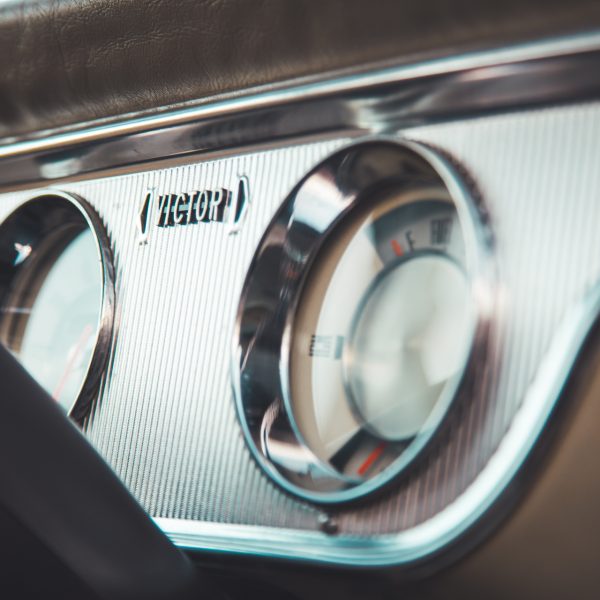


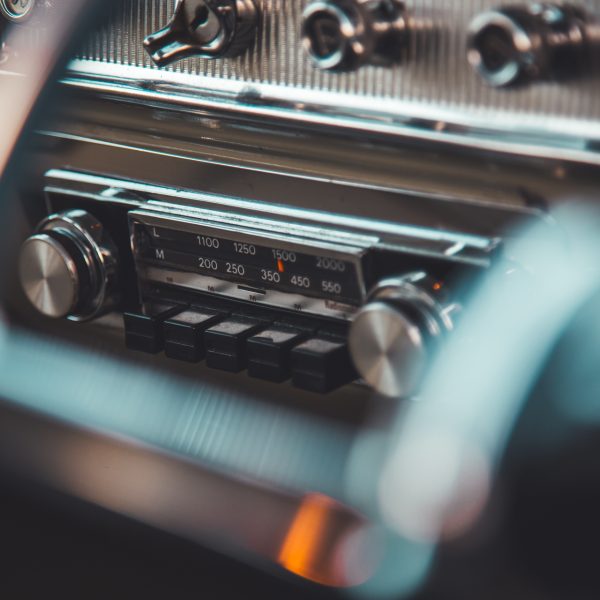

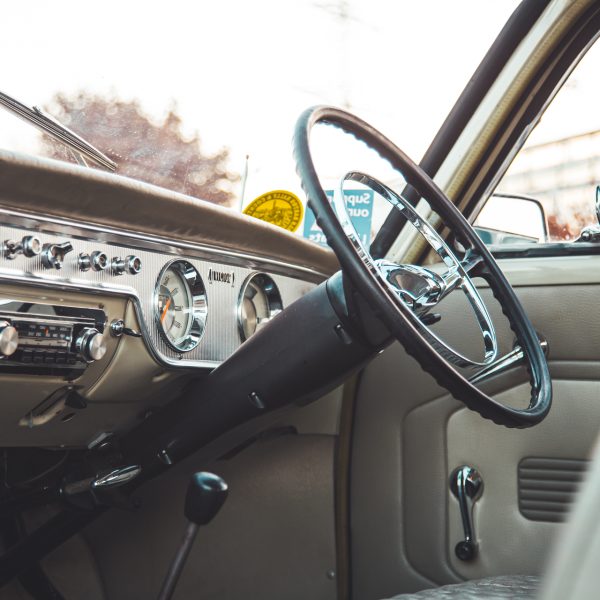
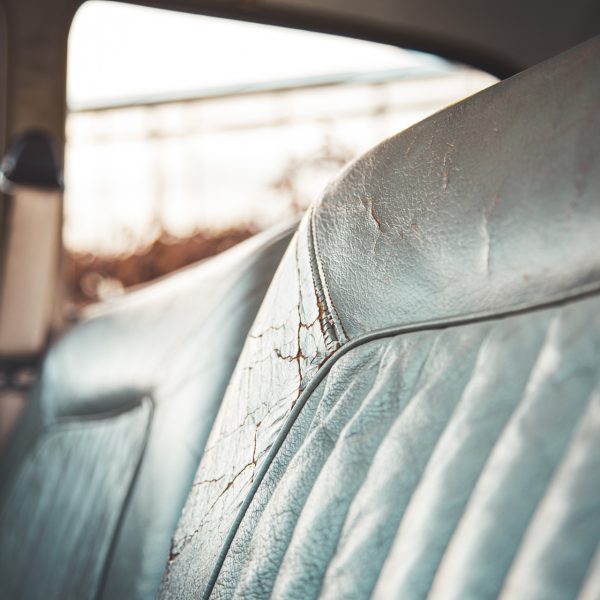
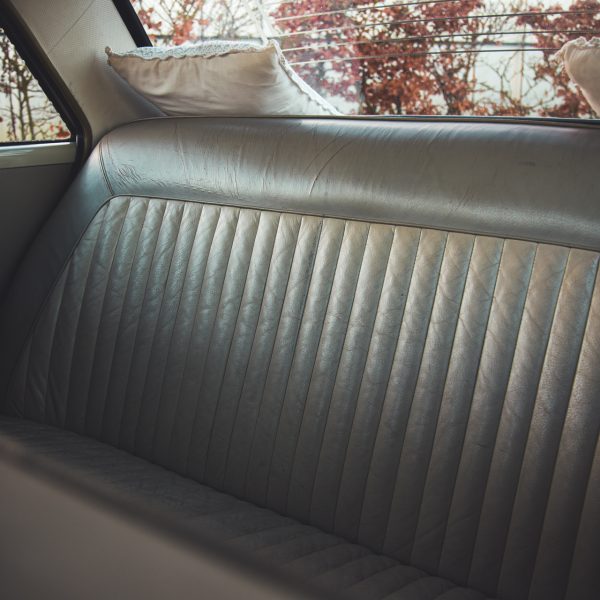

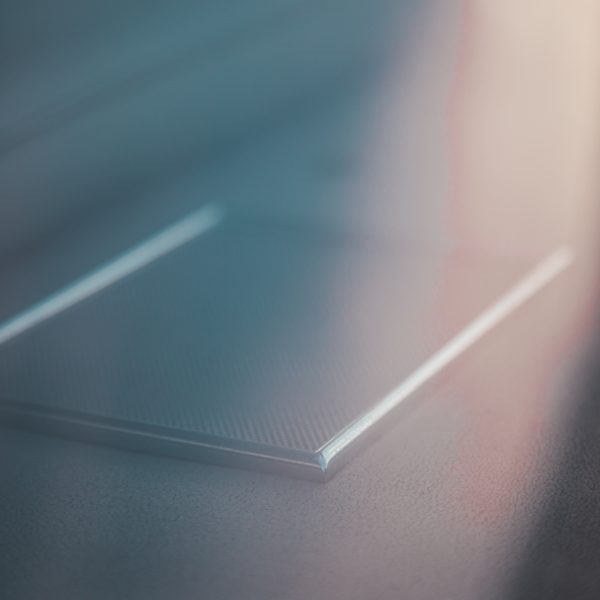

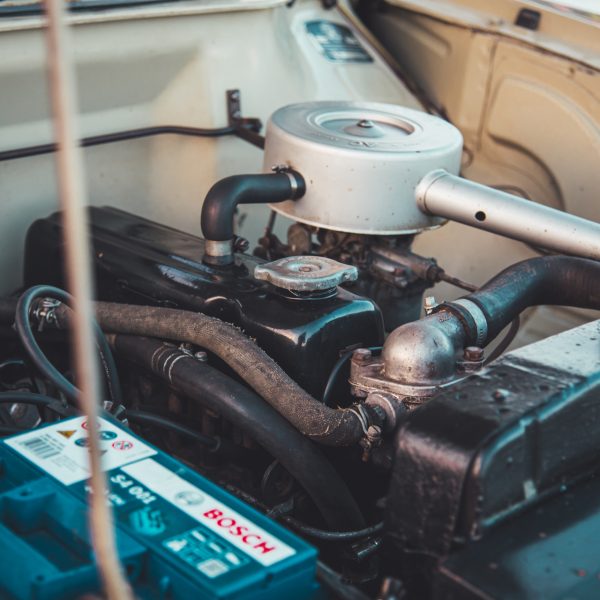


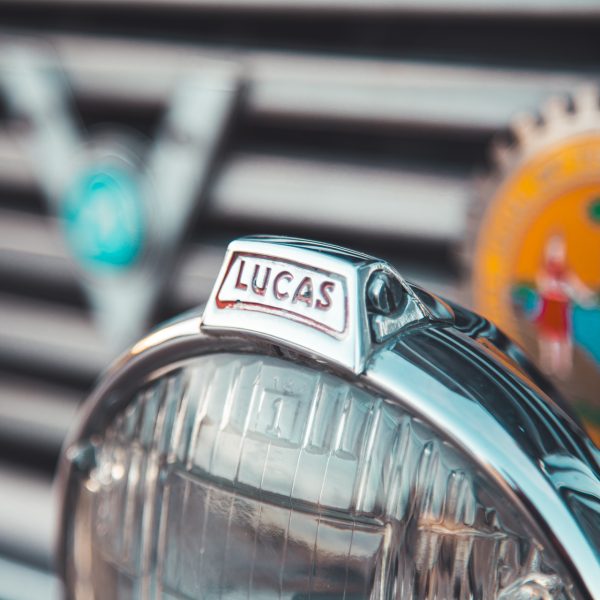
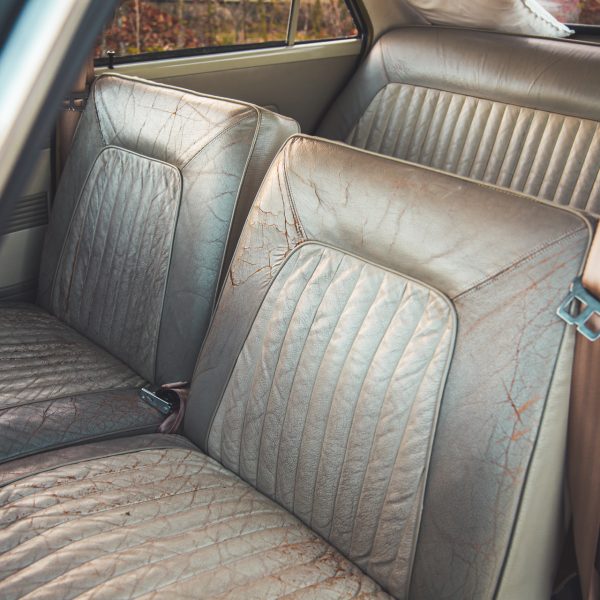
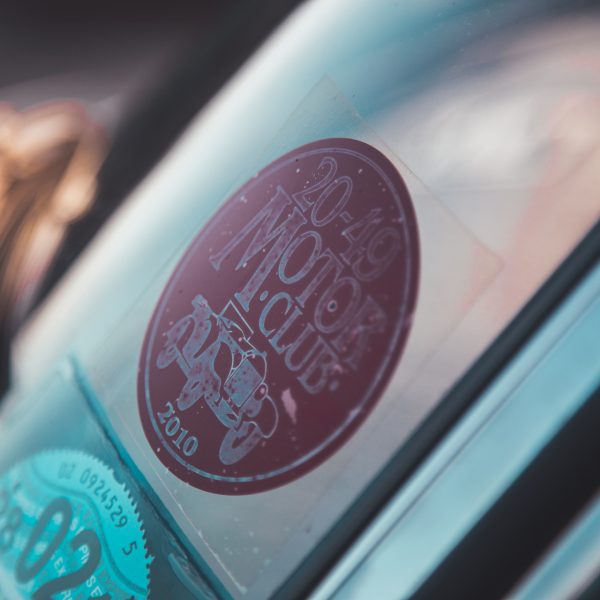

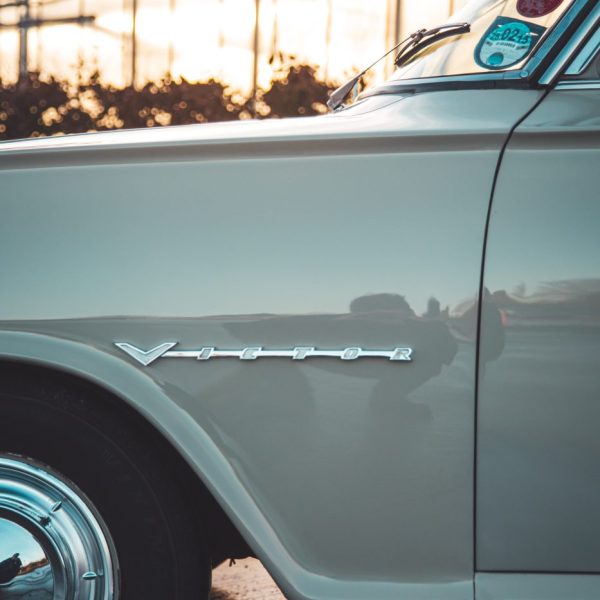


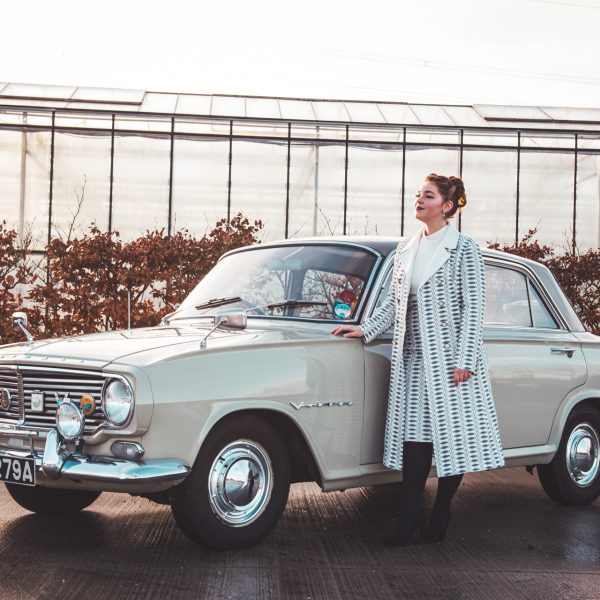



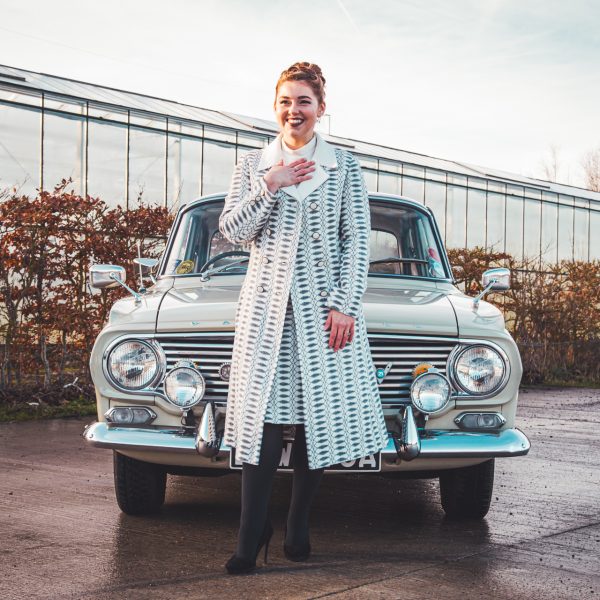




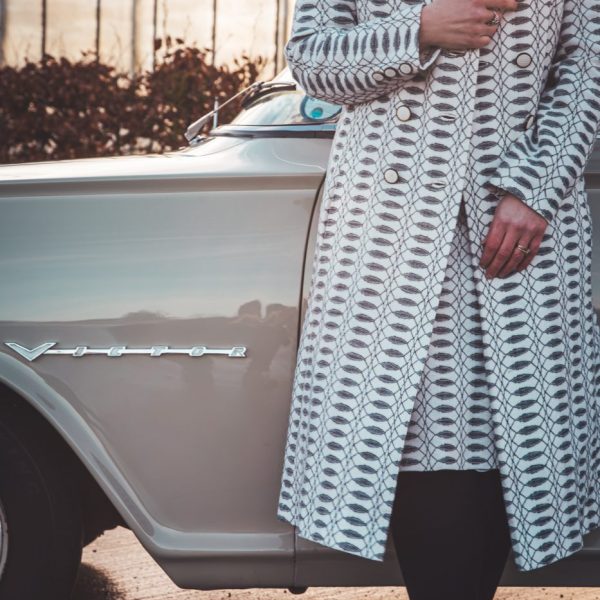
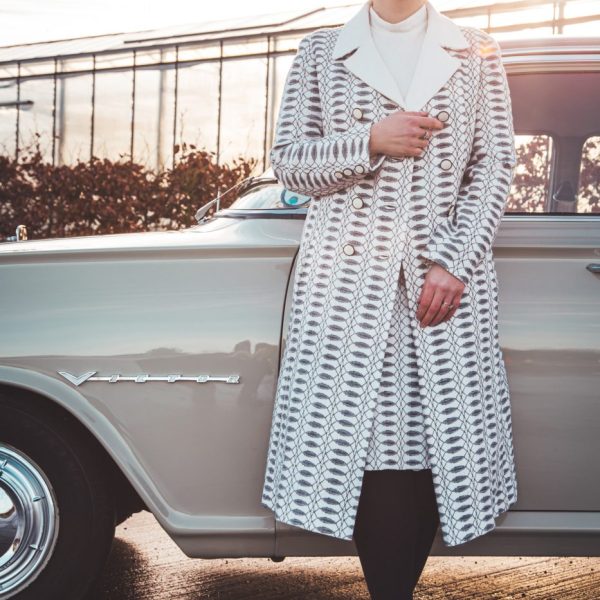




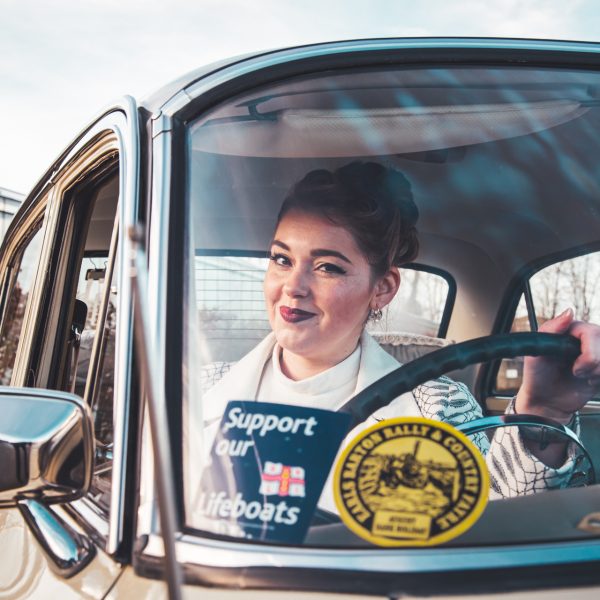
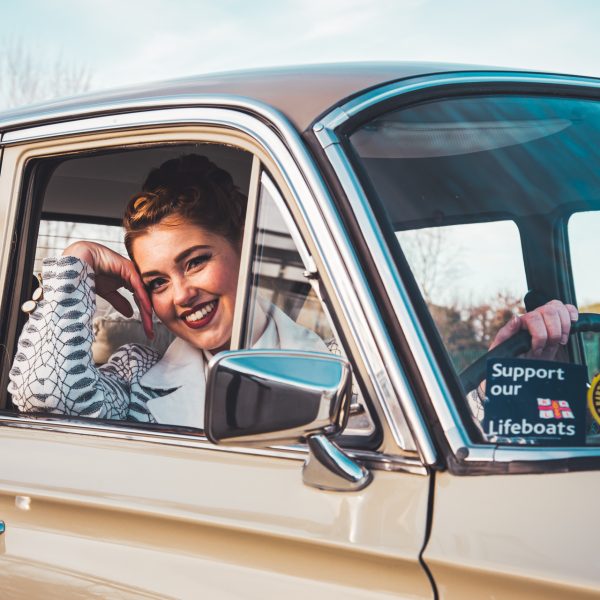
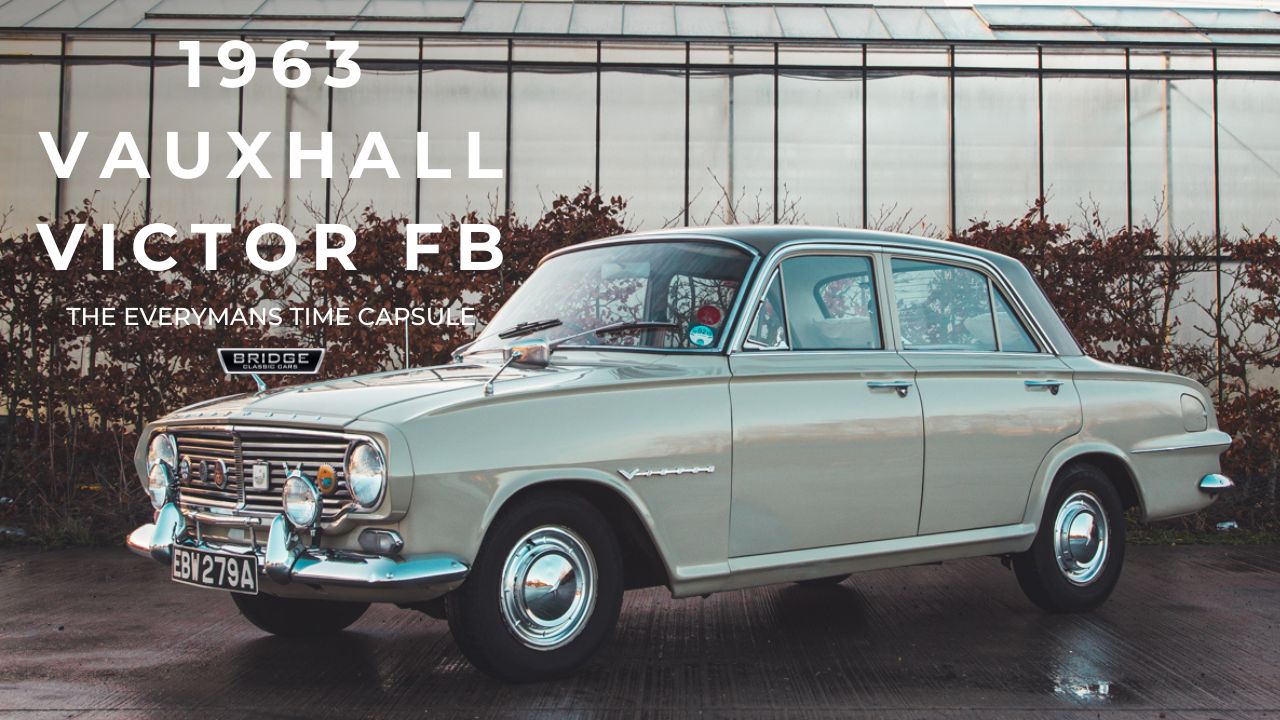
John has been cleaning the overspray and grease and oil off the wiring loom of our 1987 Mercedes 500 SL. He then started routing wiring into the correct positions.
The other Jonn then continued to sort/route the wiring before mounting the heater valve to the bulkhead. The ABS pump was mounted and Jonn repaired and rebuilt the heater fan and mount in place.
Jonn then drilled the hole in the nearside bulkhead and routed the bonnet release cable through.

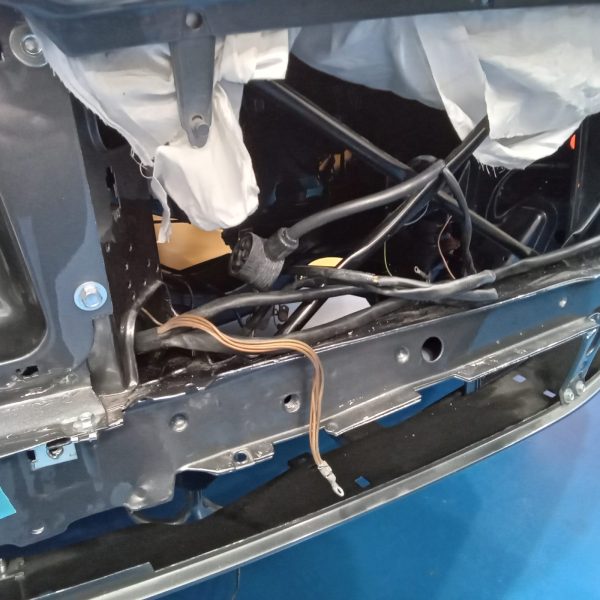
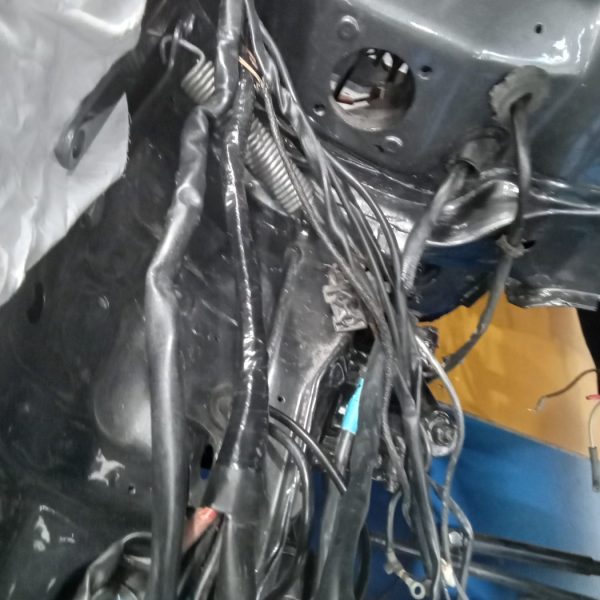
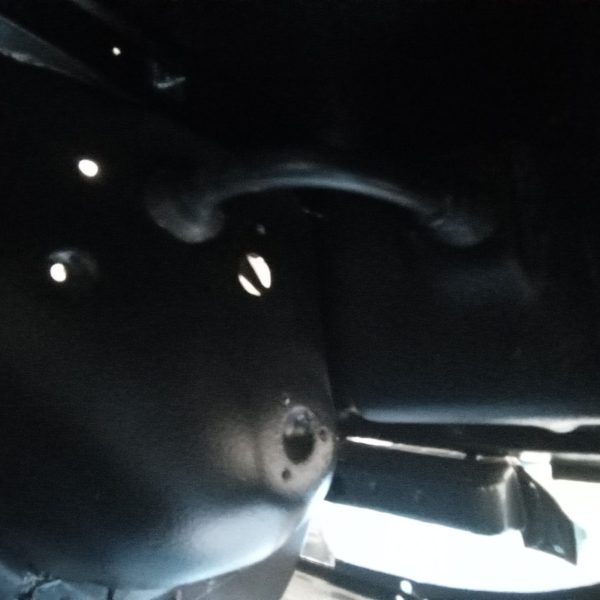
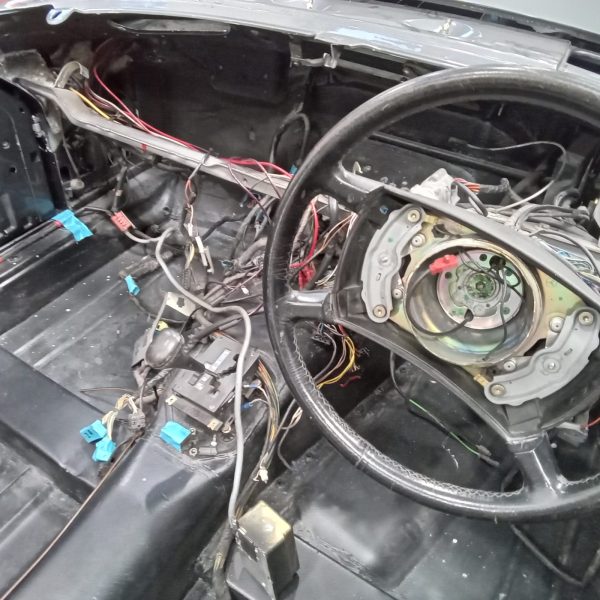
Our 1969 MGC GT has been in the Bridge Classic Cars paintshop with Chris.
He rubbed down the primer on the car before moving it into the oven and masked it up ready for painting. Chris then painted the car before painting the roof frame in DTM Satin.
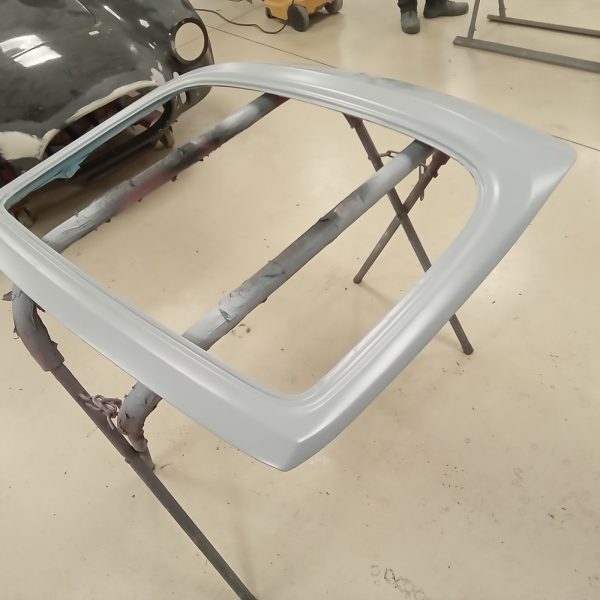

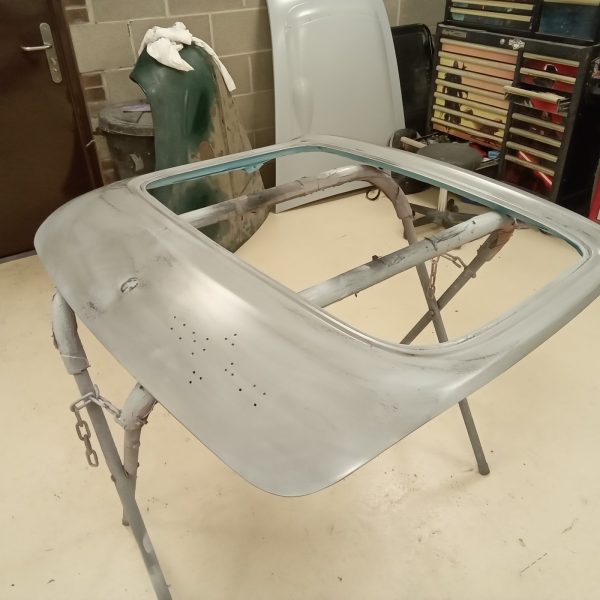
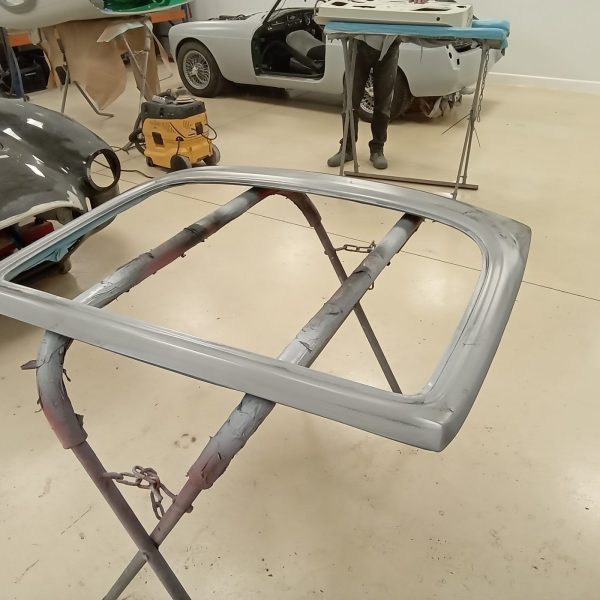
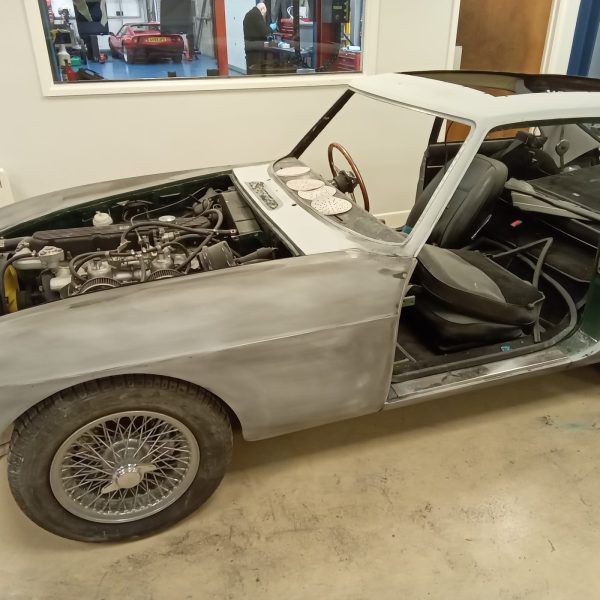
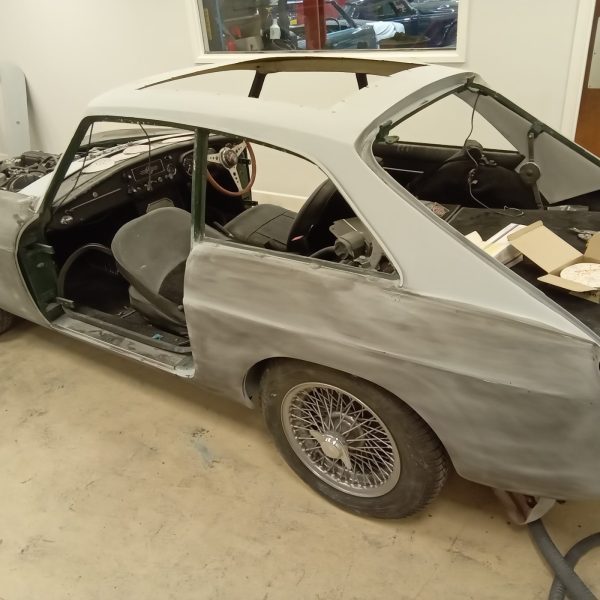

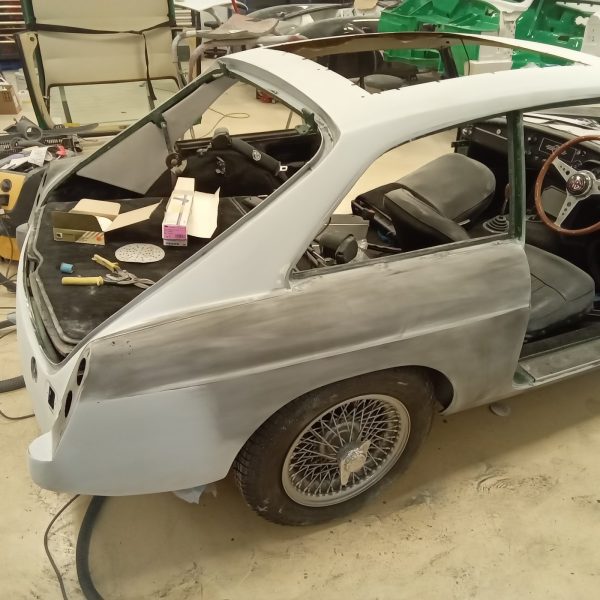
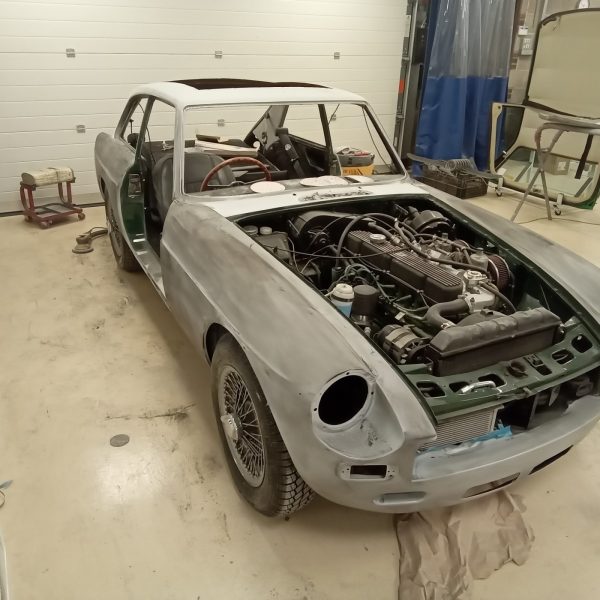
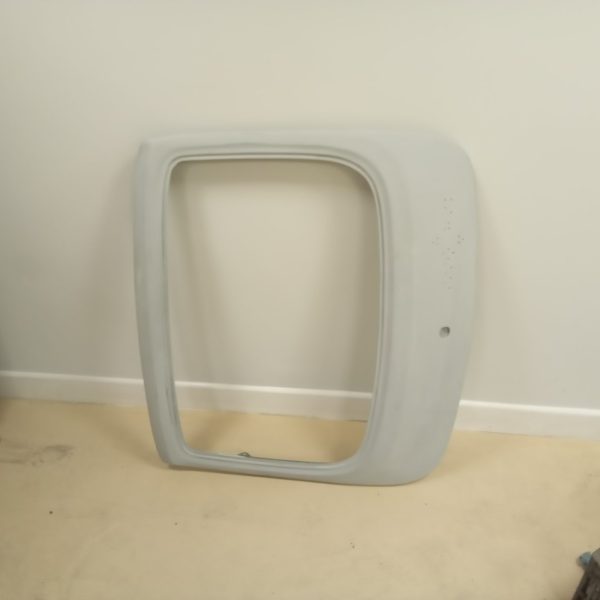


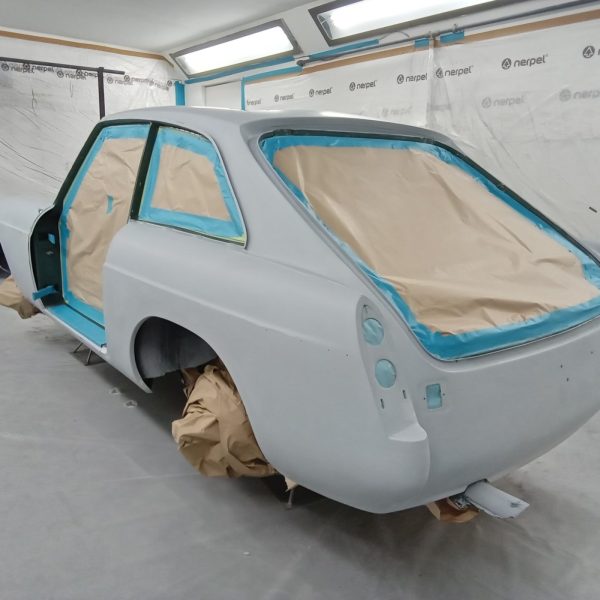
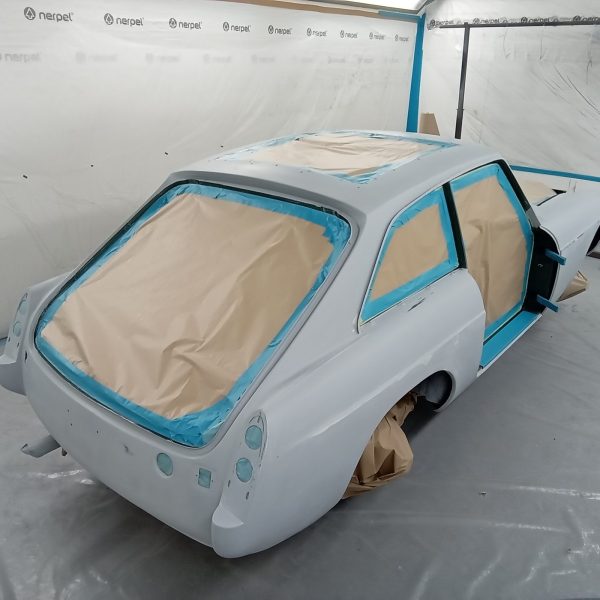
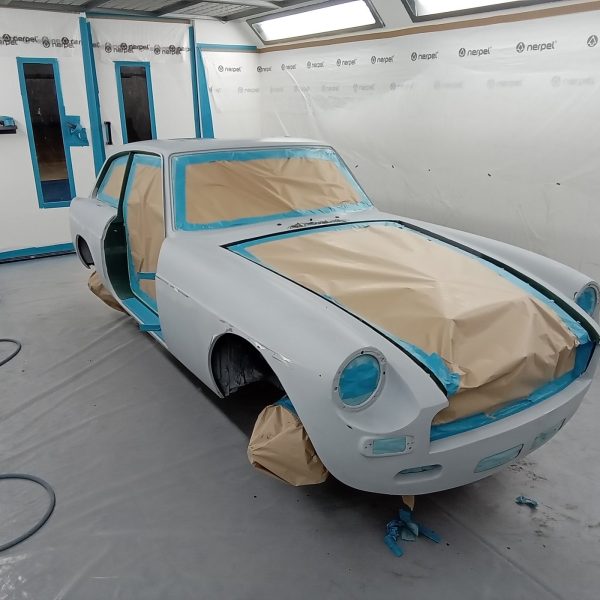
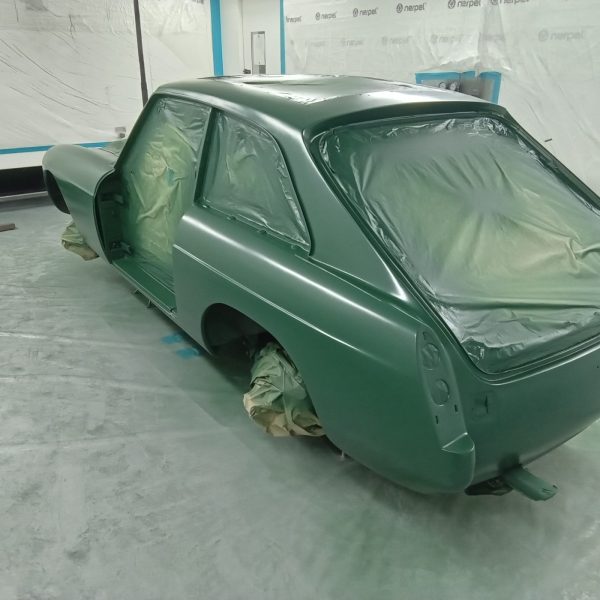
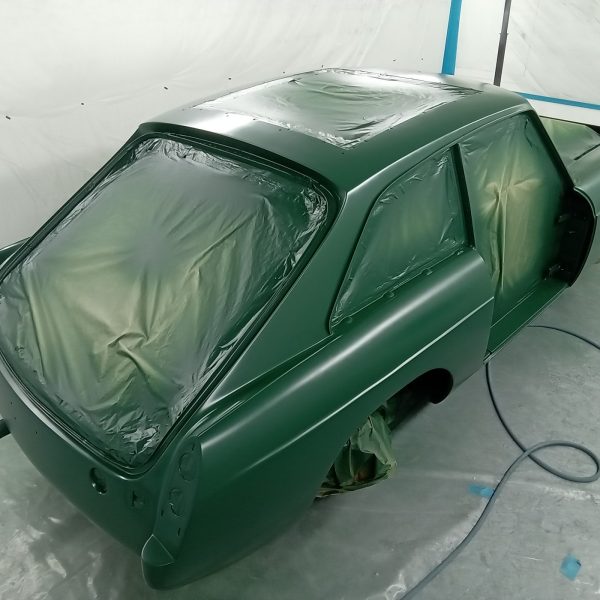
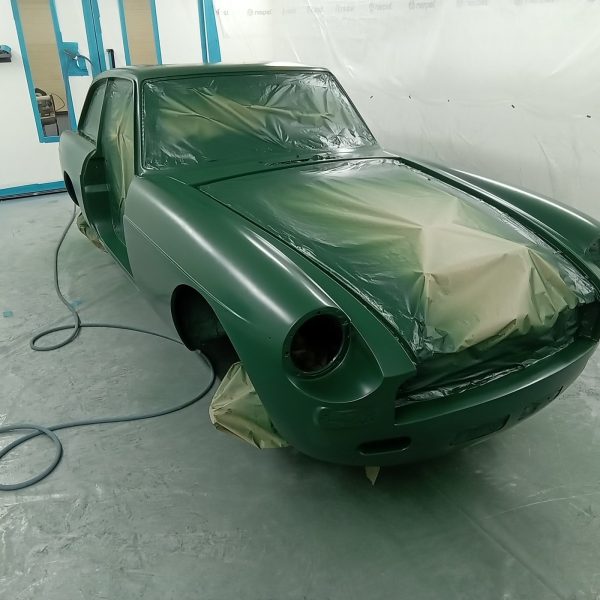


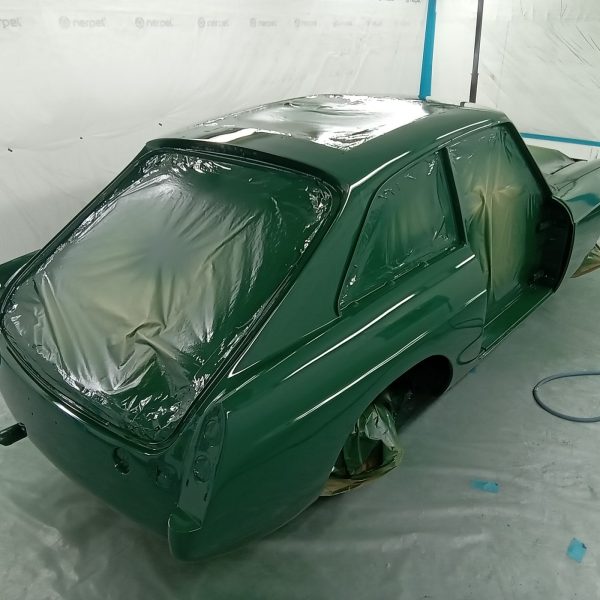
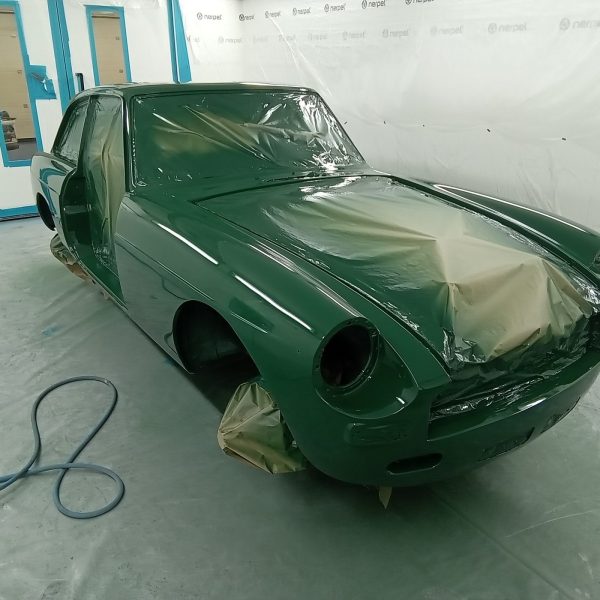
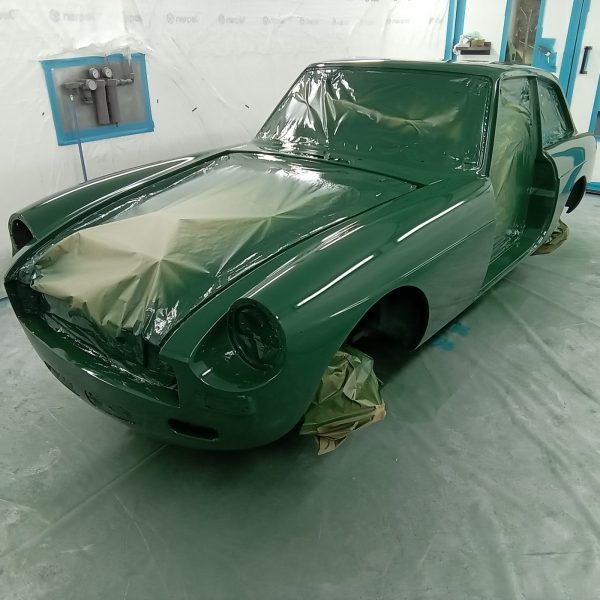
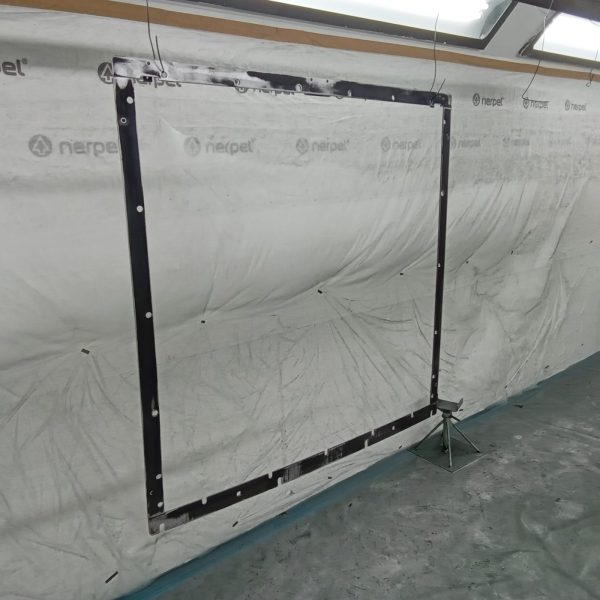
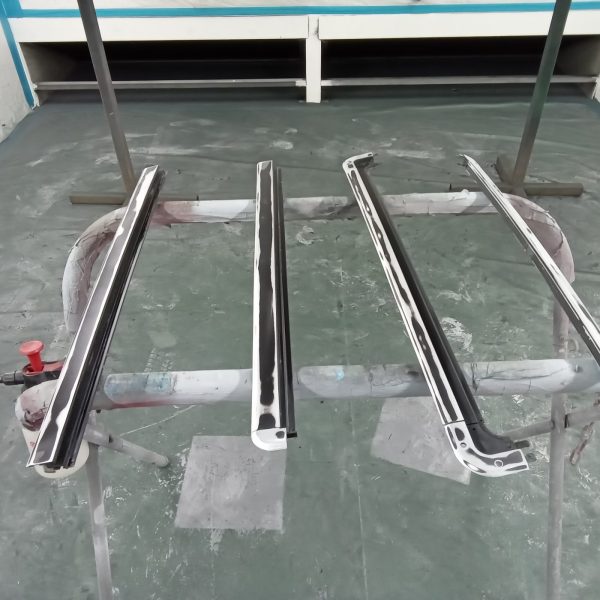
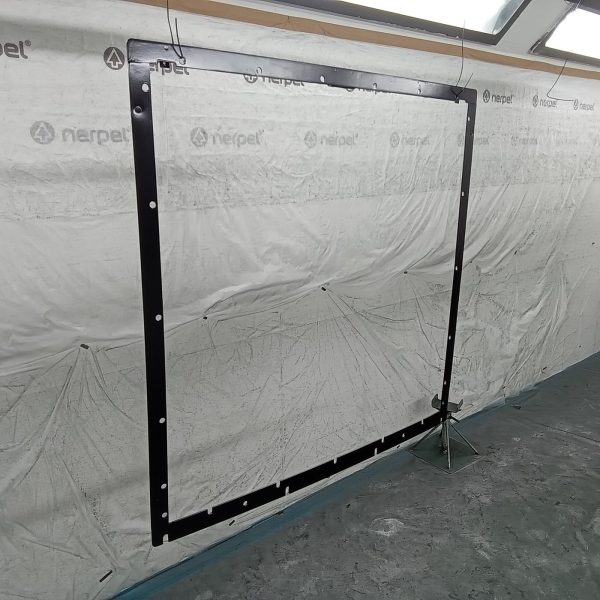
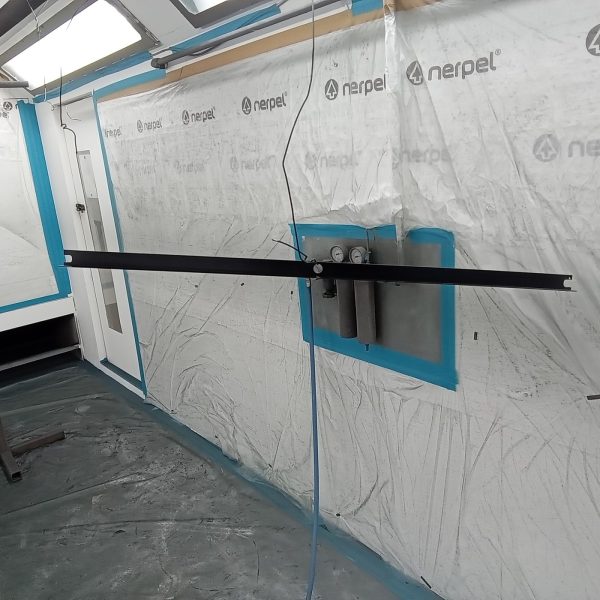




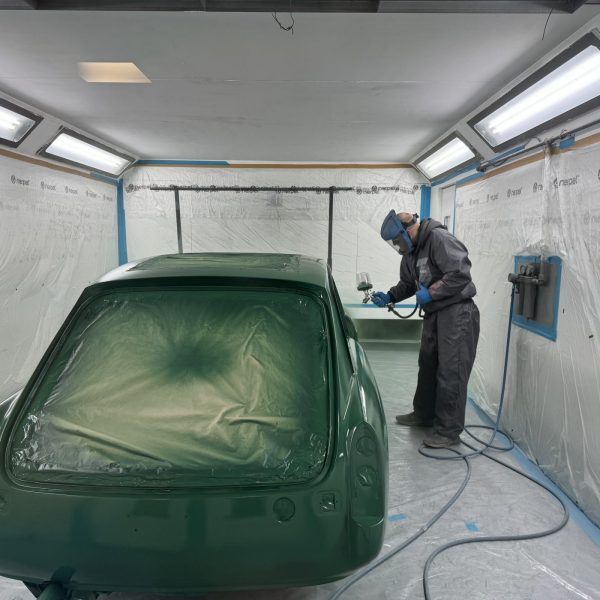
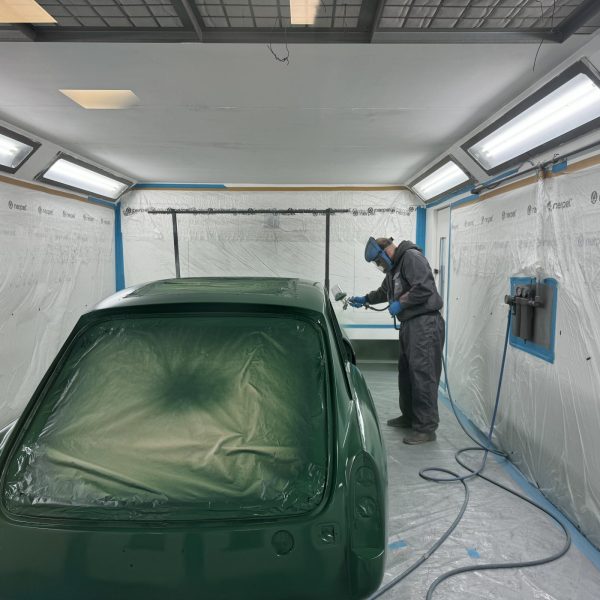
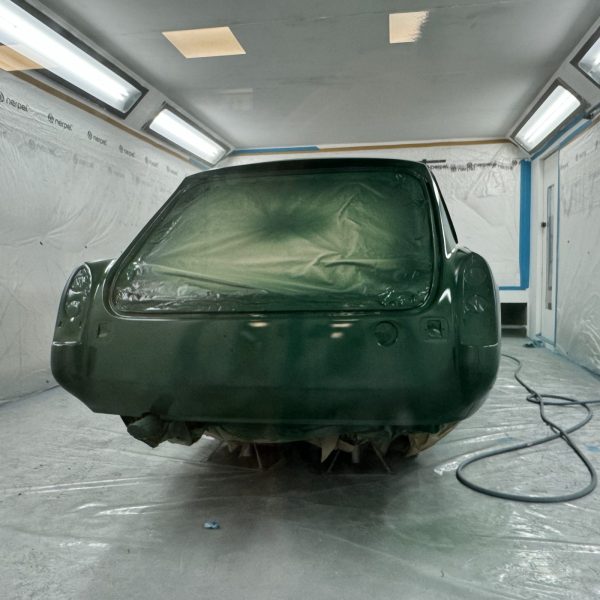
Lydia removed the interior panels of our 2010 Land Rover Defender. The roof had to be removed for some bodywork to take place and the play lining in the rear was removed so it could be covered.
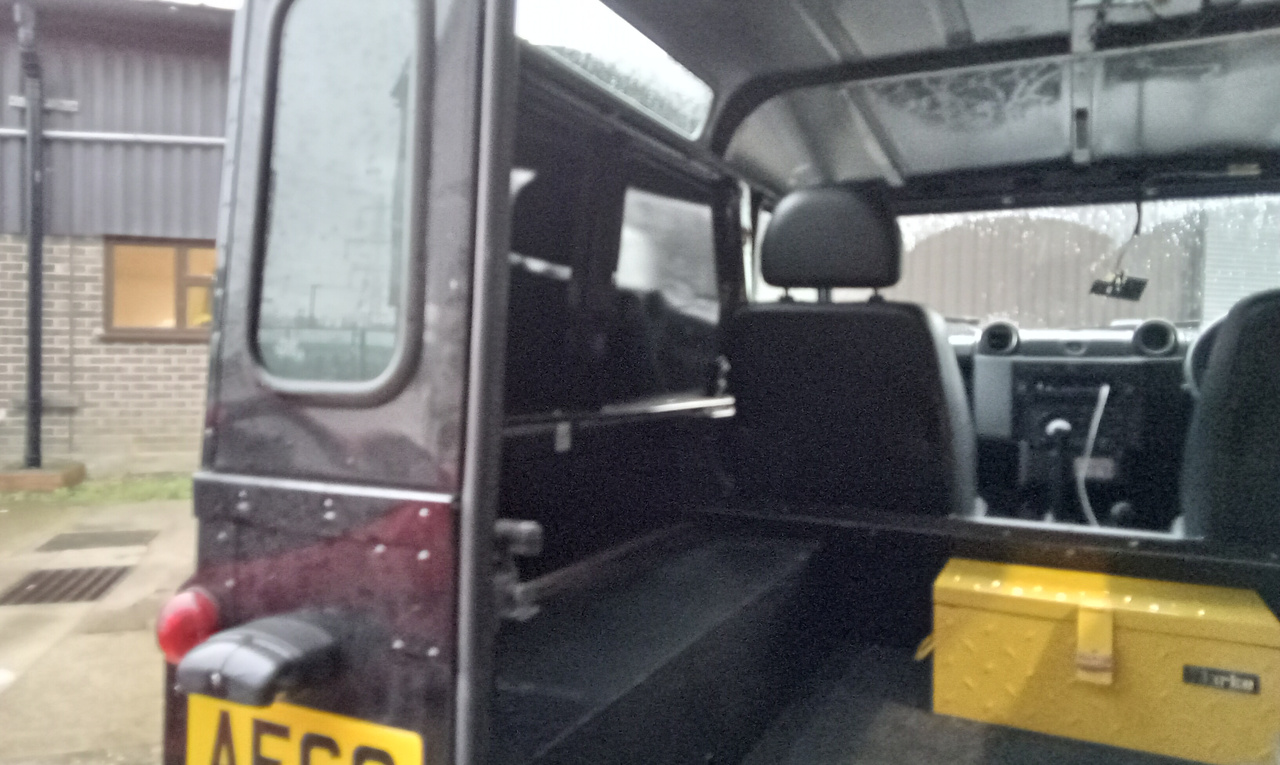
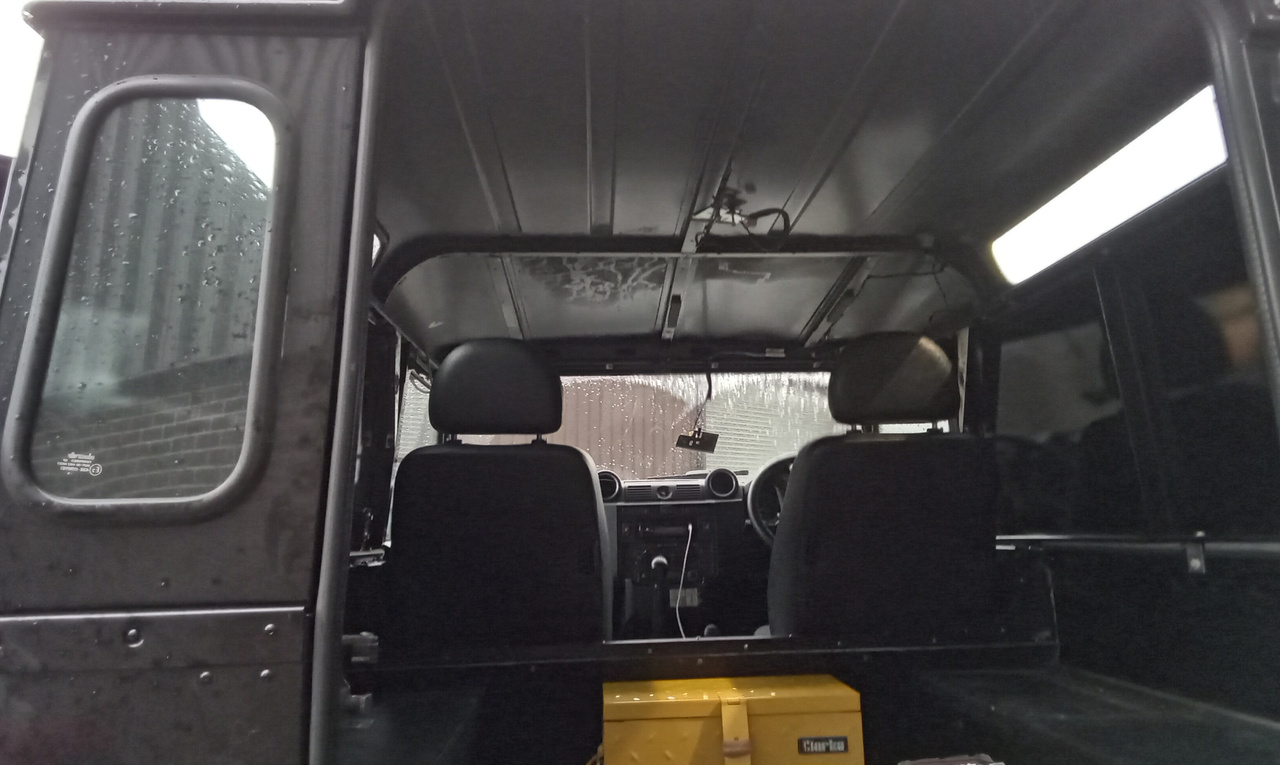
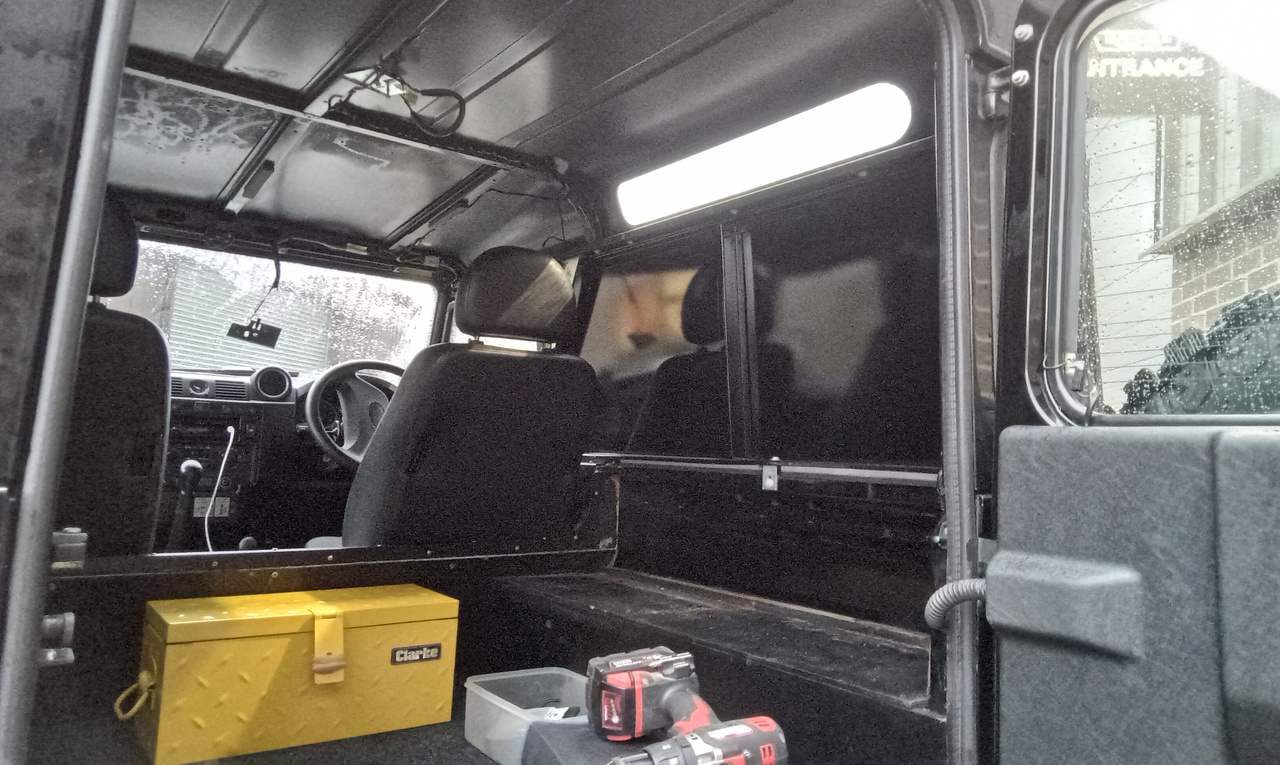
recently, Lydia spent some time stripping the headlining and internal parts off the hard top for our 1978 Triumph Stag.
Firstly, she removed all rubber pieces that she could, to expose the metal strips holding back the headlining. Then she had to drill out the rivets and remove the strips.
Next, Lydia prized the edge of the headlining away , pulled out the roof bars, and was able to pull out the headlining piece.
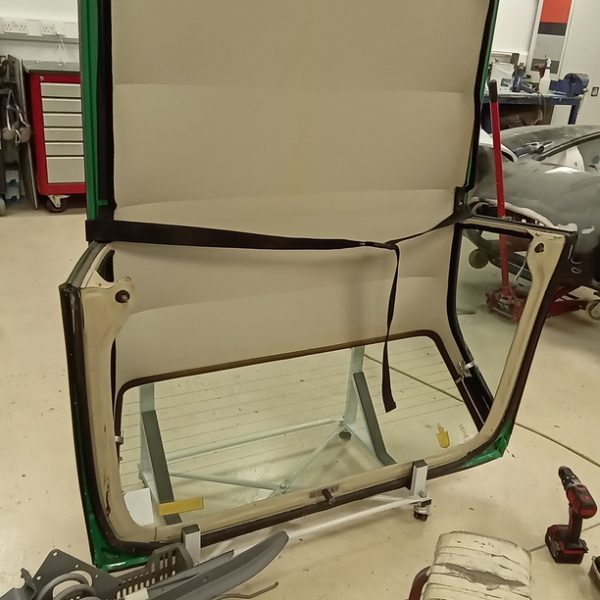
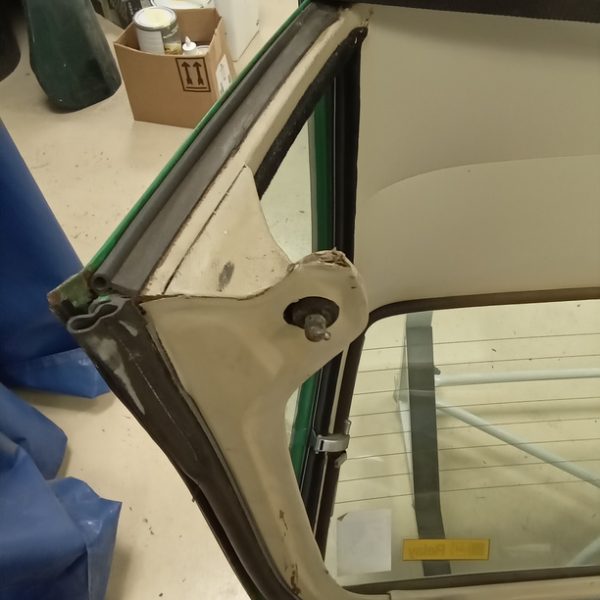

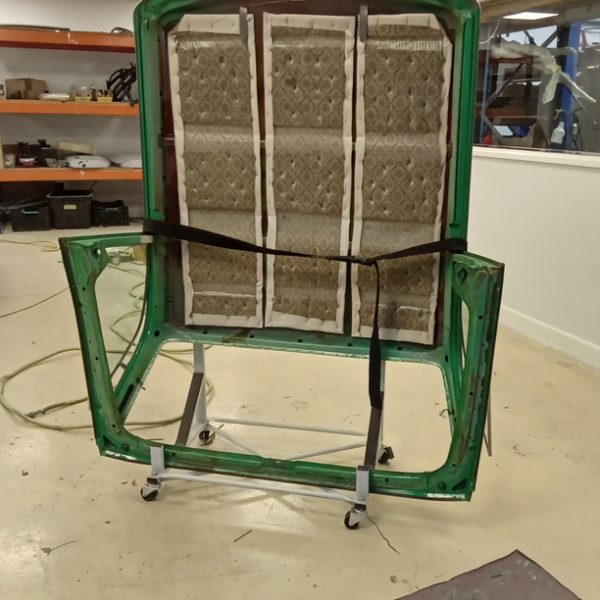
Lucky winner, Mike Bartlett, was delighted when he accepted the delivery of his 1968 Morris 1000 Pickup.
After being drawn as the winner on the last live draw of 2023, Mike, with ticket number 4032, won this stunning pickup as well as having £1000 transferred to his bank in time for Christmas.
Everyone here at Bridge Classic Cars would like to congratulate Mike again and we hope he enjoys his very own festive classic.


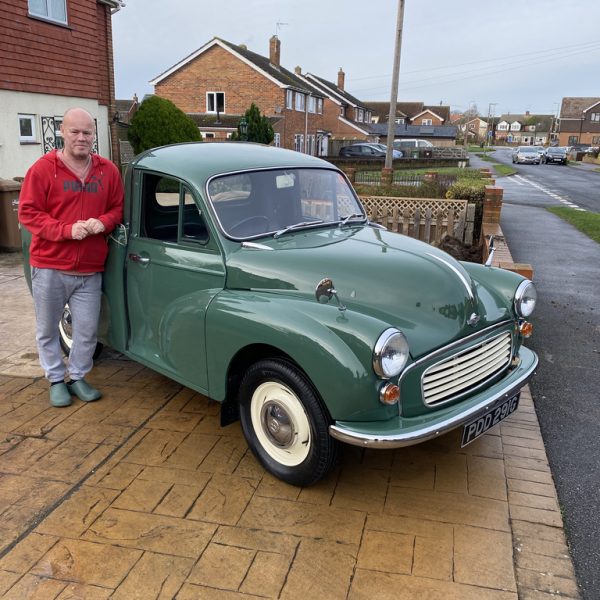
Last week, James started to strip the running gear down of our 1953 Aston Martin DB2/4 for refurbishment. The axles have been broken down into component parts ready for blasting/cleaning and then painting, any worn or damaged parts have been located and will be replaced on re-assembly. The brake and clutch pedal unit has also been stripped and will be refurbished ready for when the chassis is back so the rebuild can start.
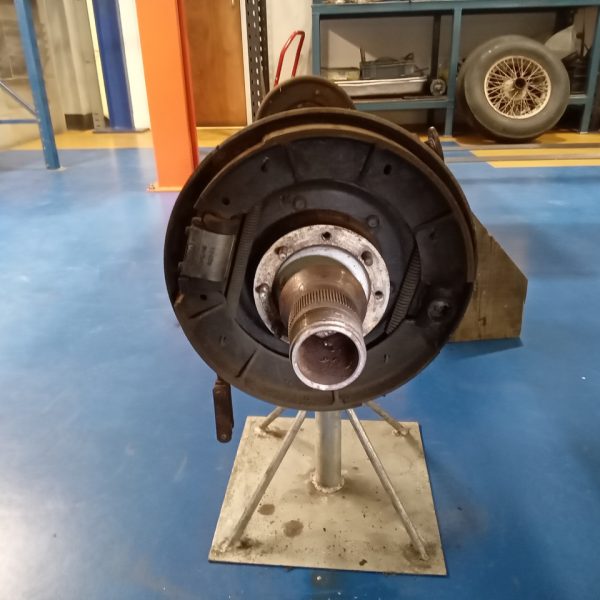
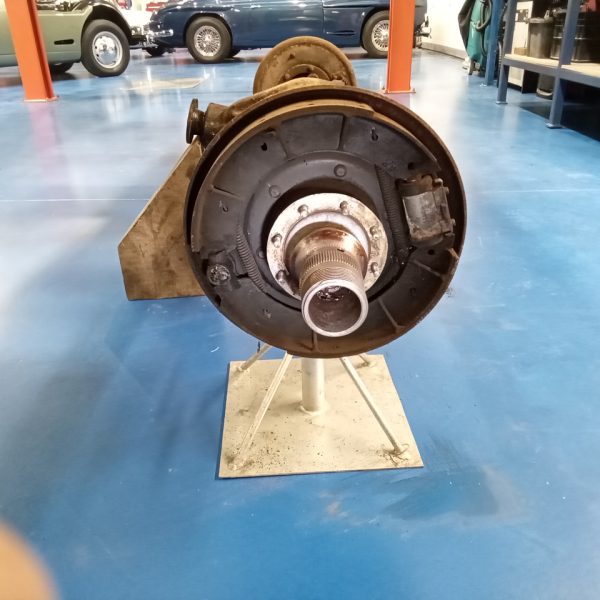
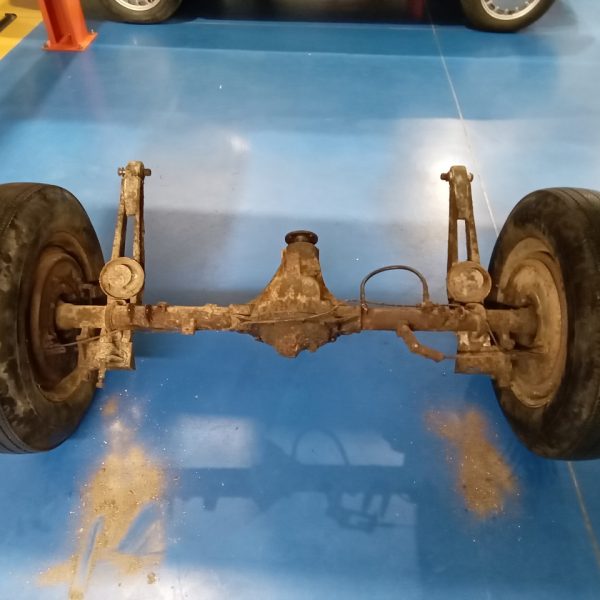


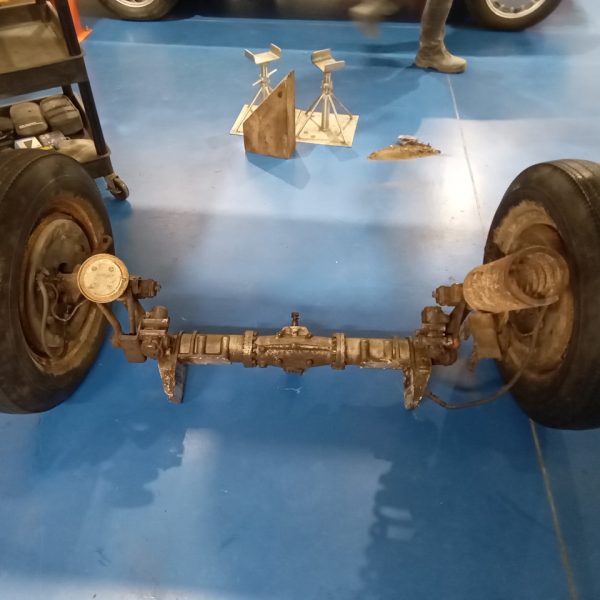

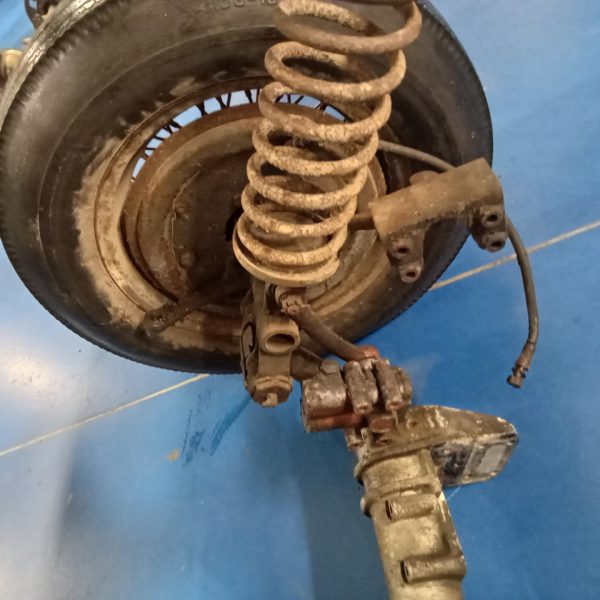


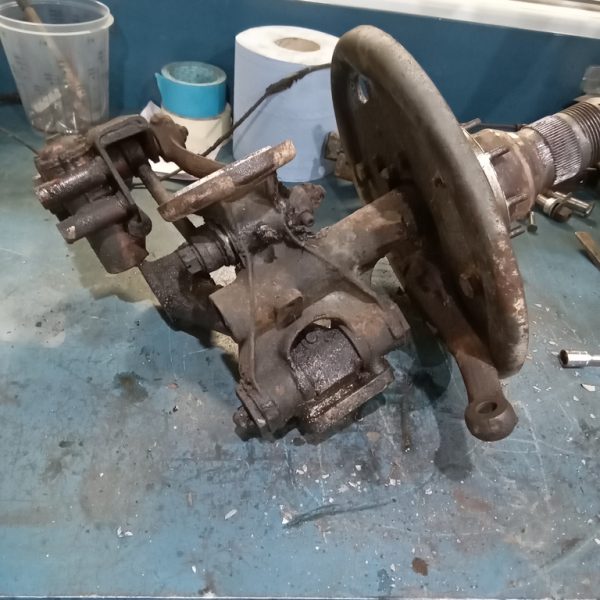


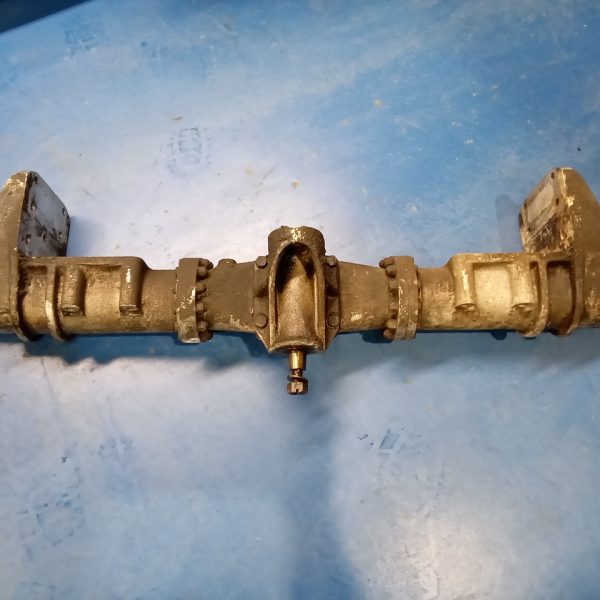
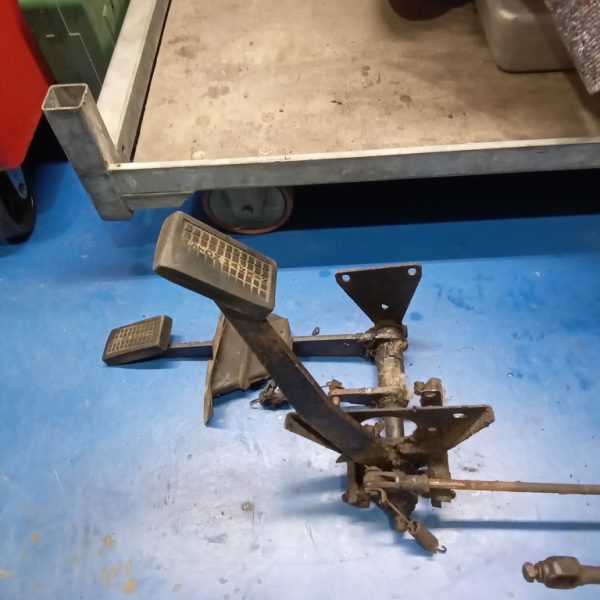

Bridge Classic Cars are award winning Classic Car Restoration and Maintenance specialists. Your pride and joy is in safe hands with our expert Classic Car Technicians. Take a look at our awards here.
Leave a Reply